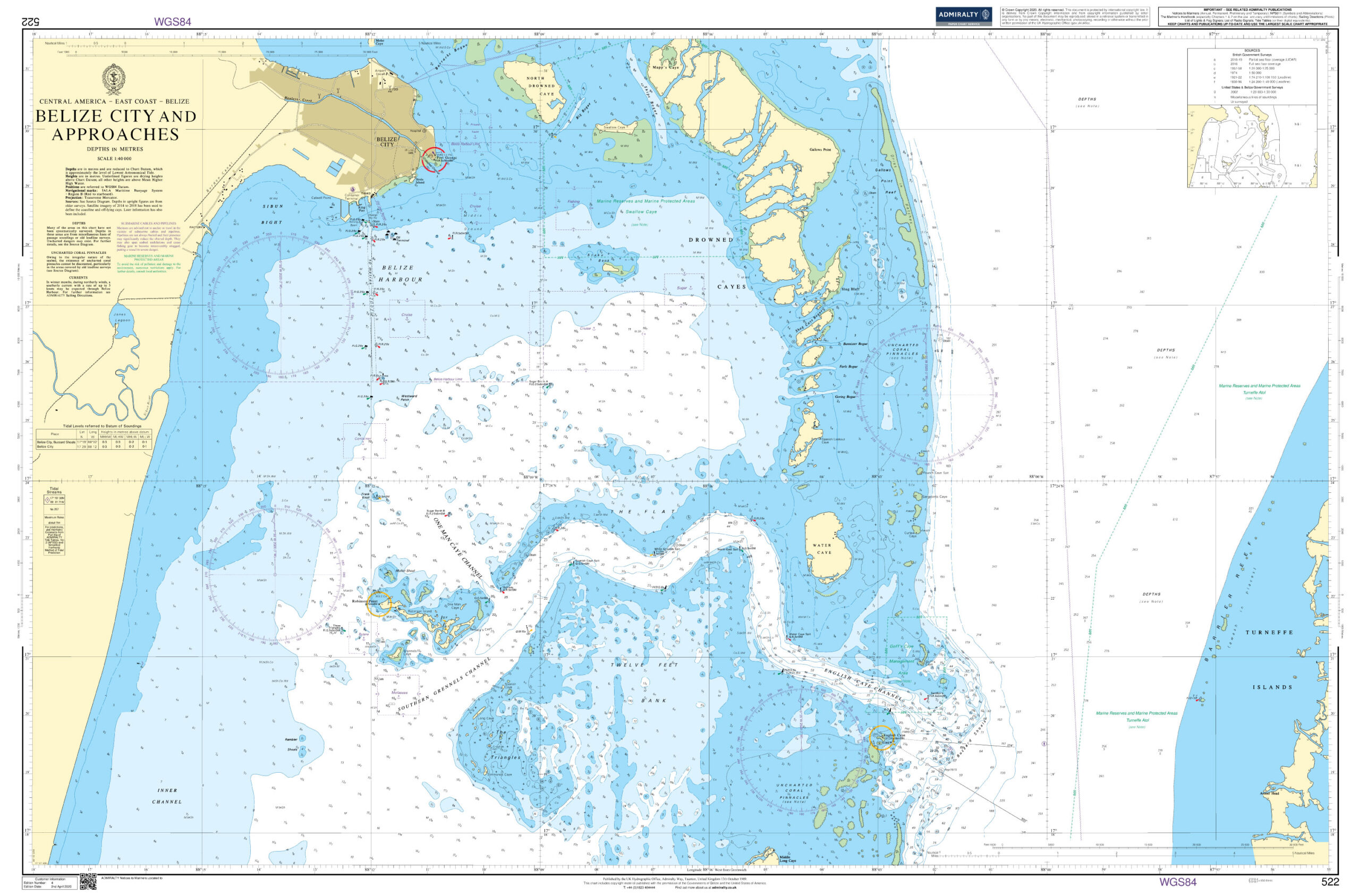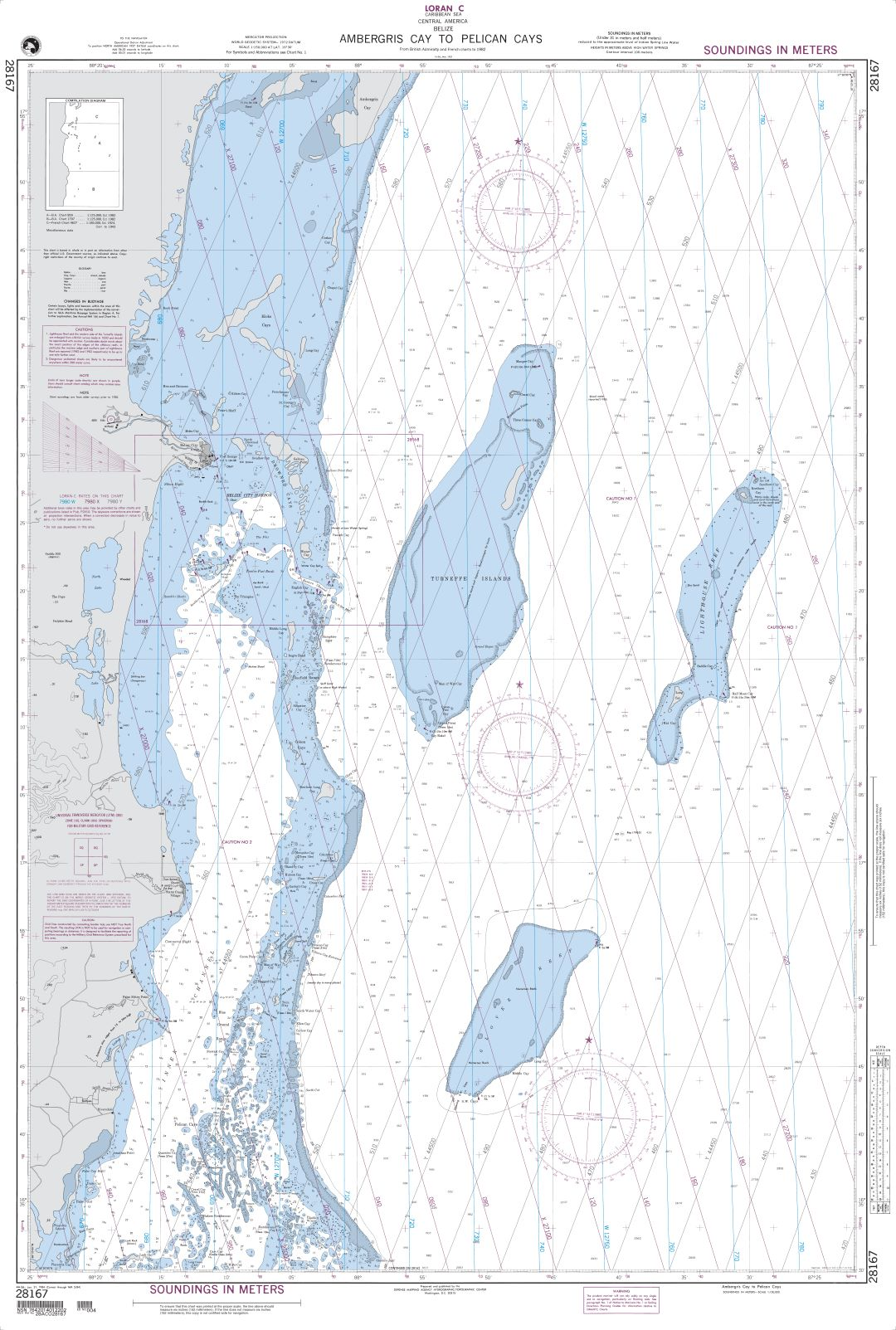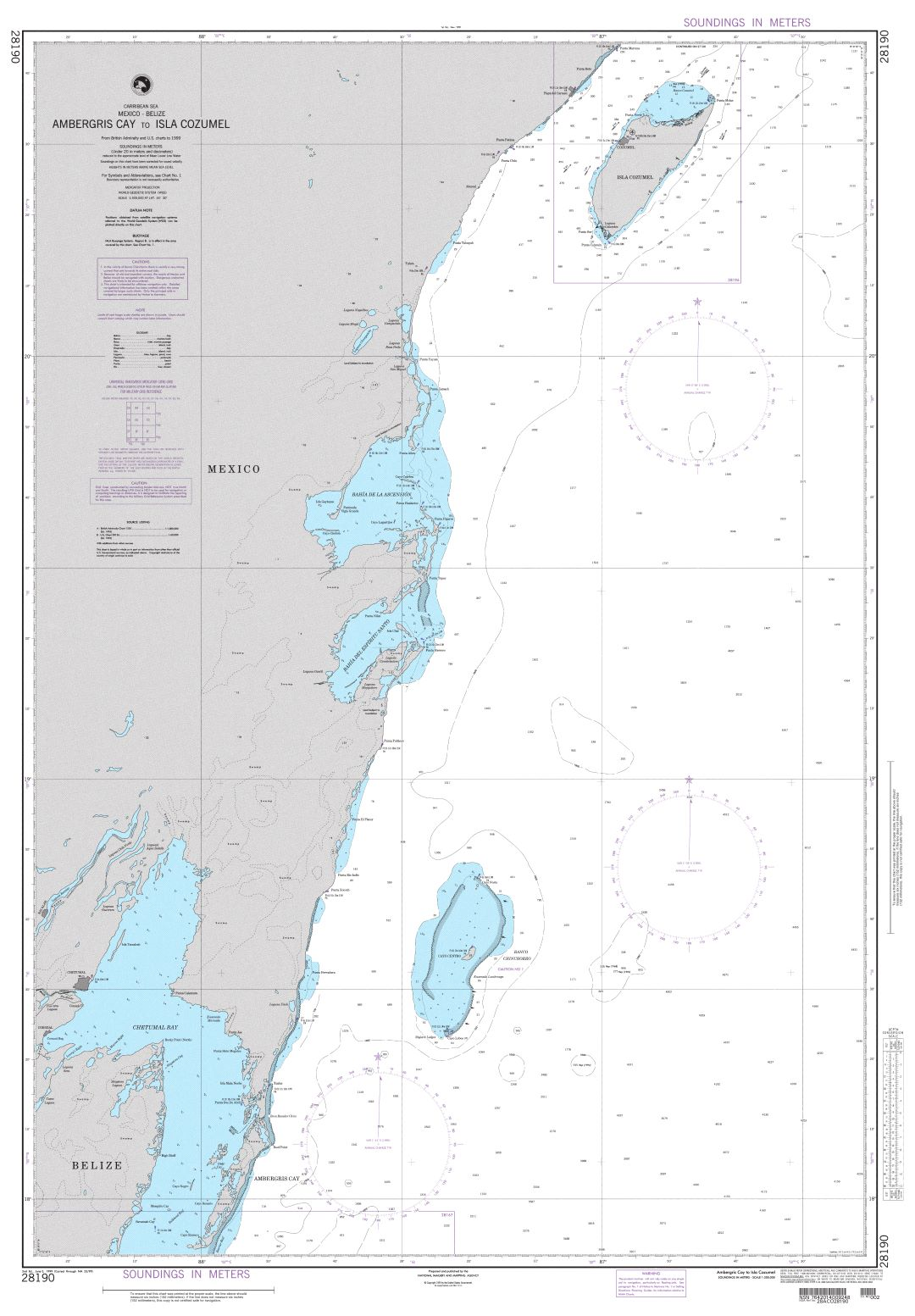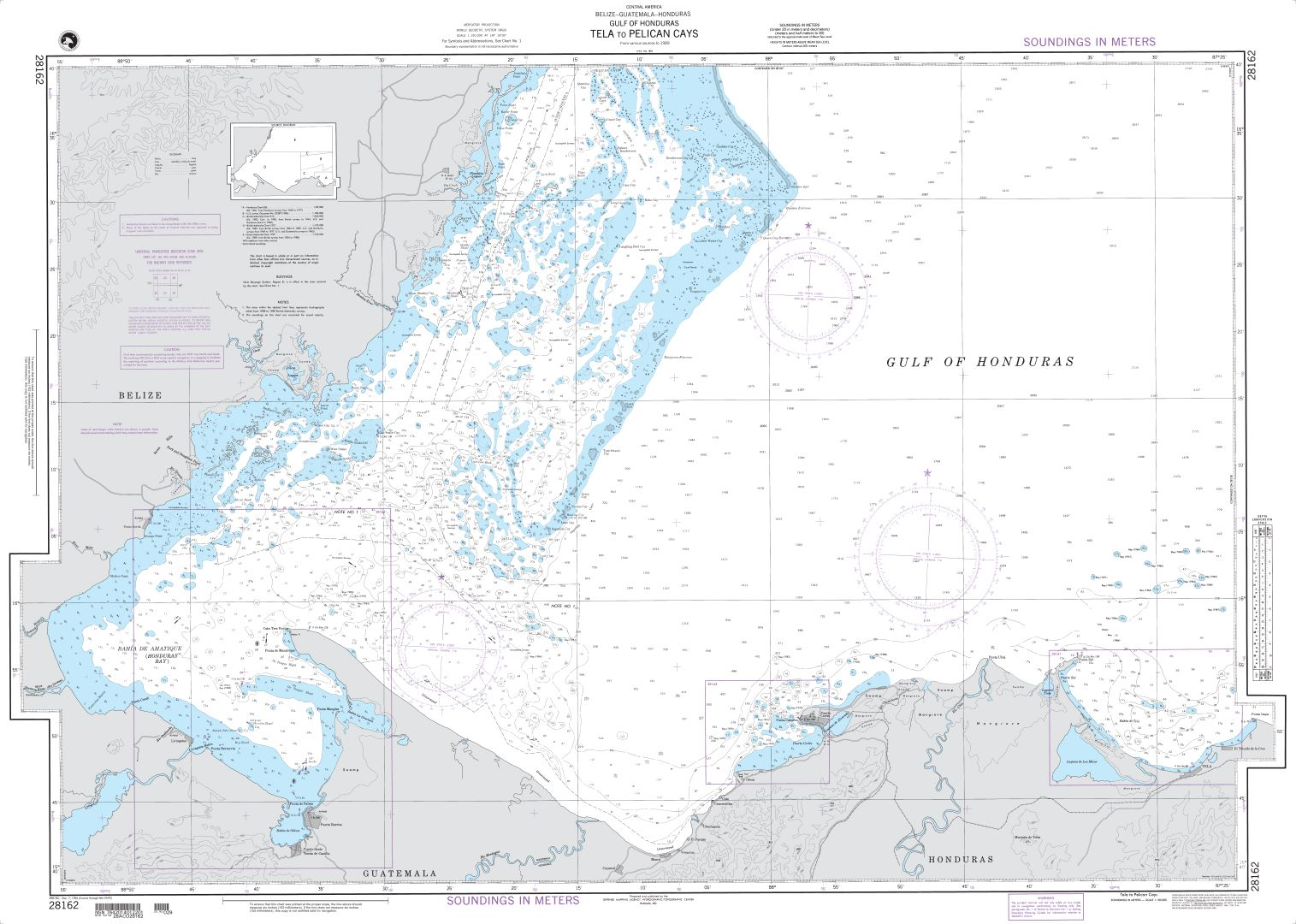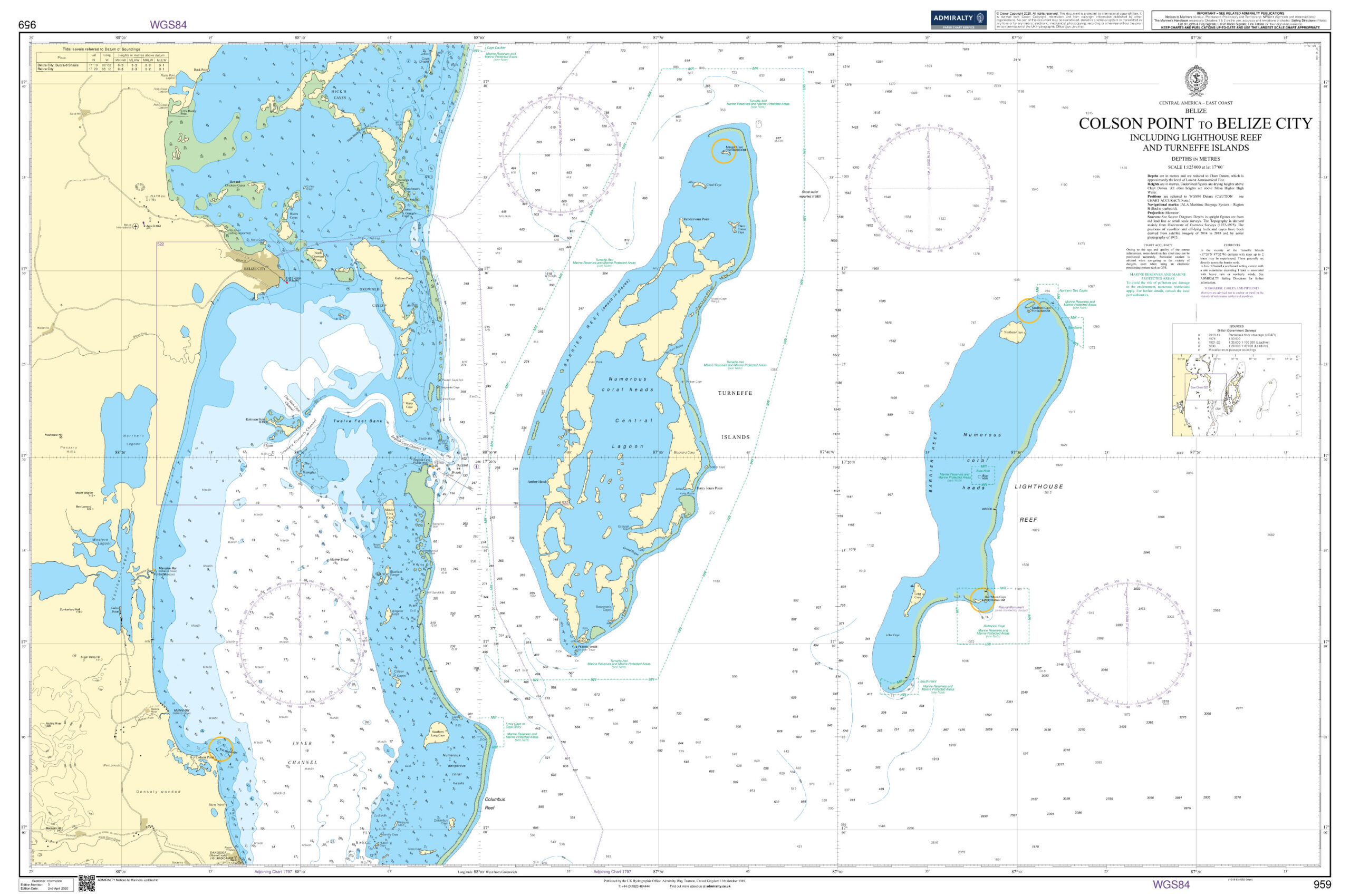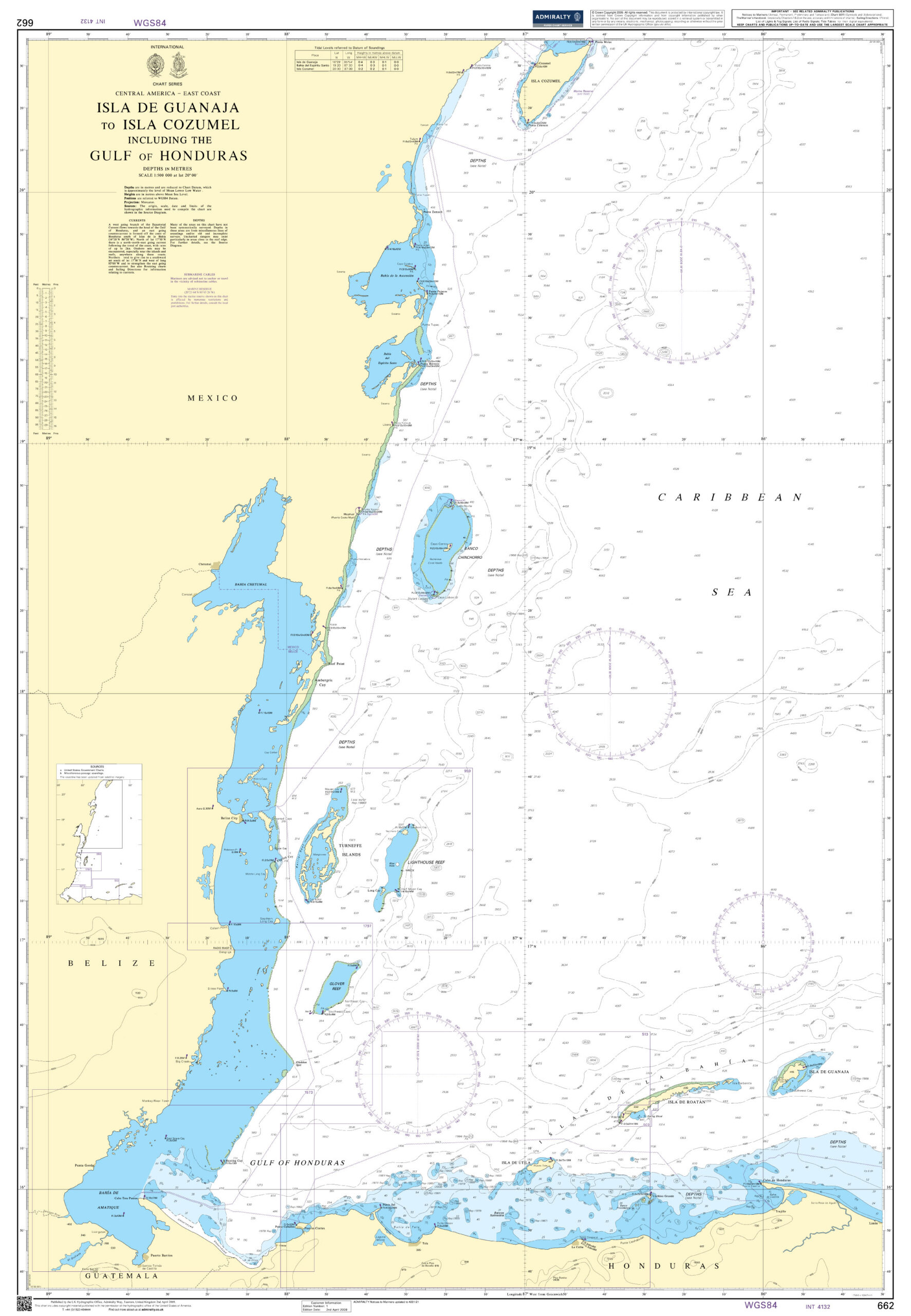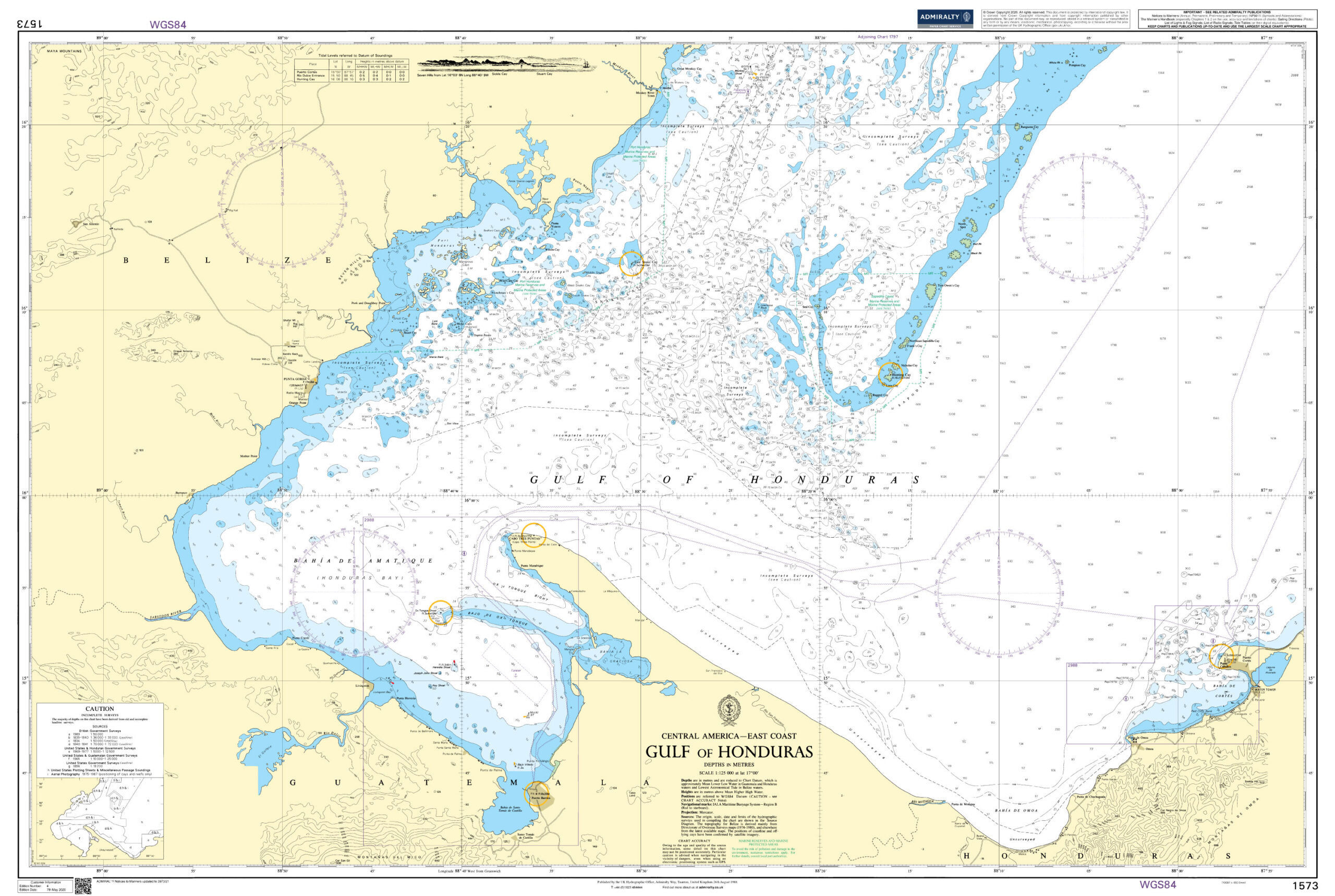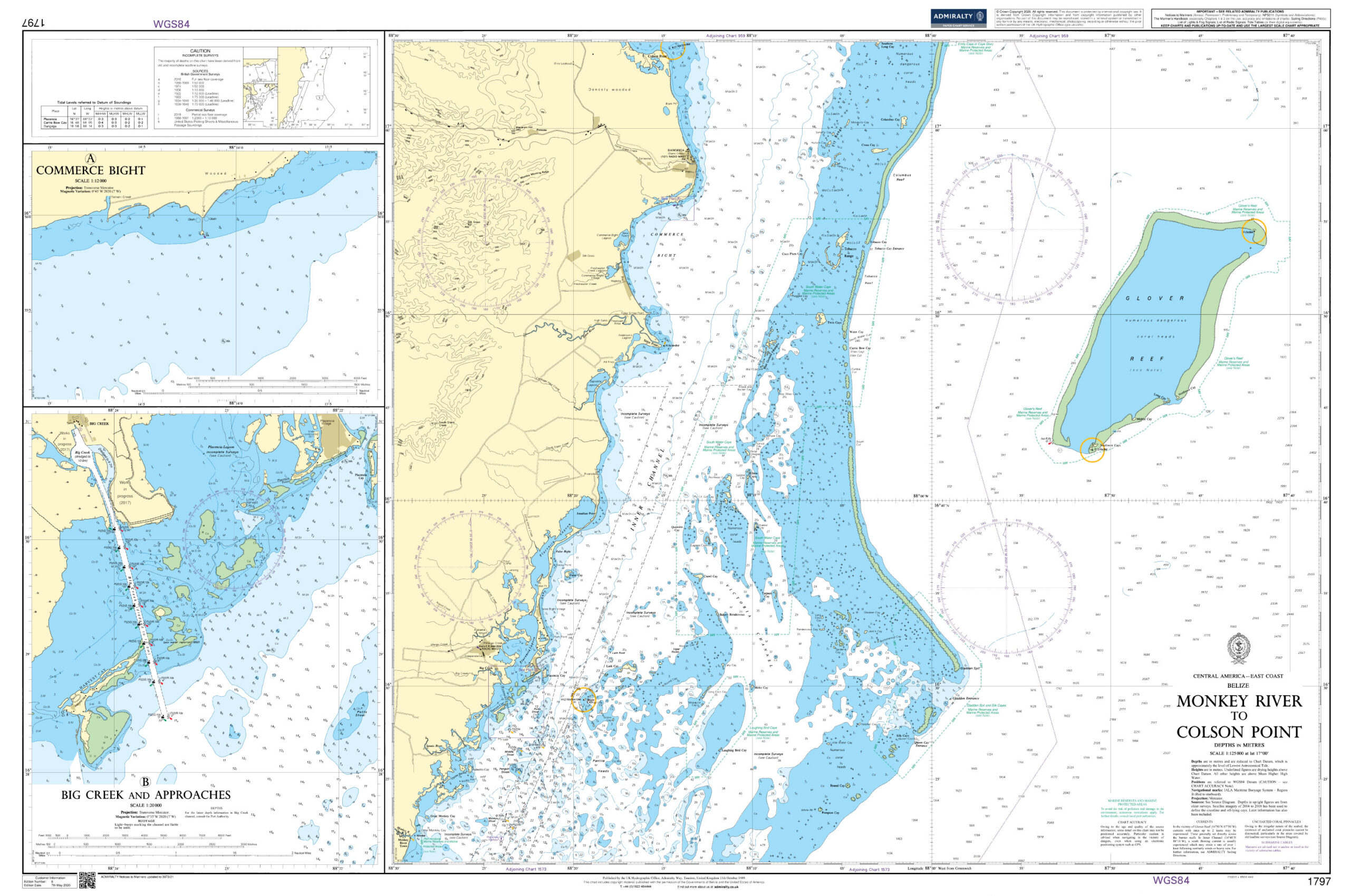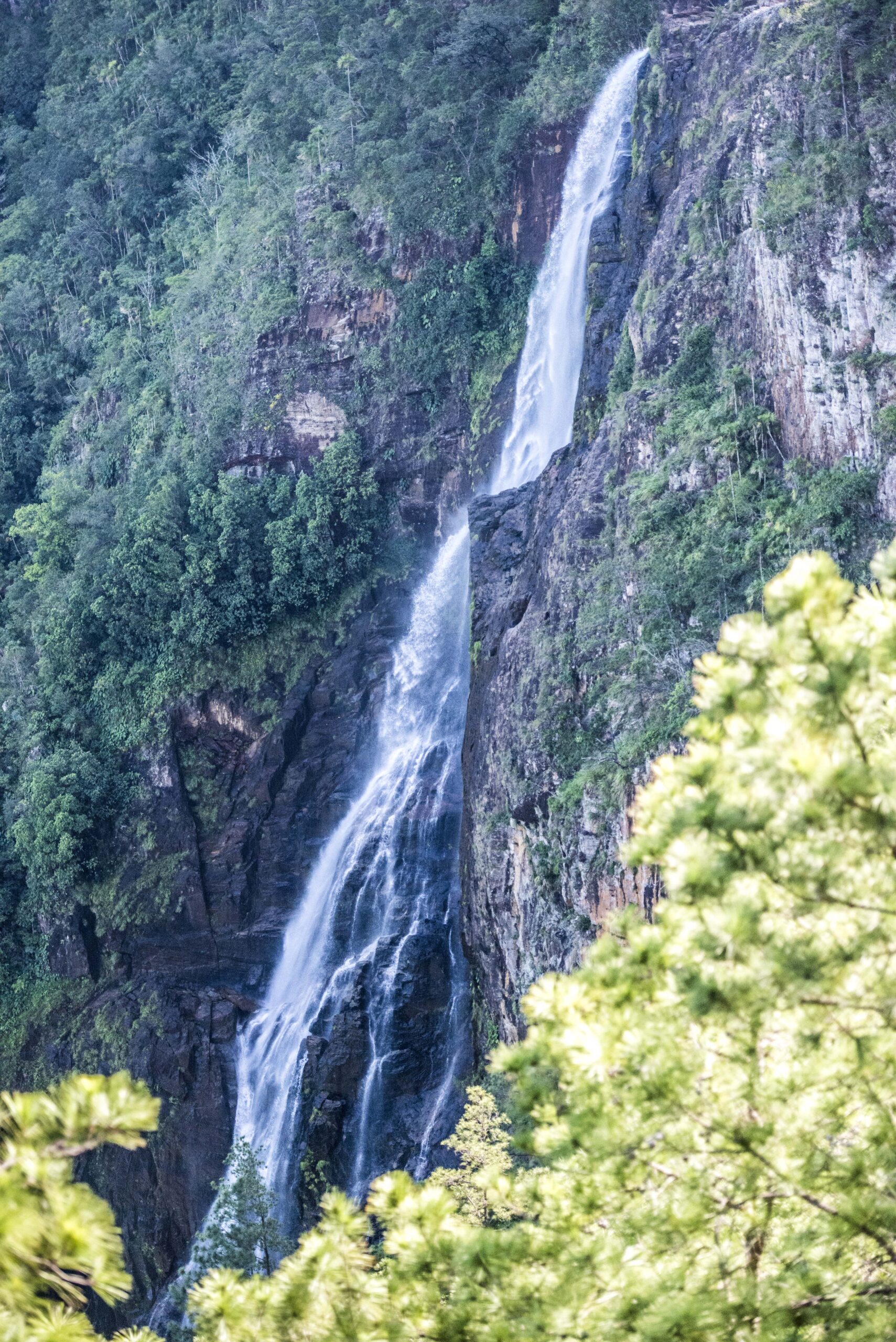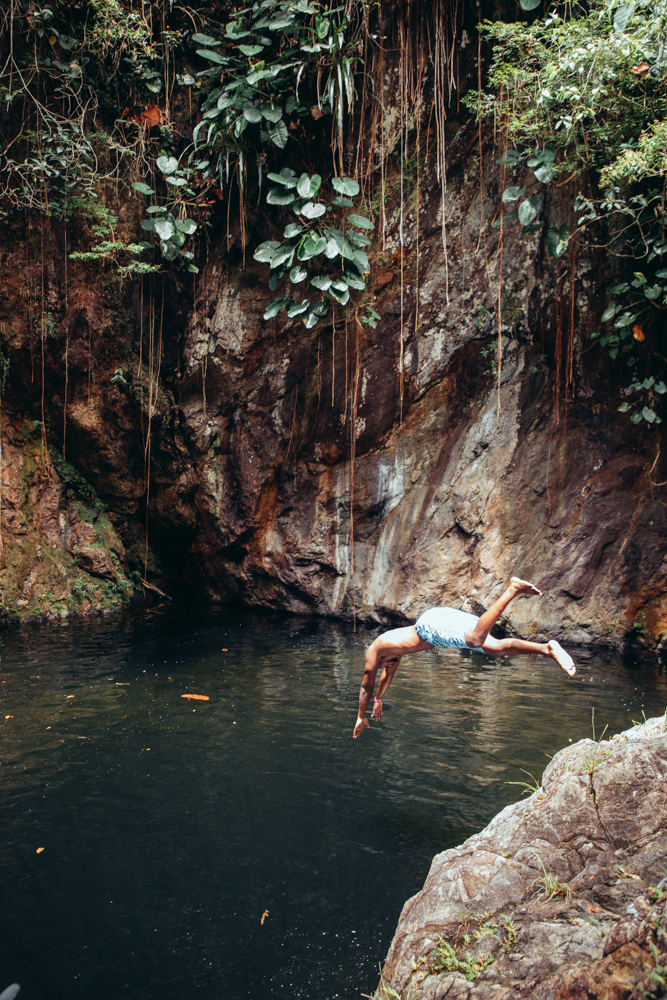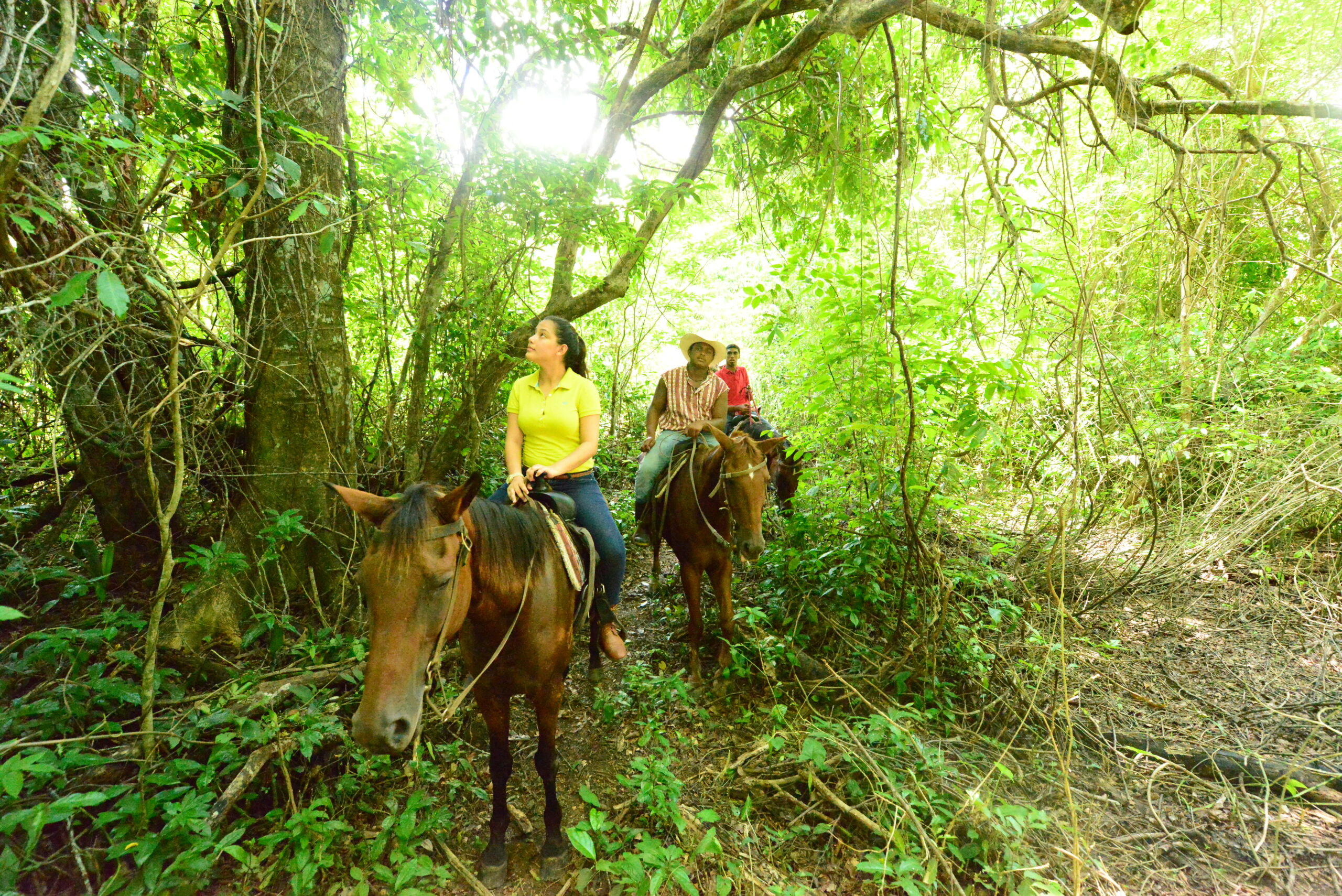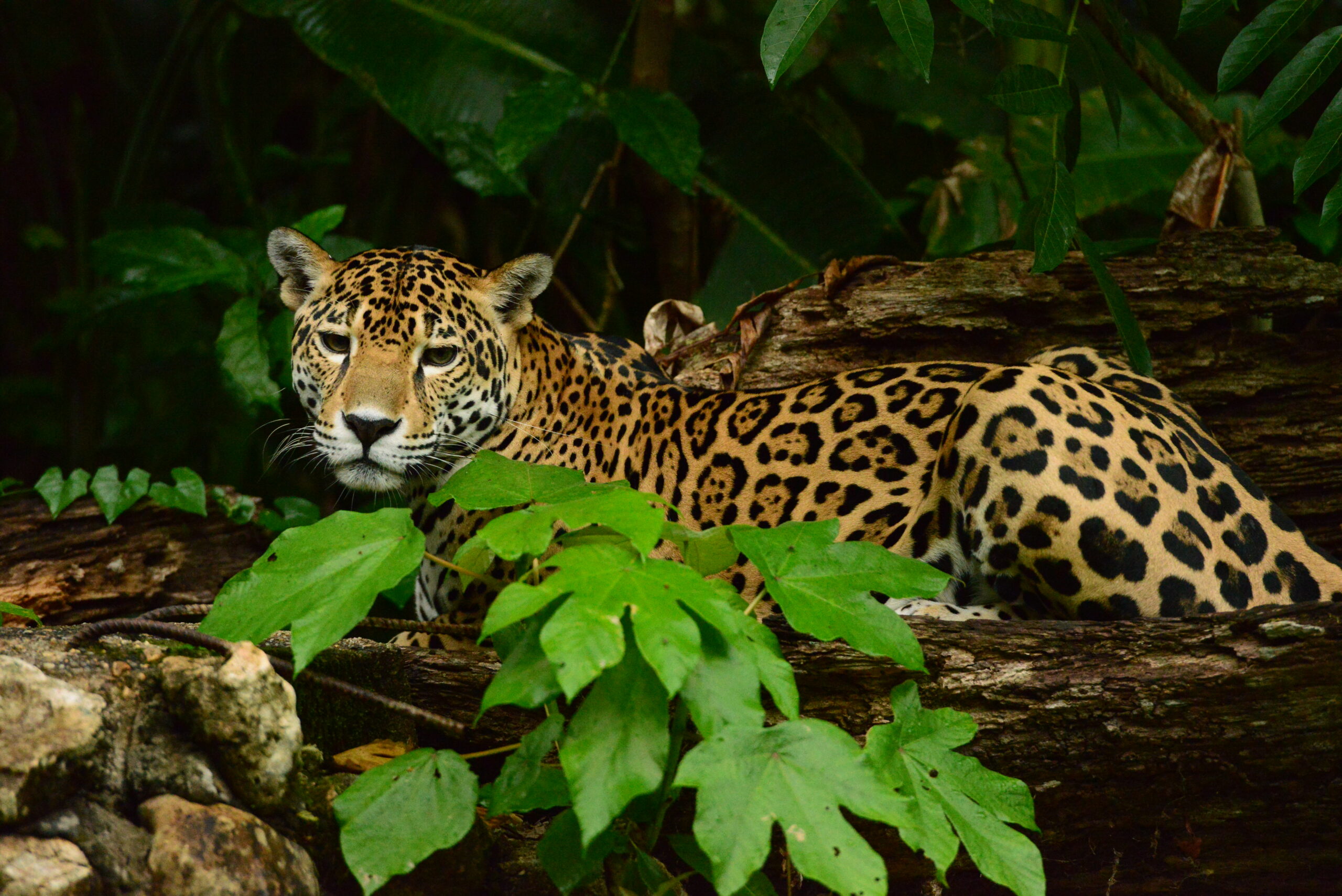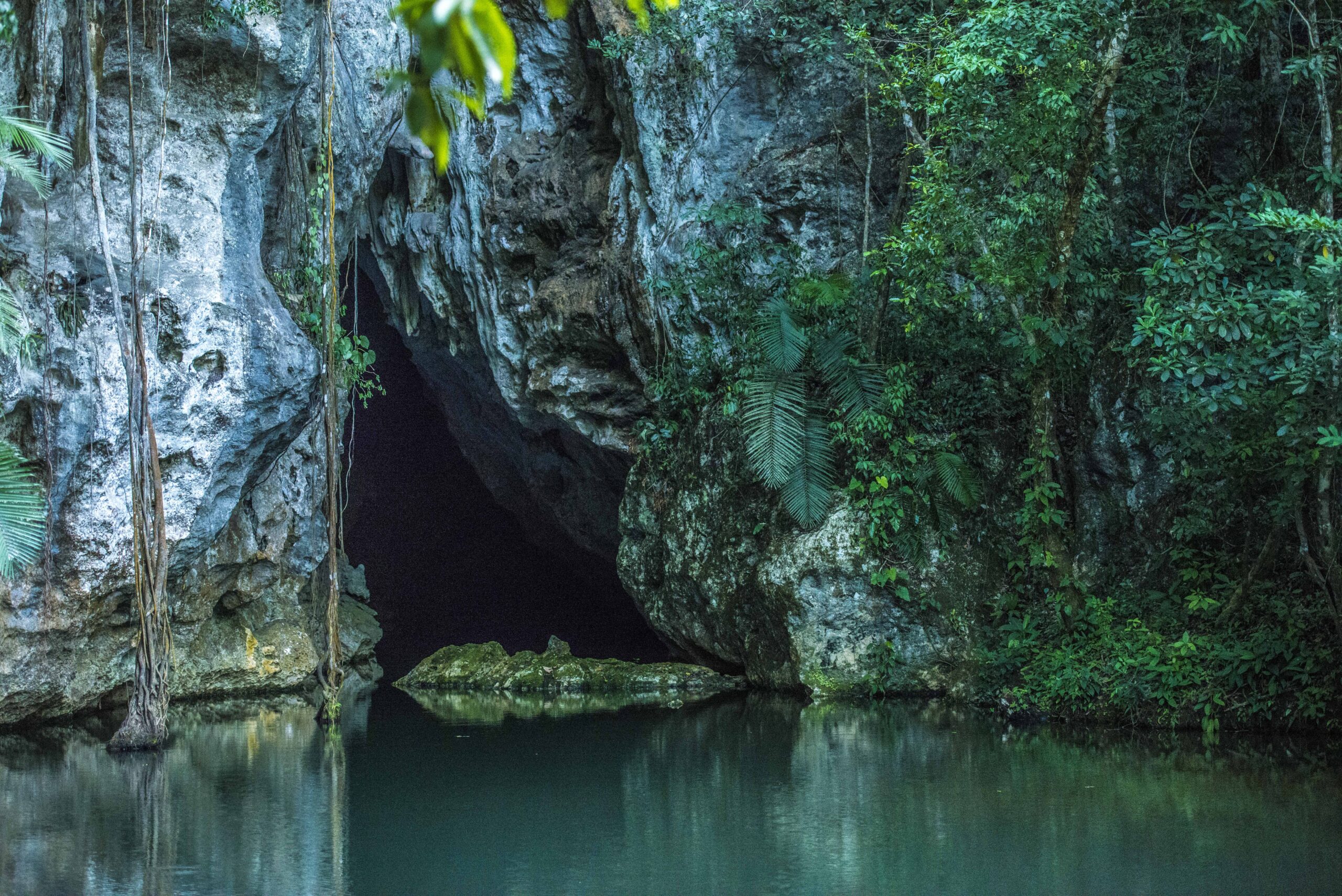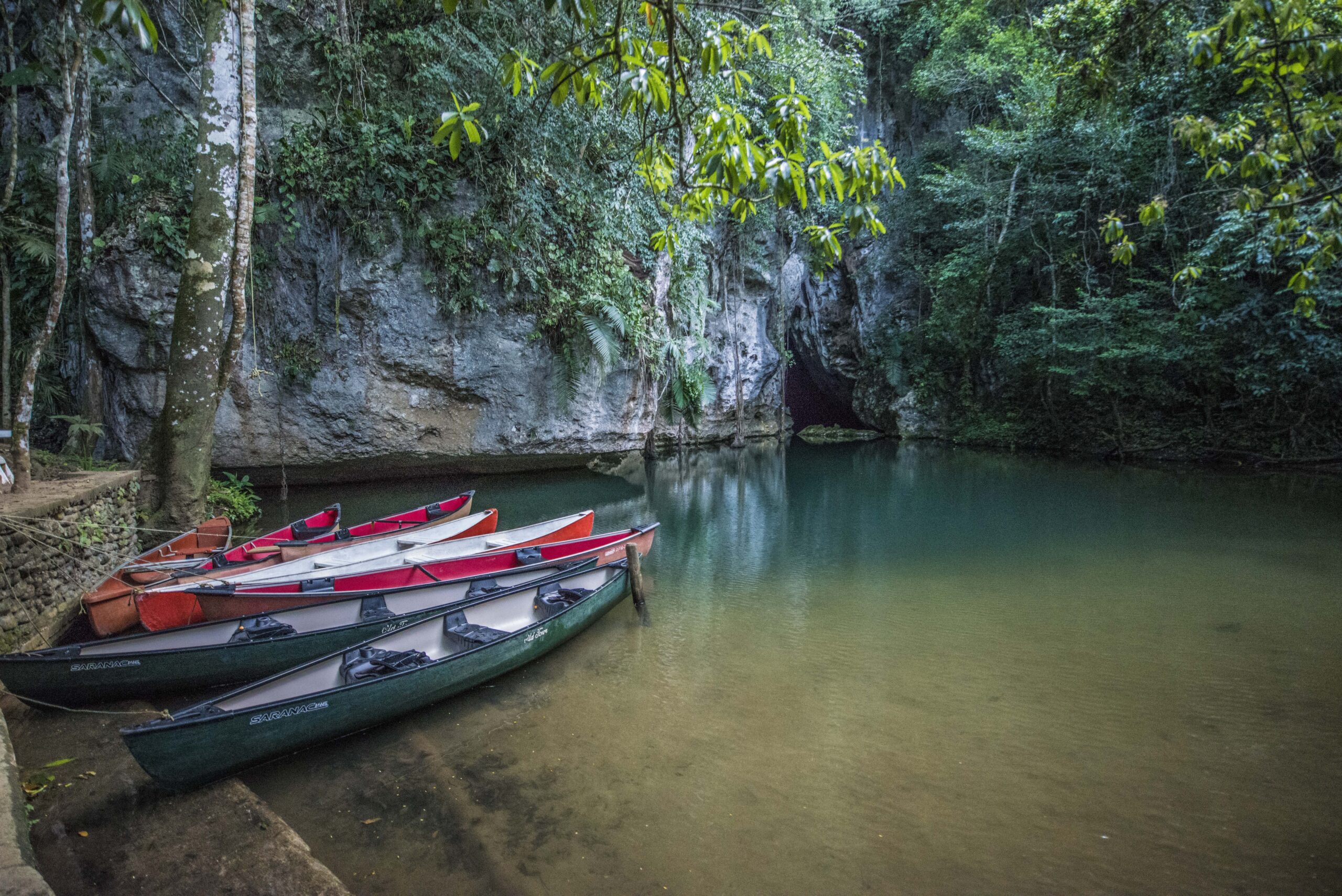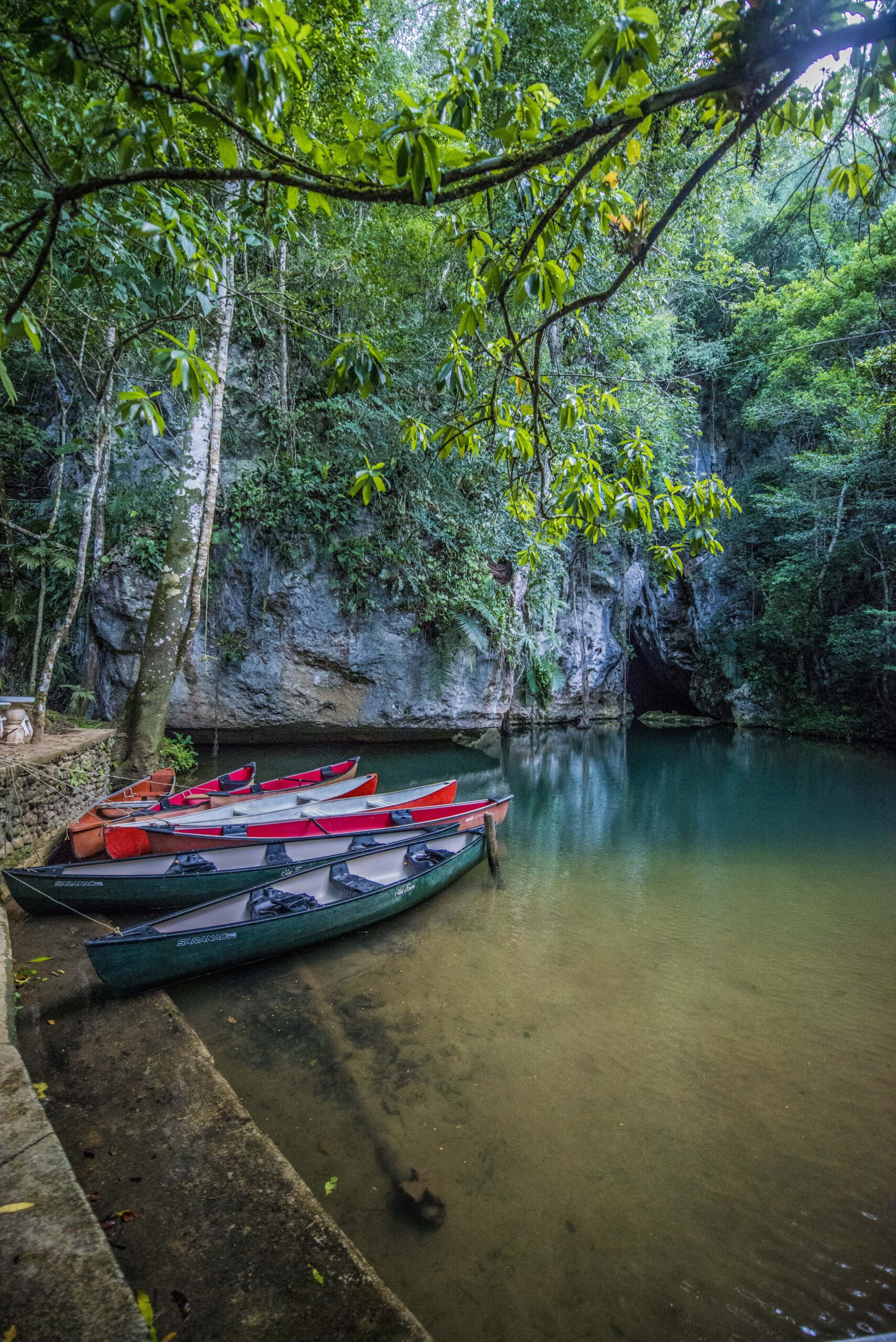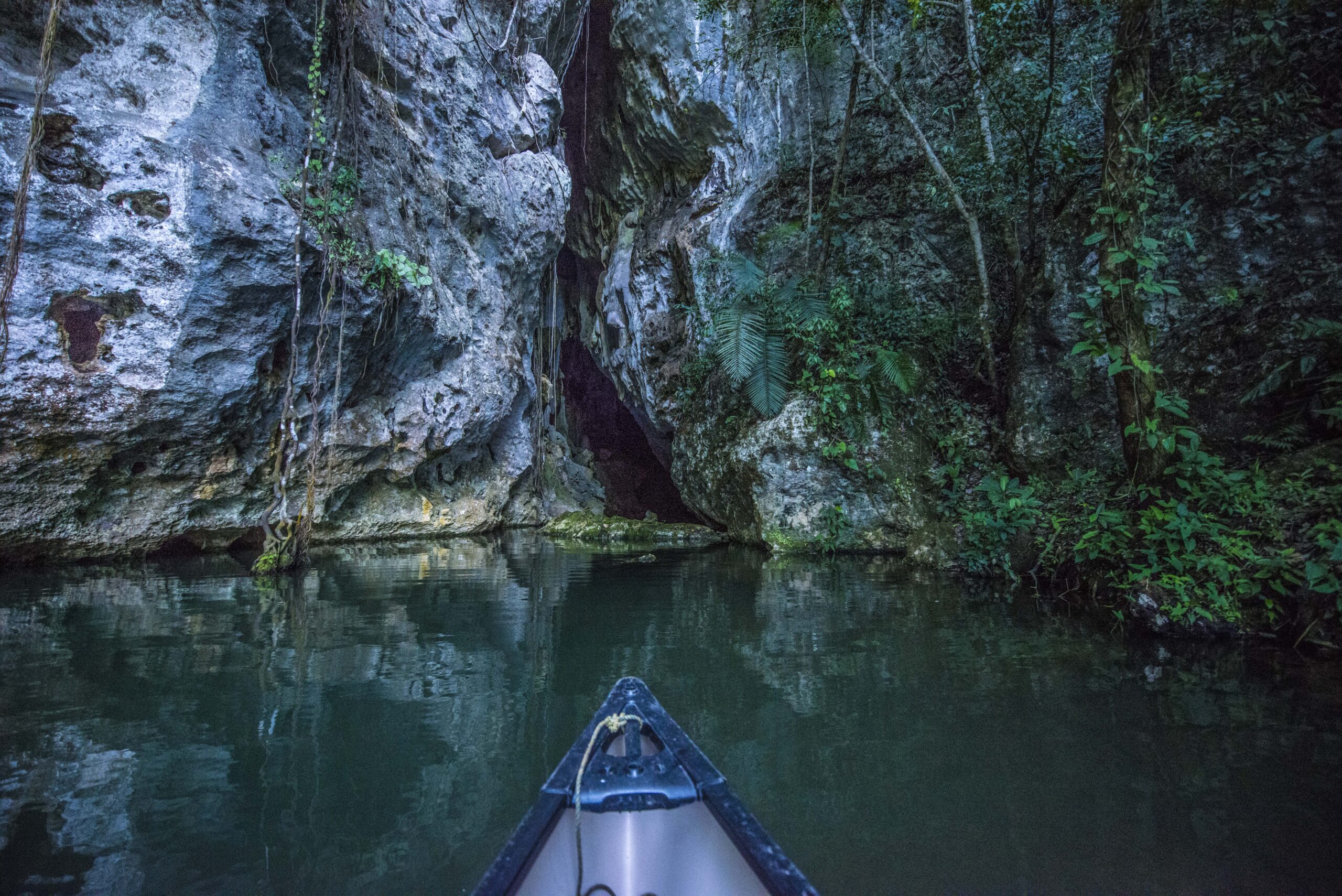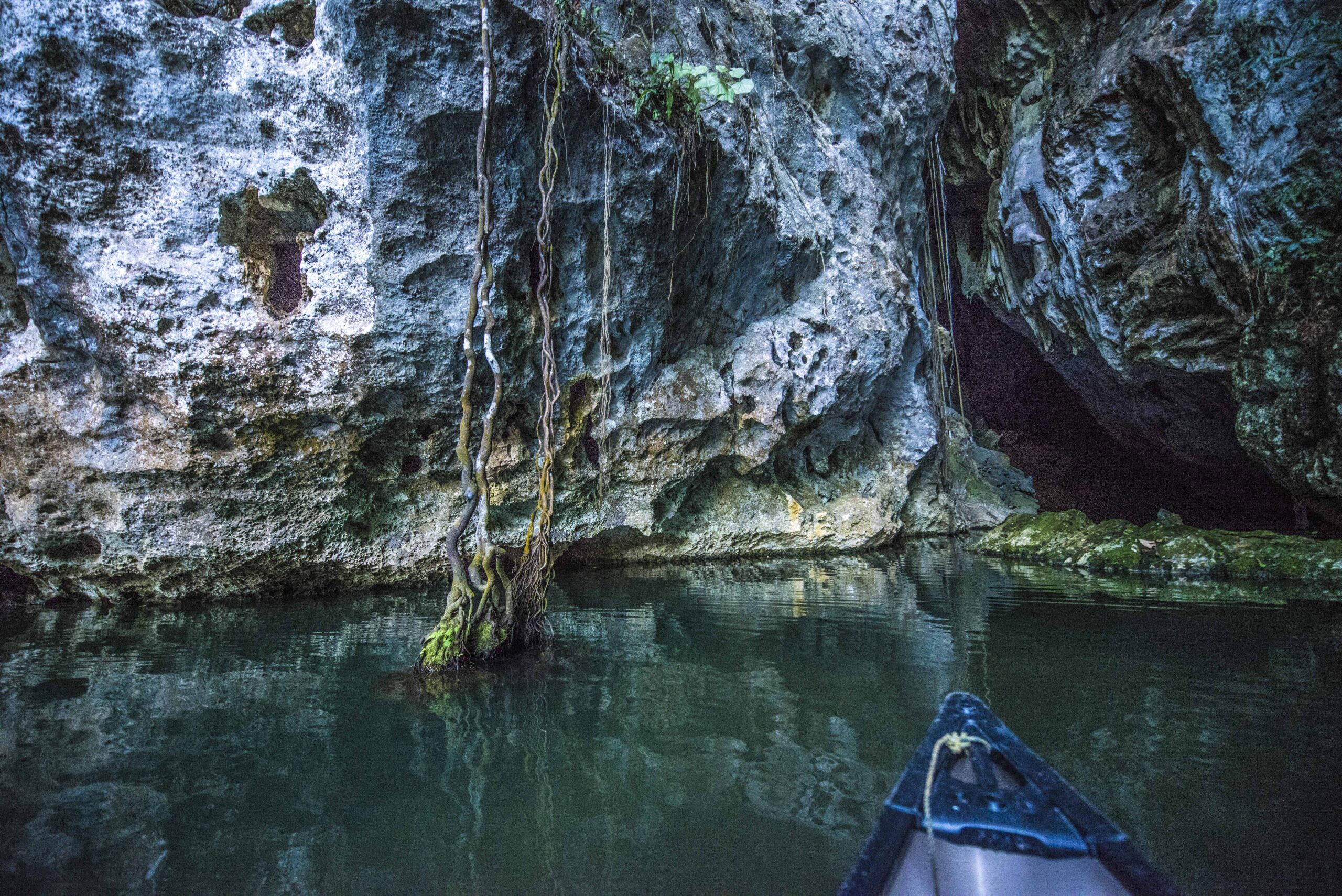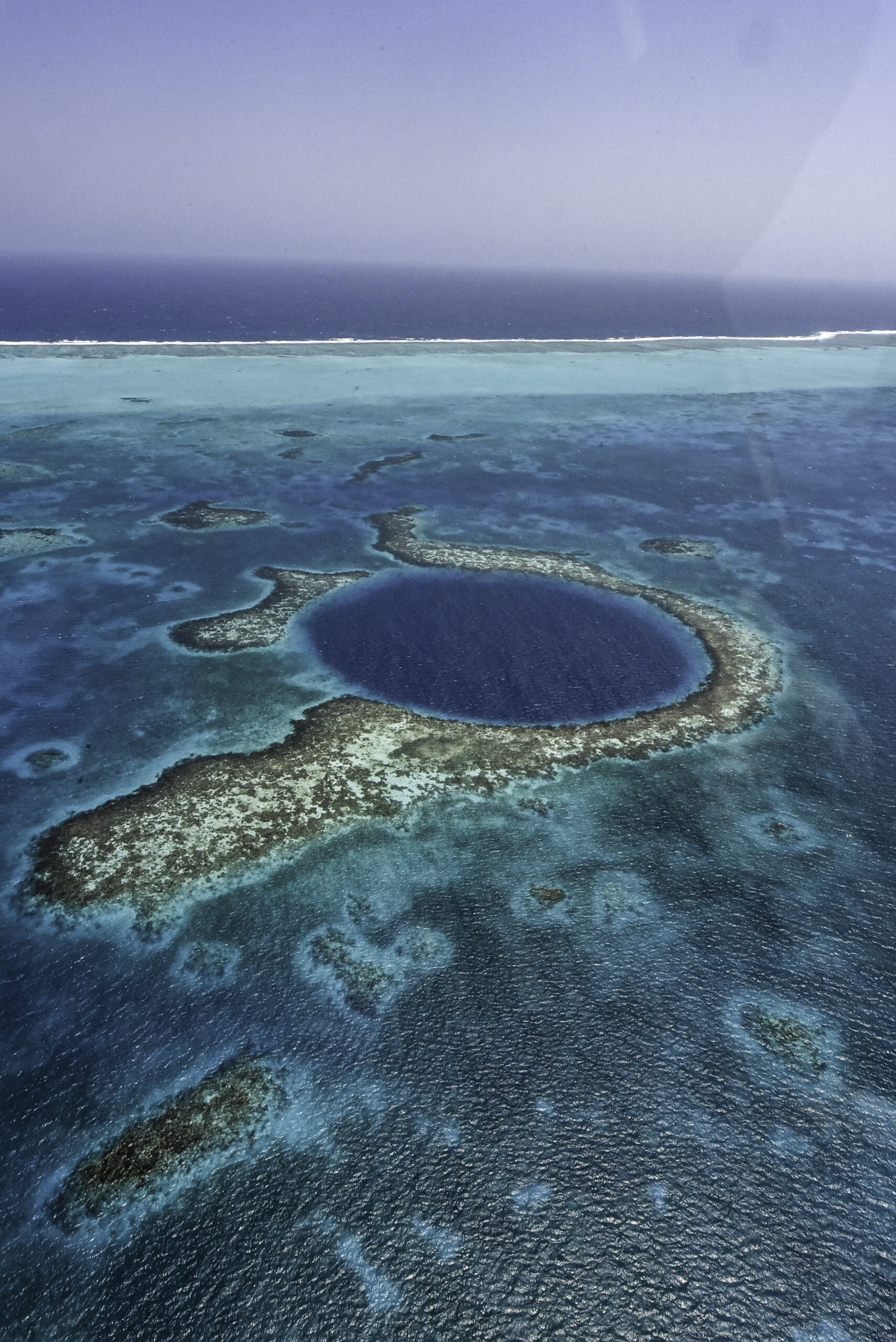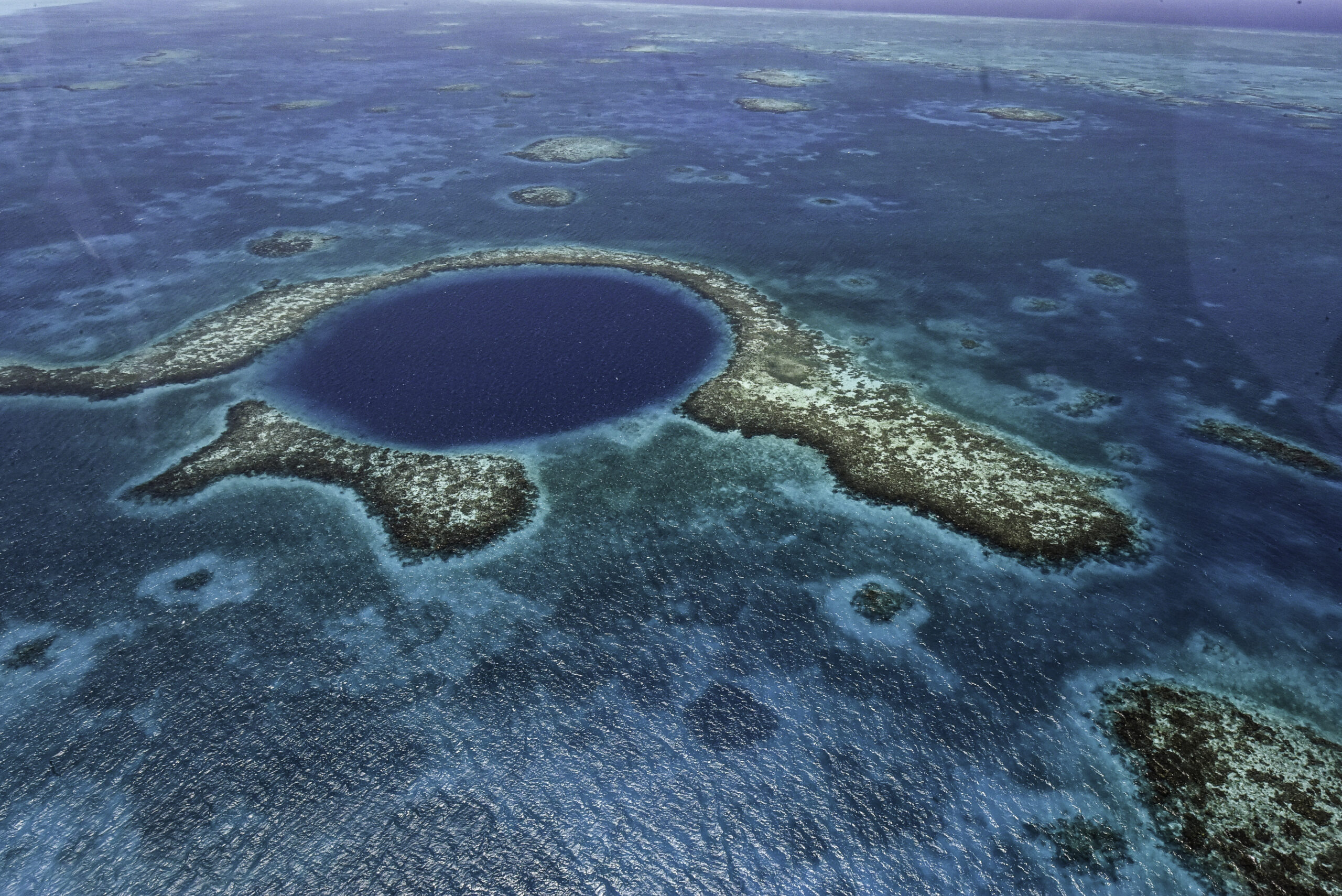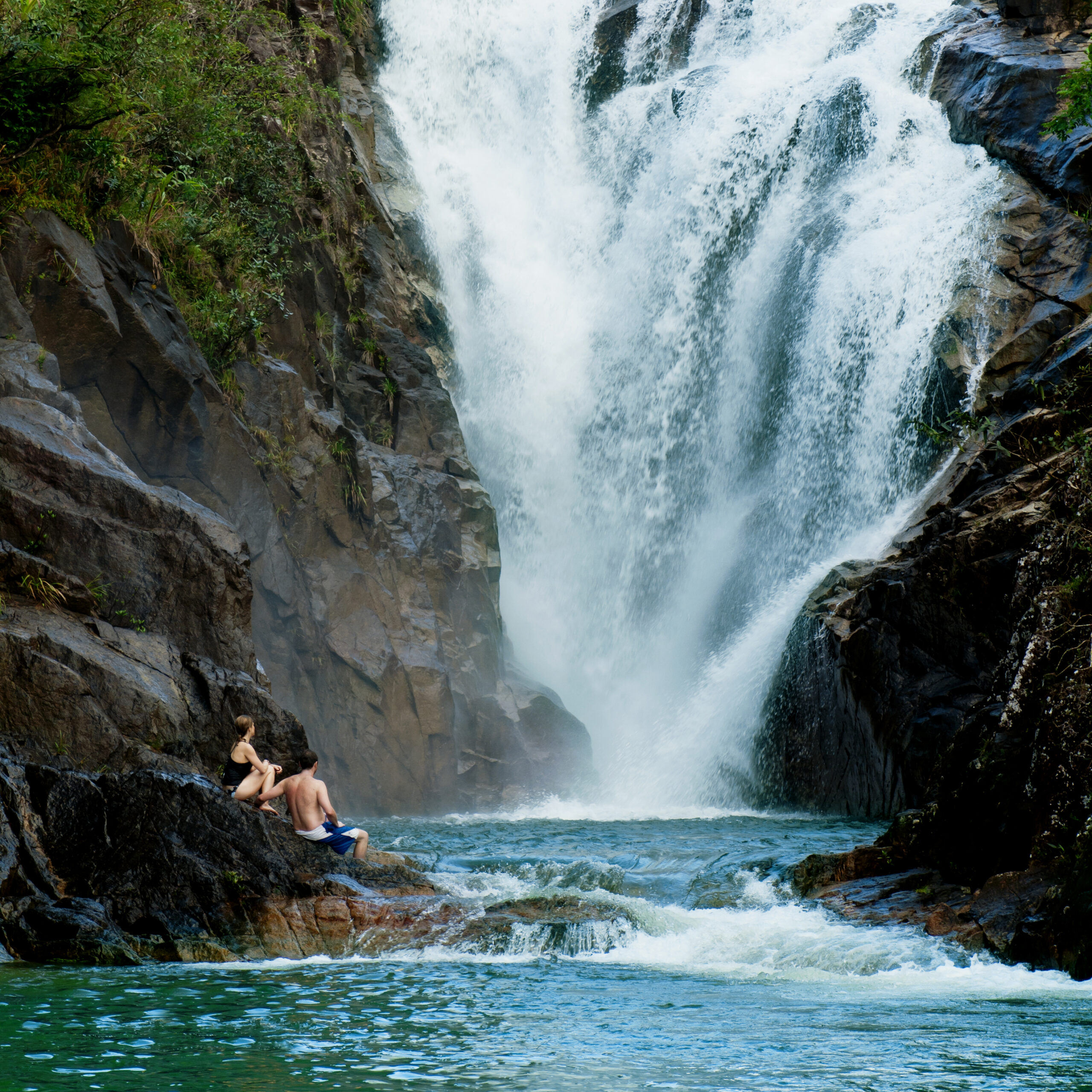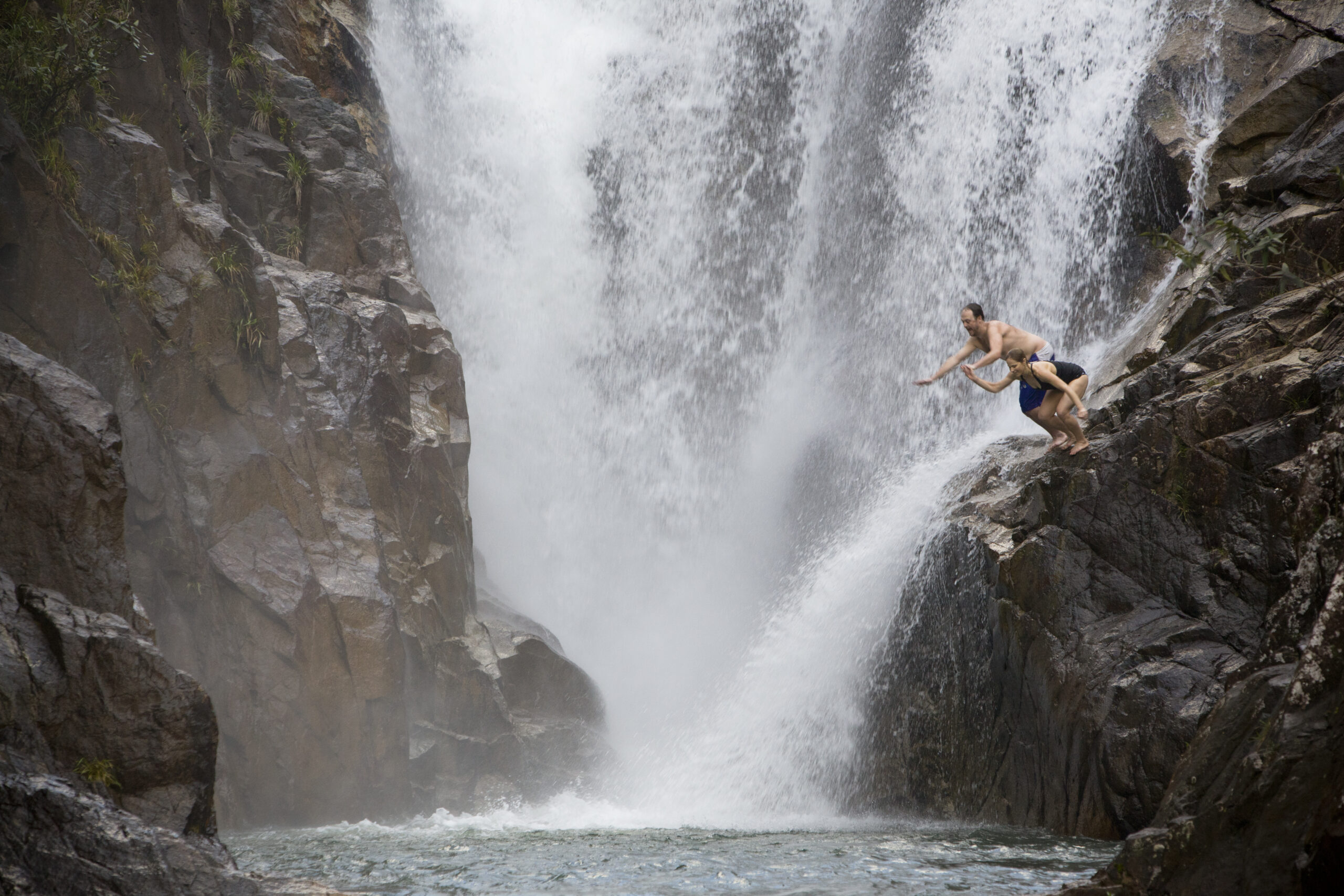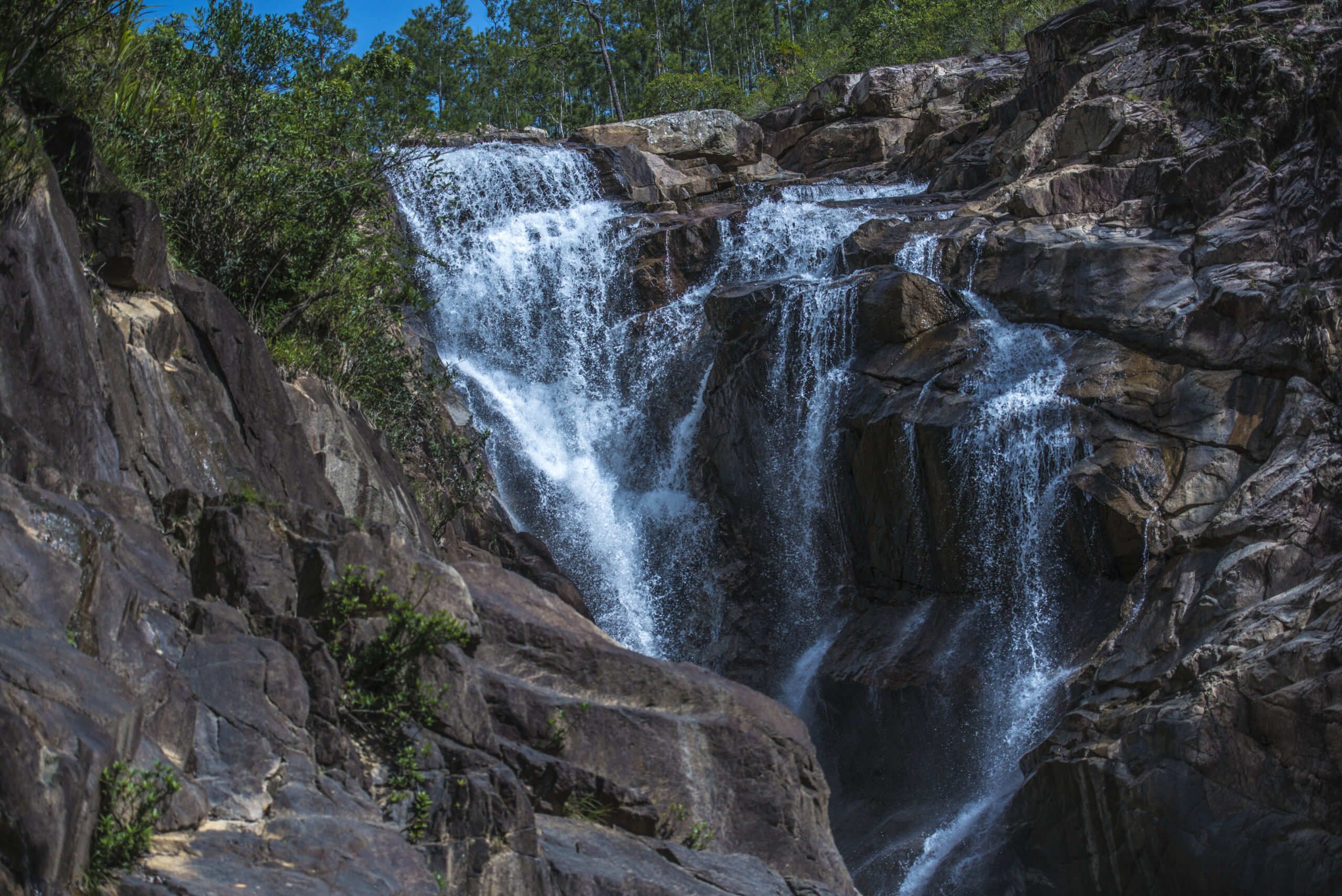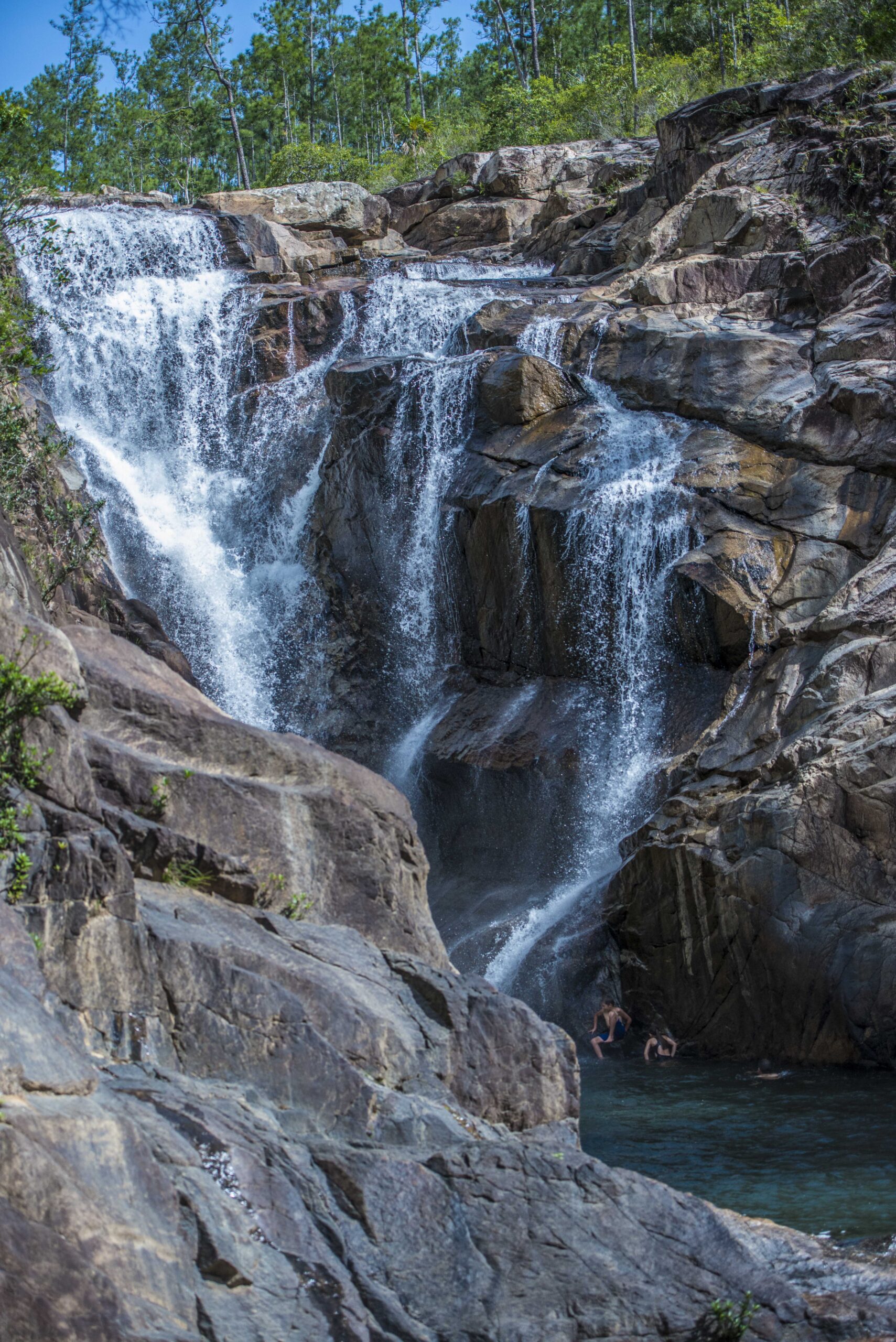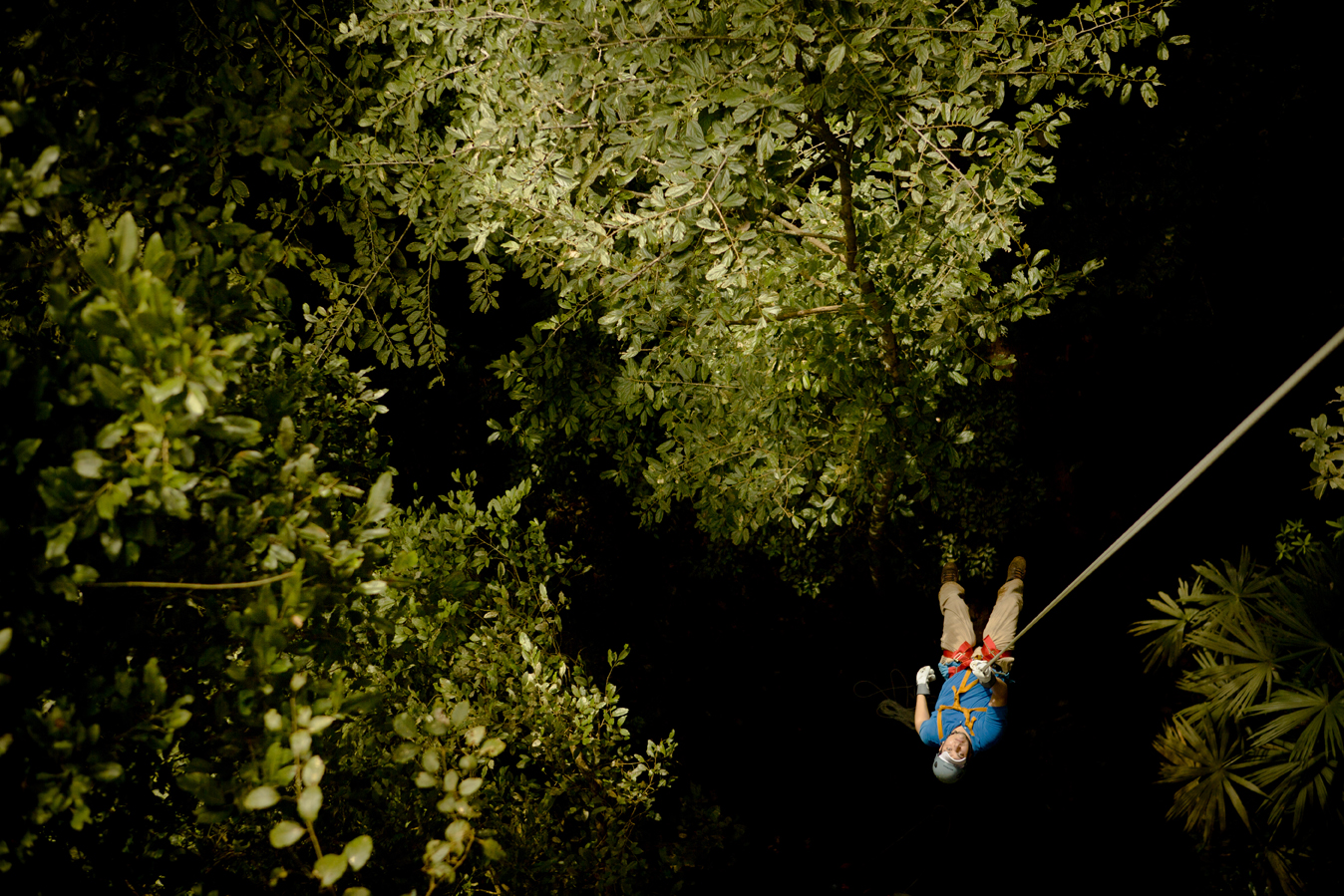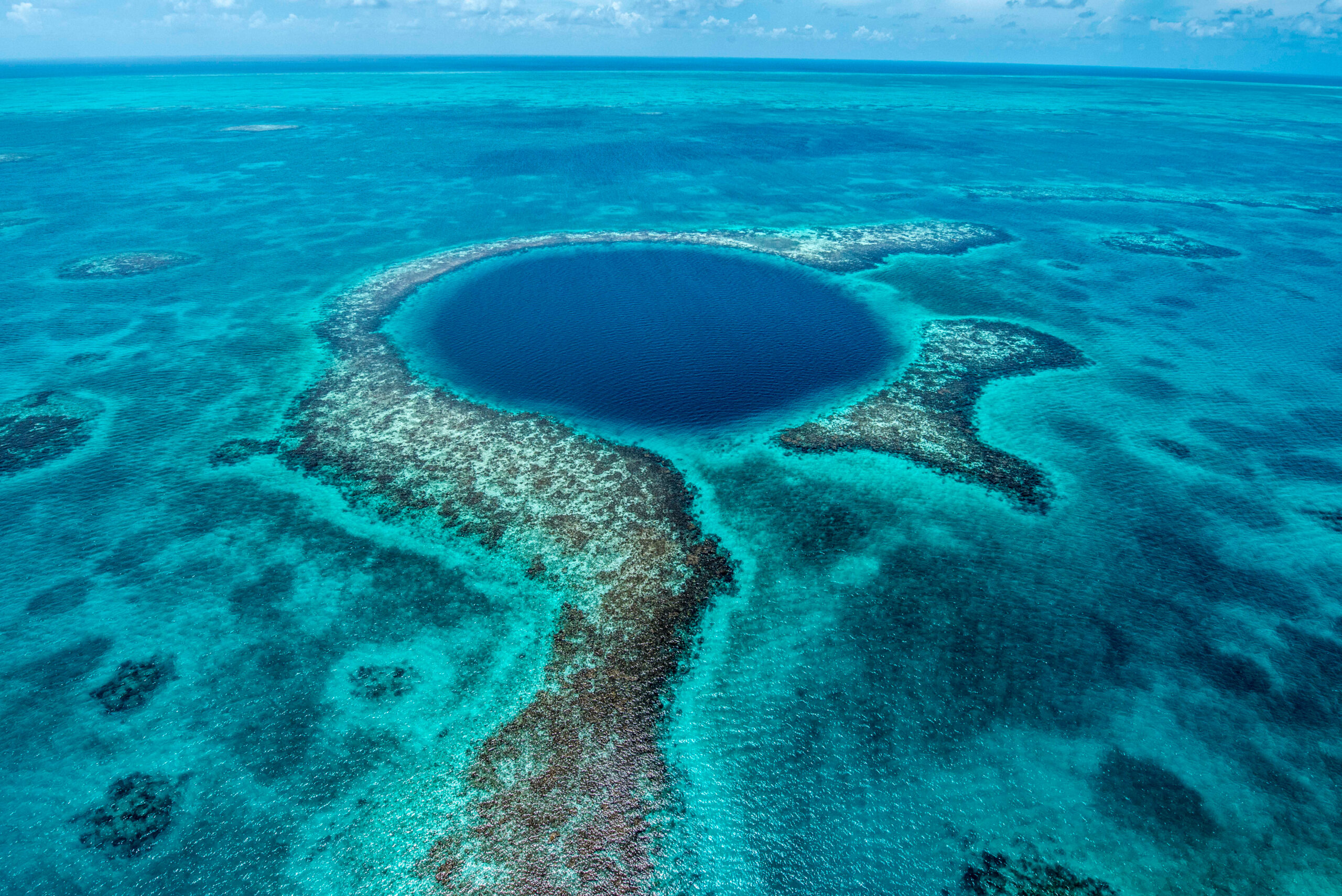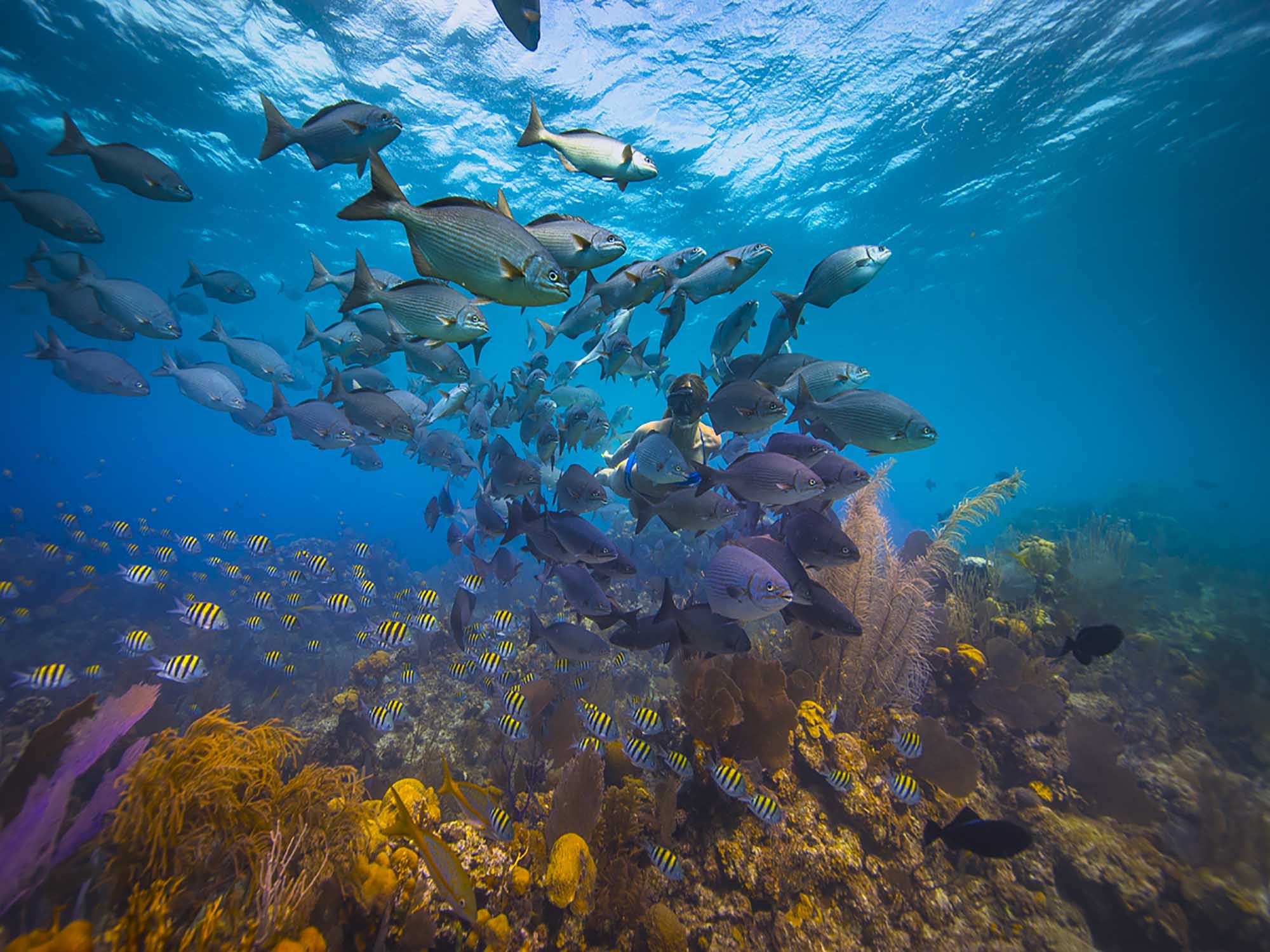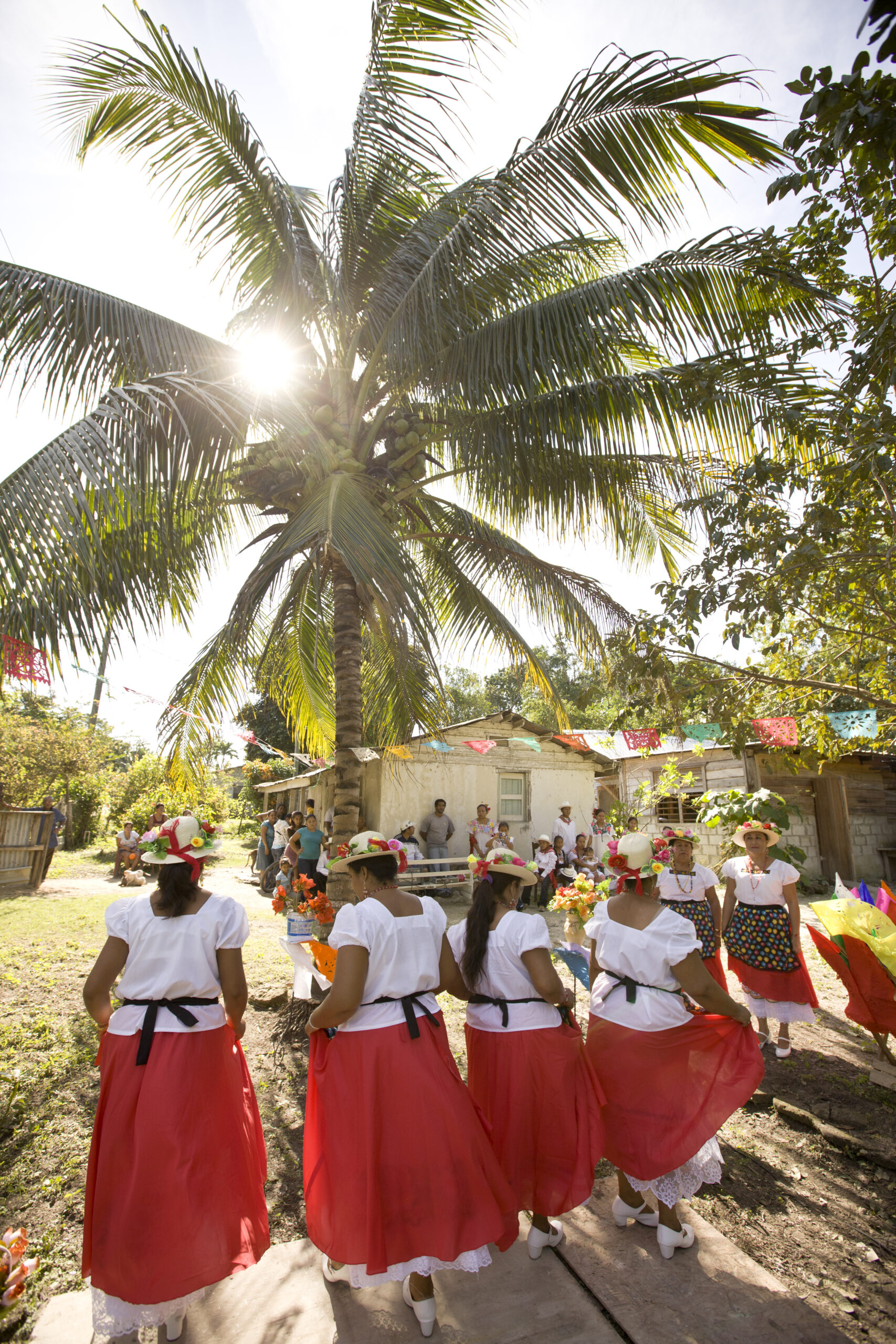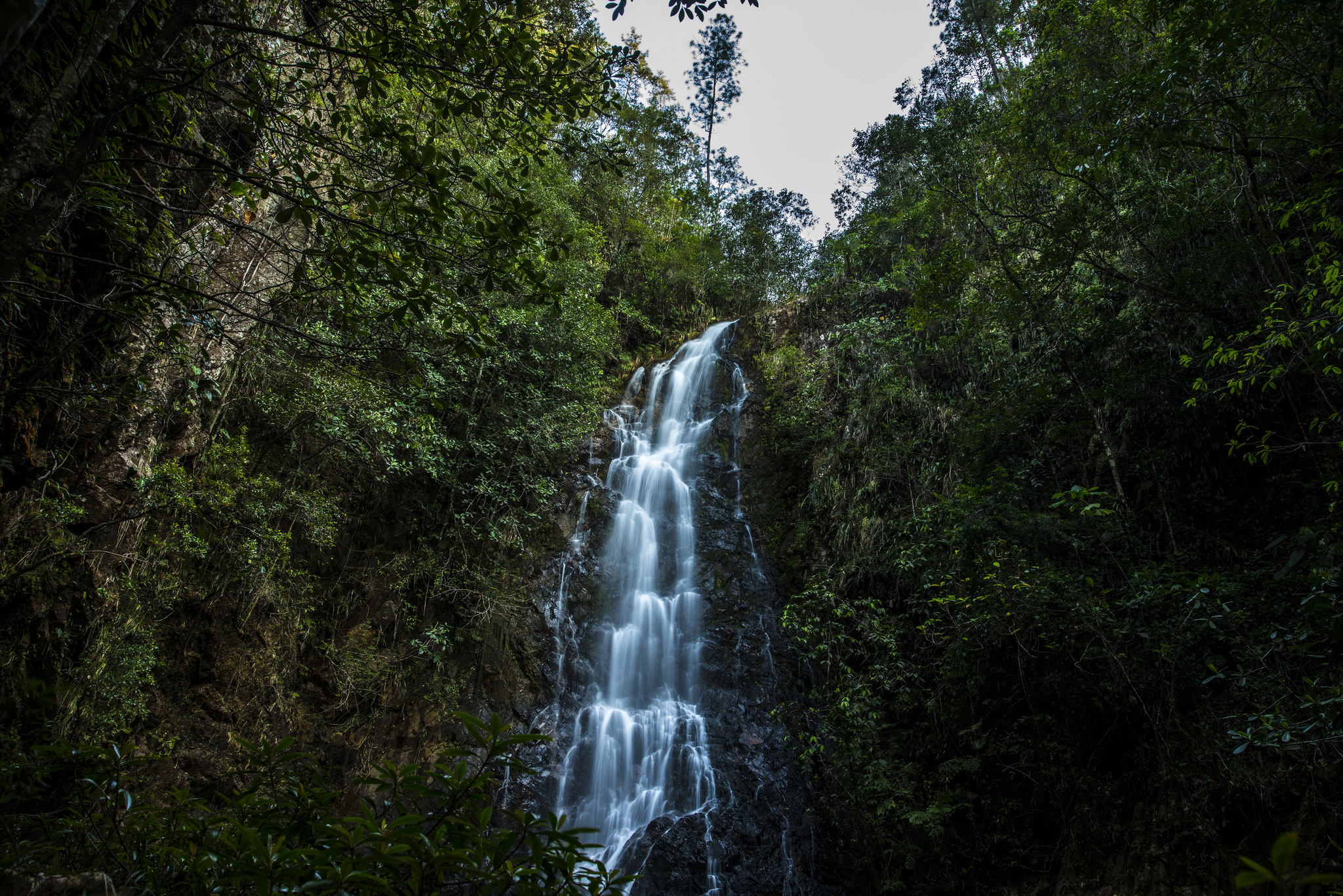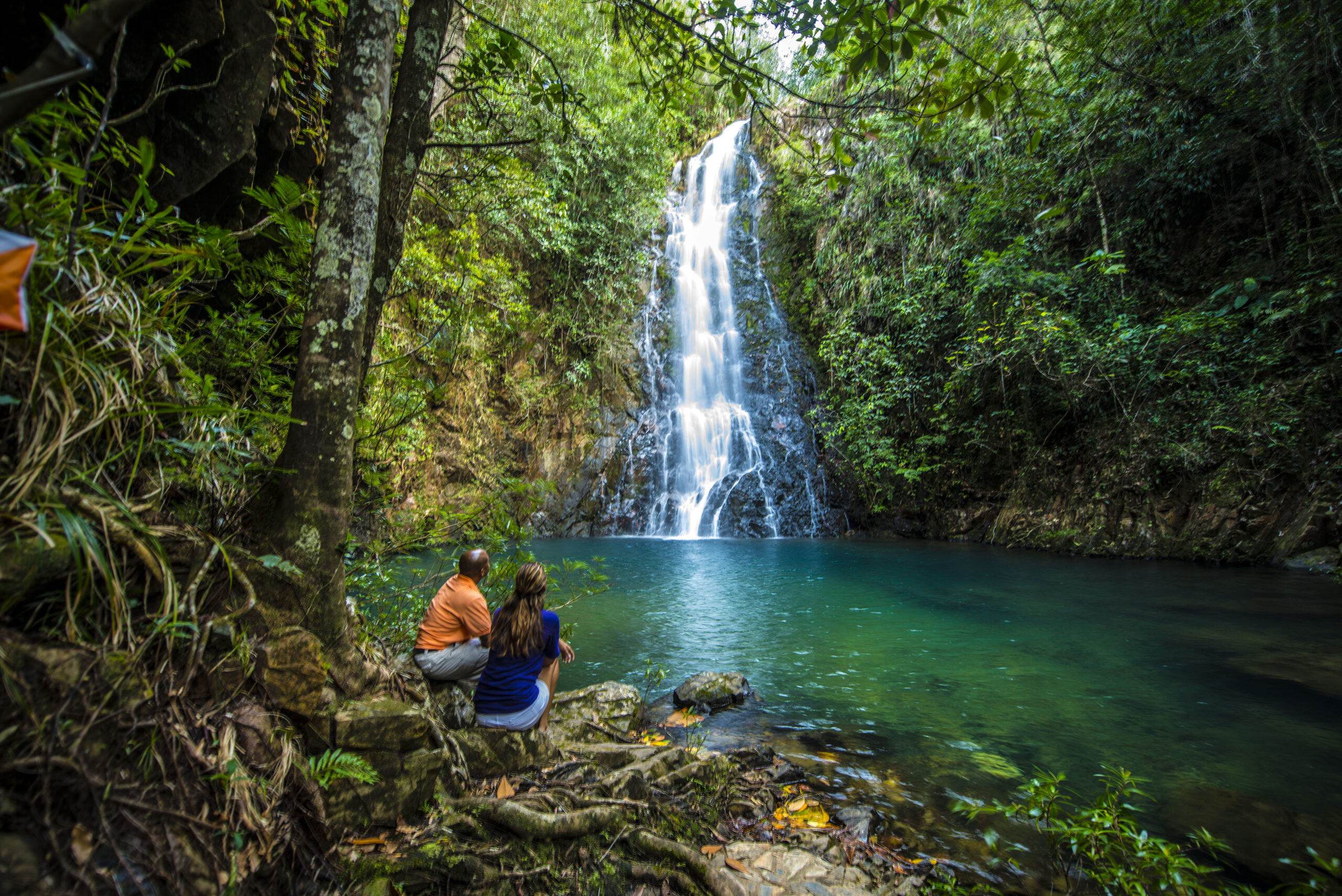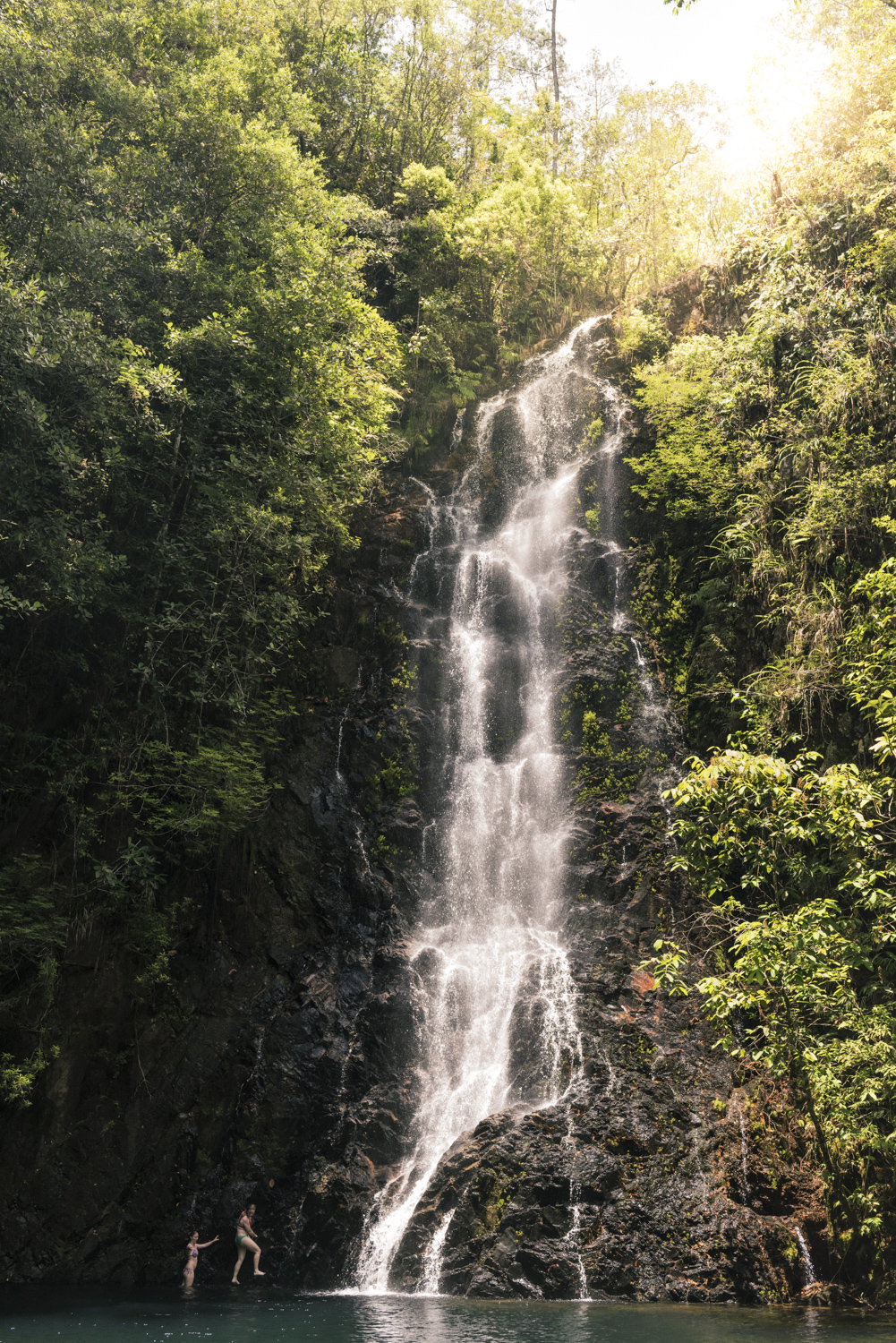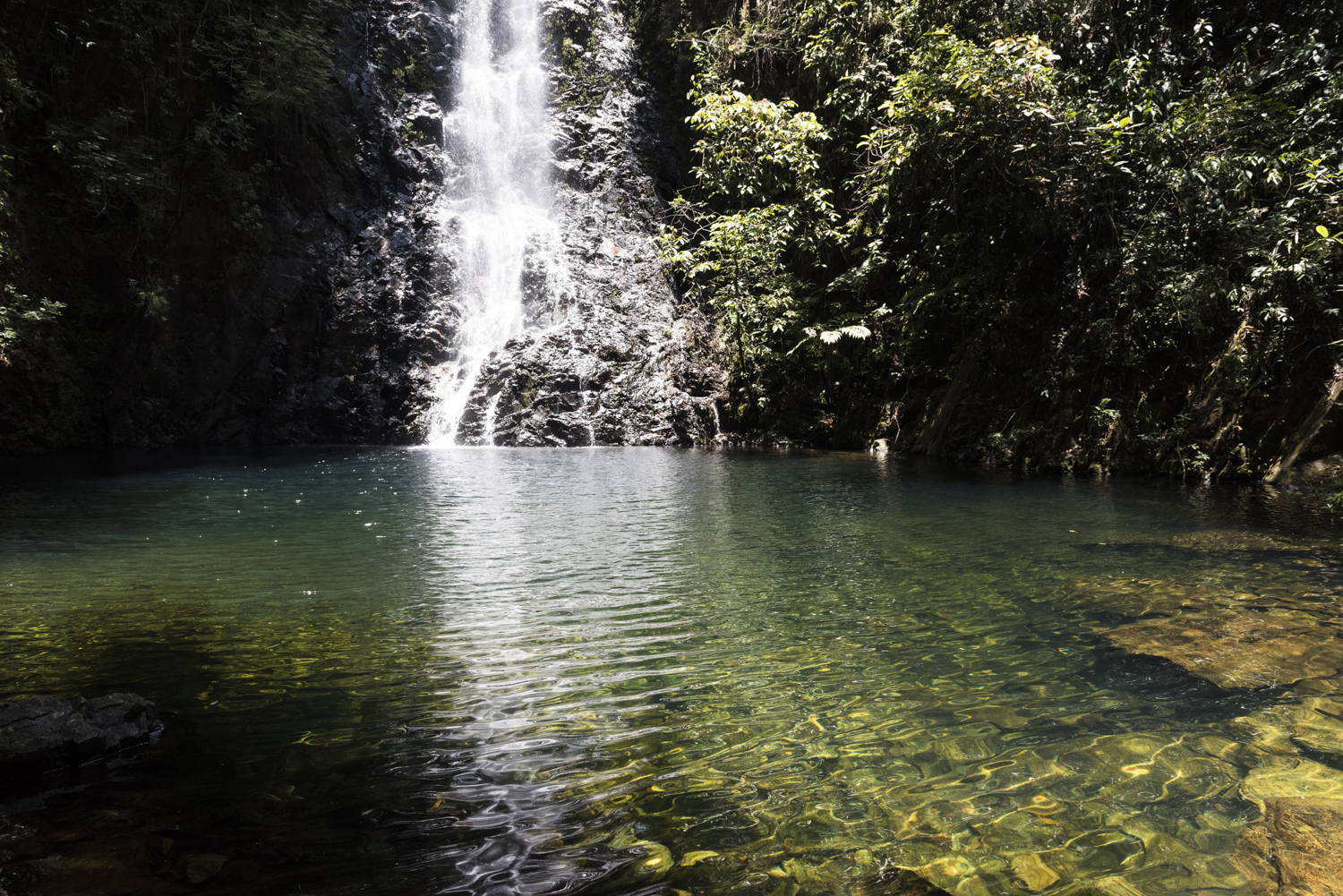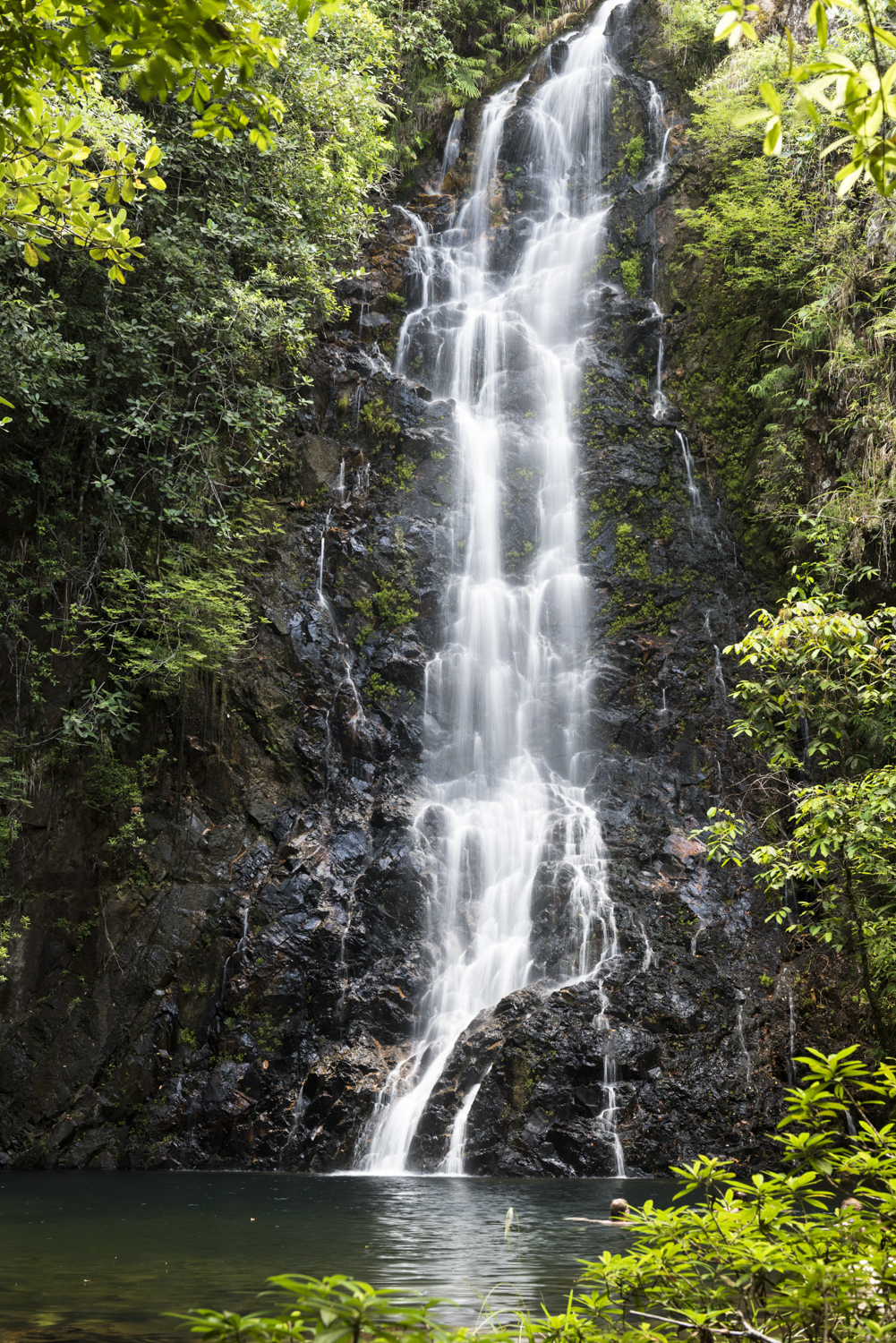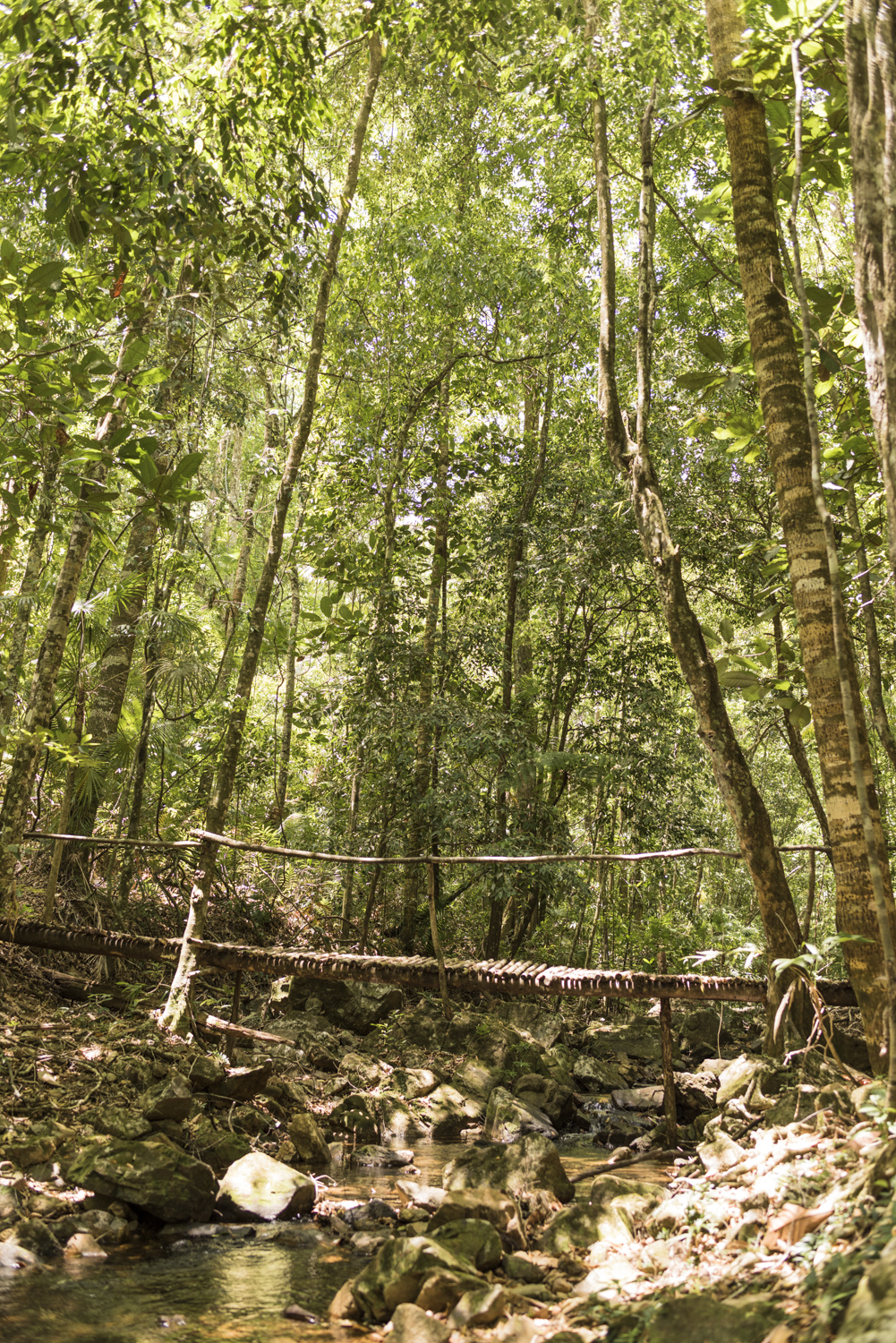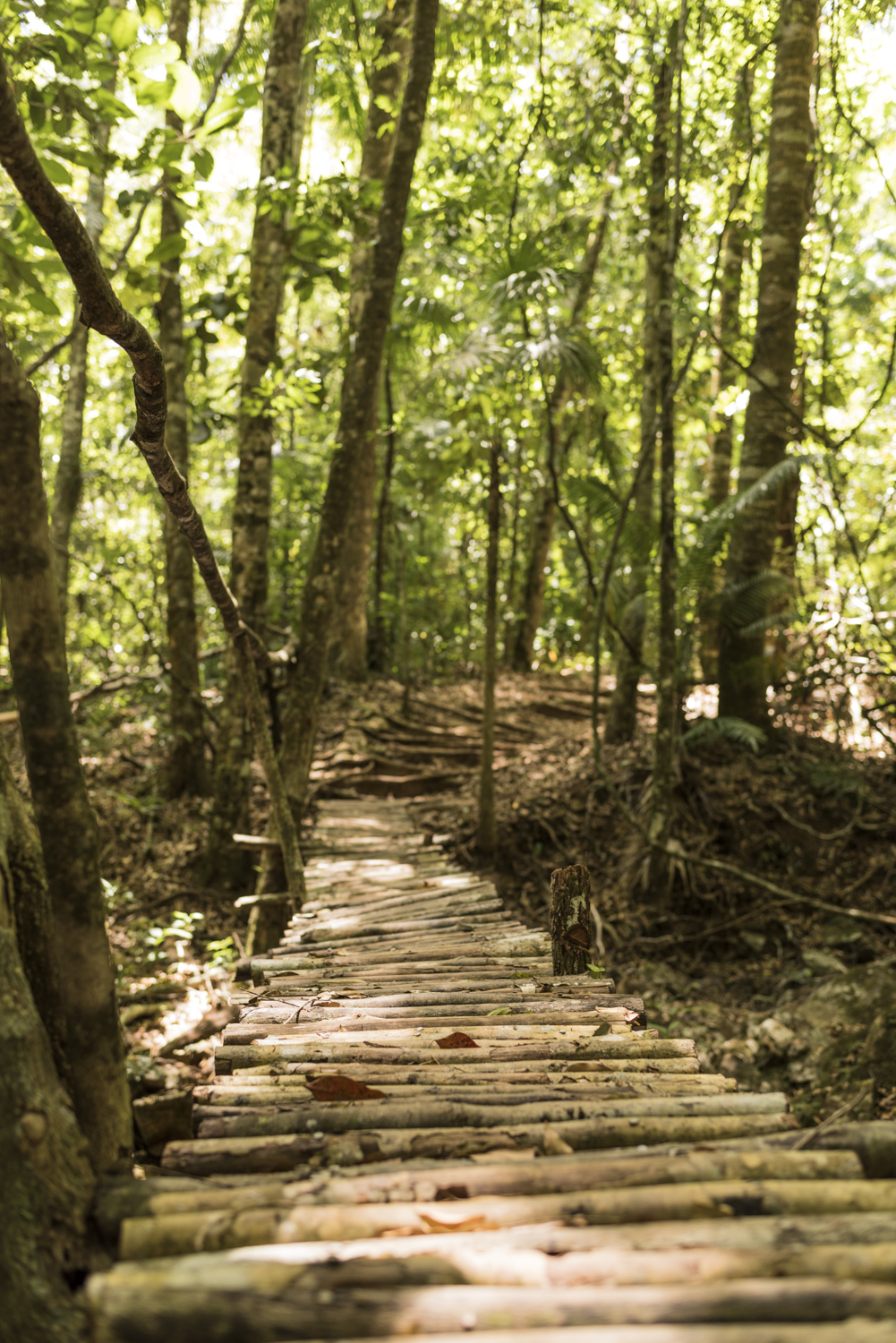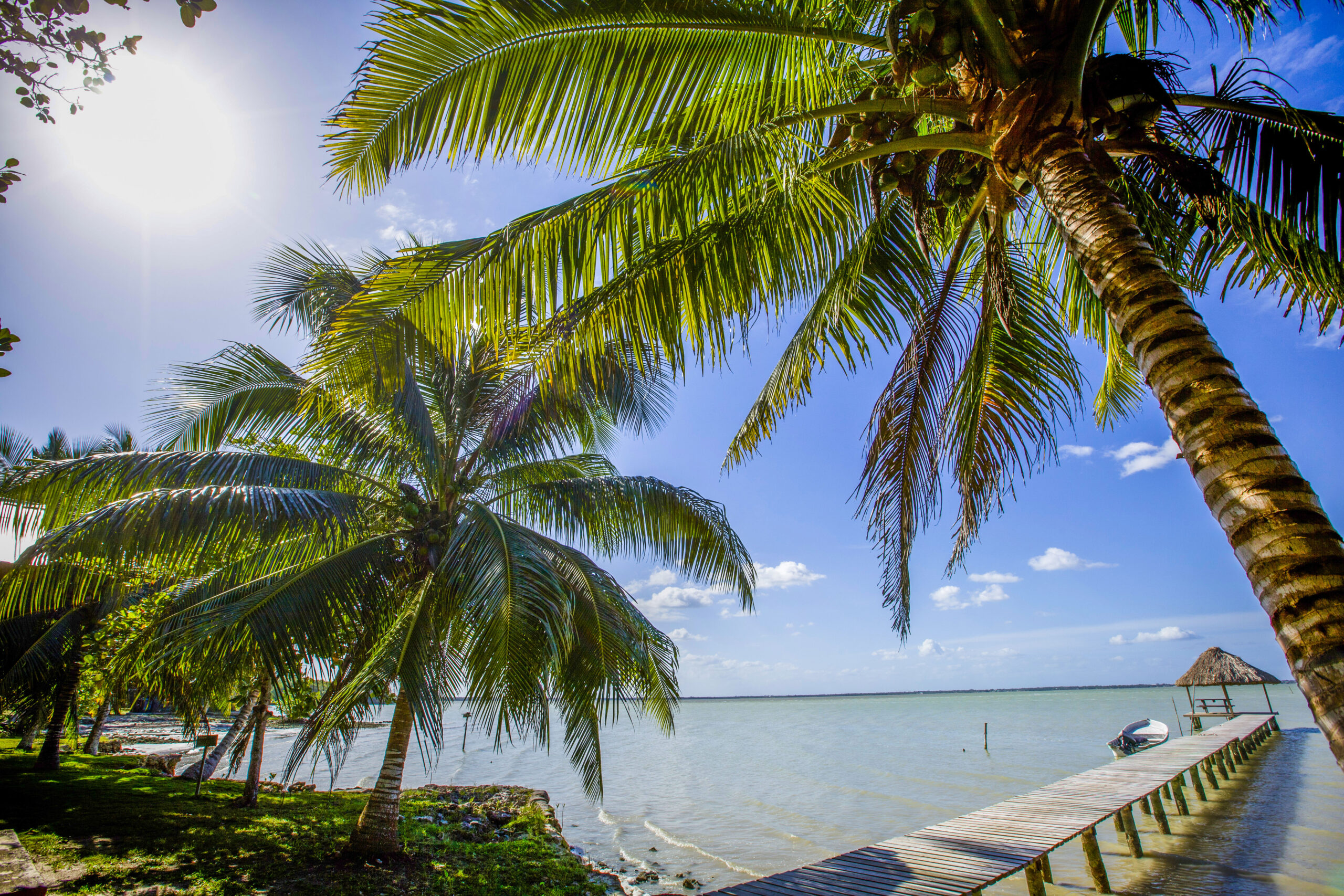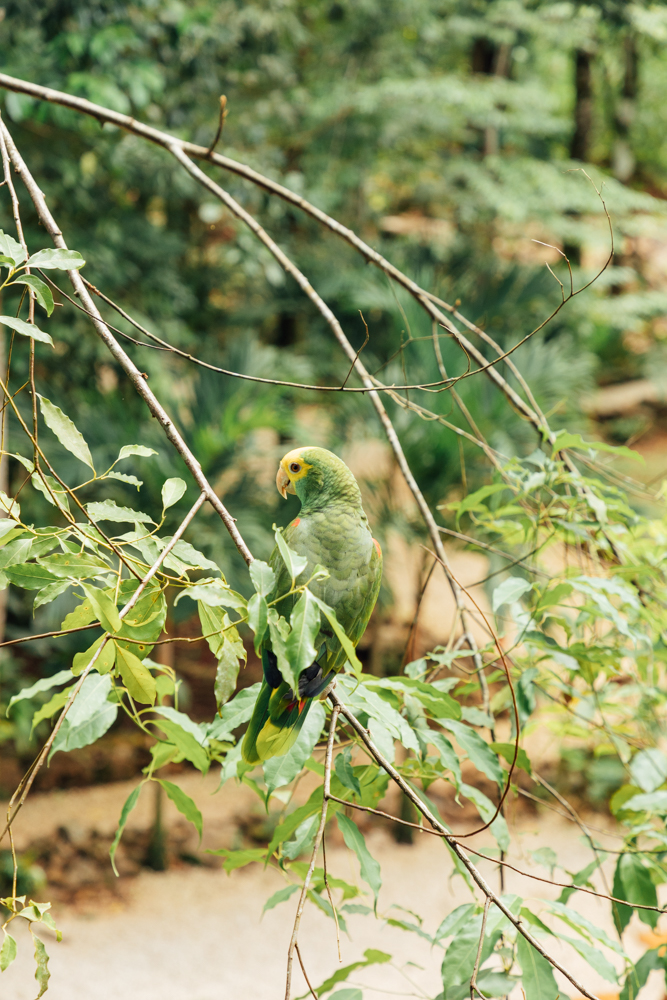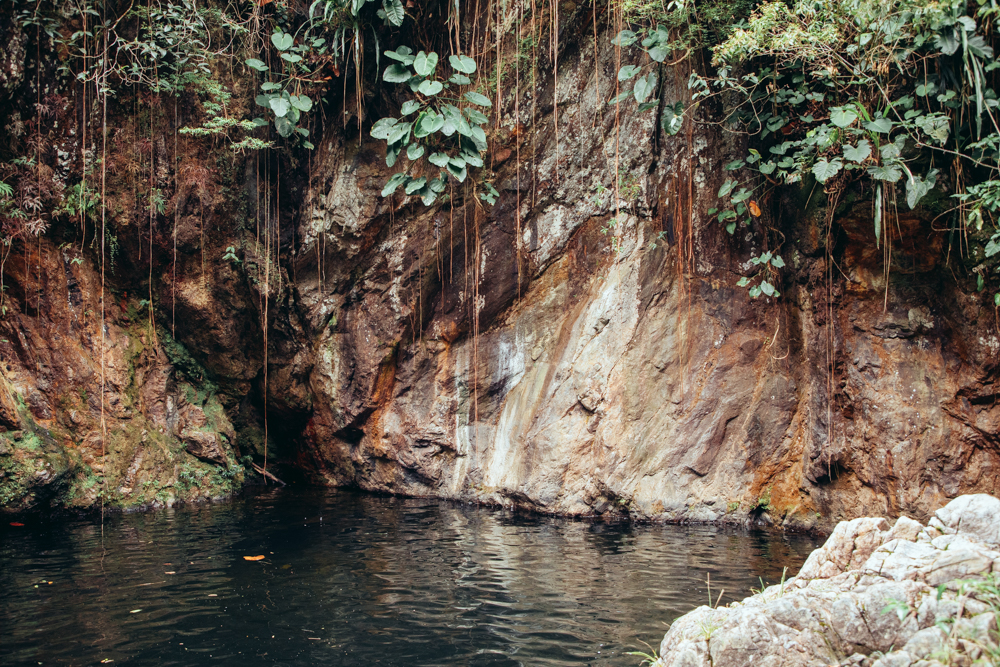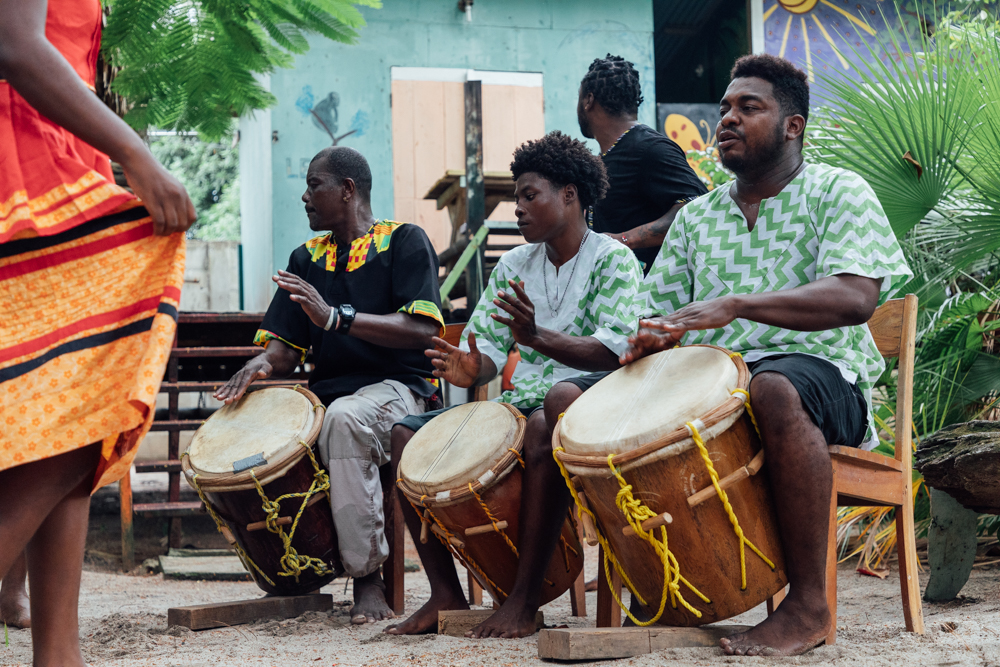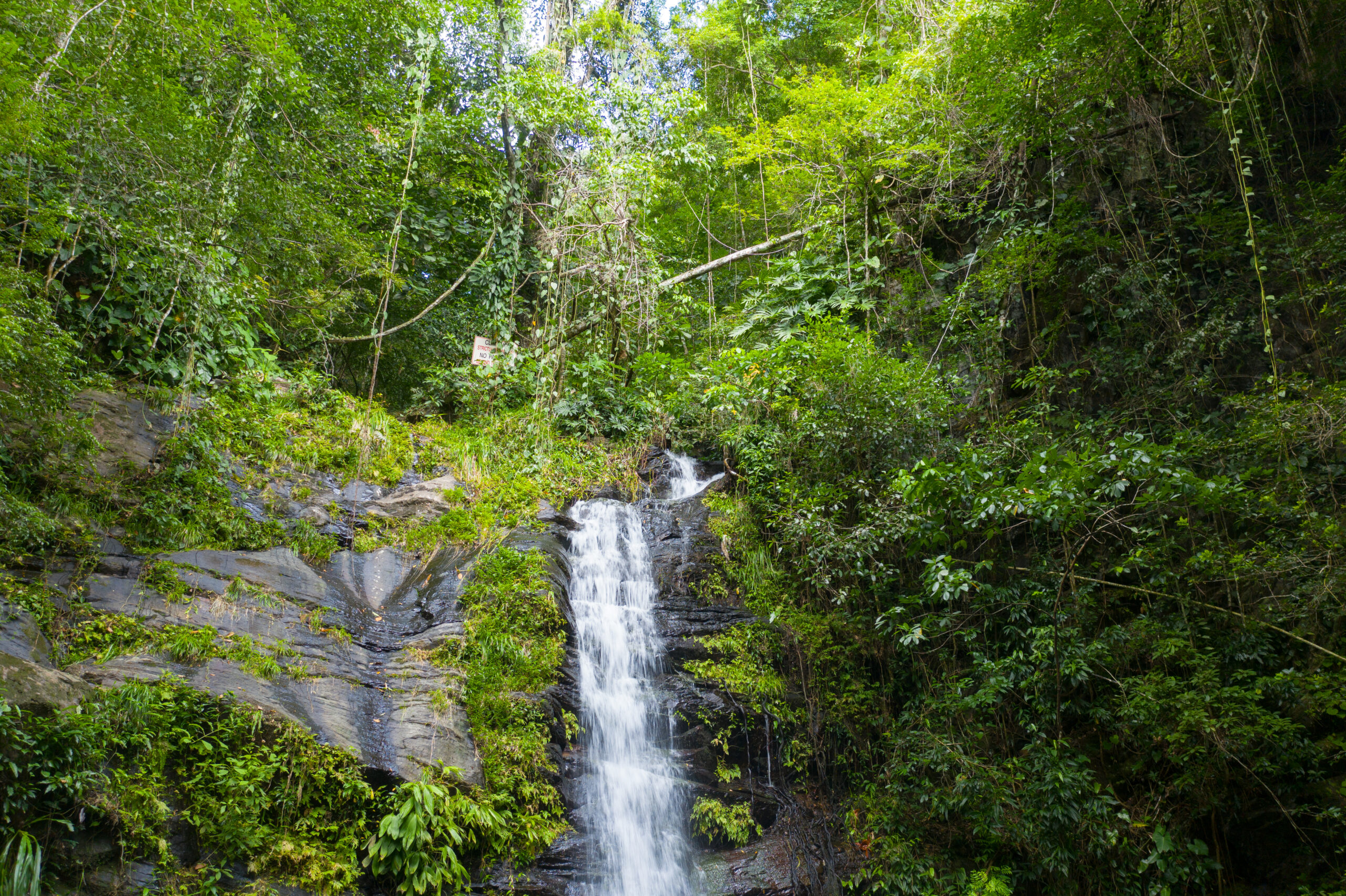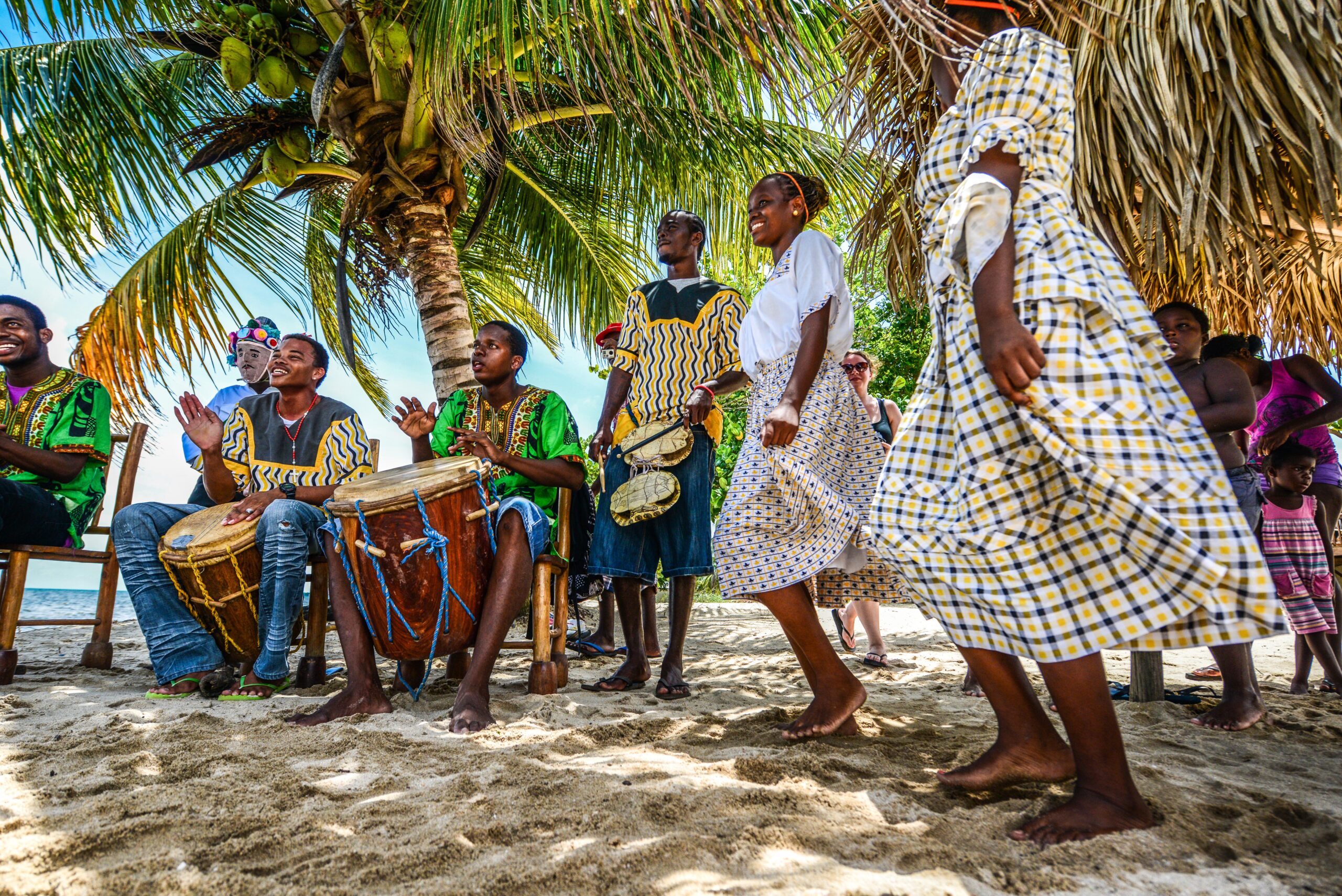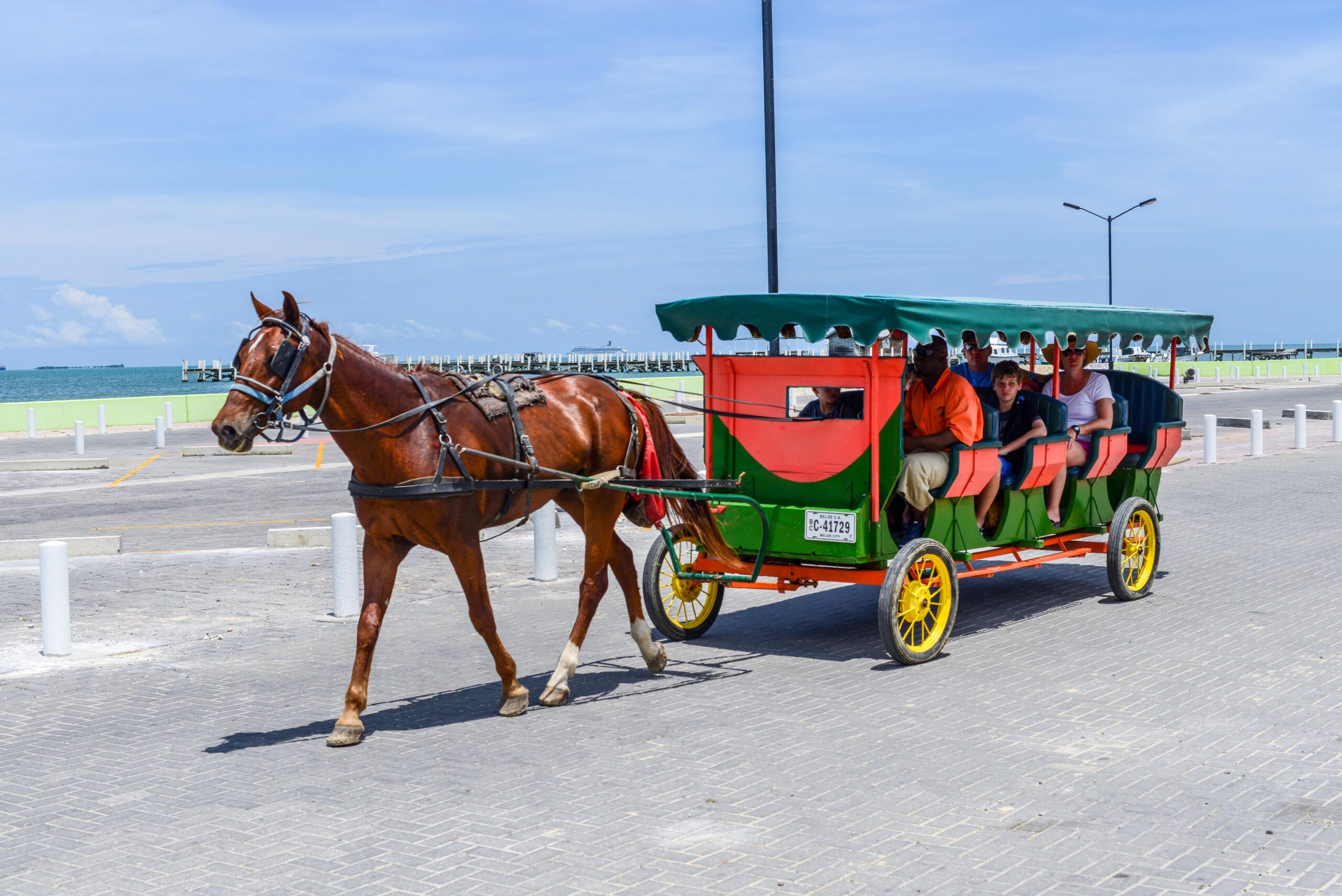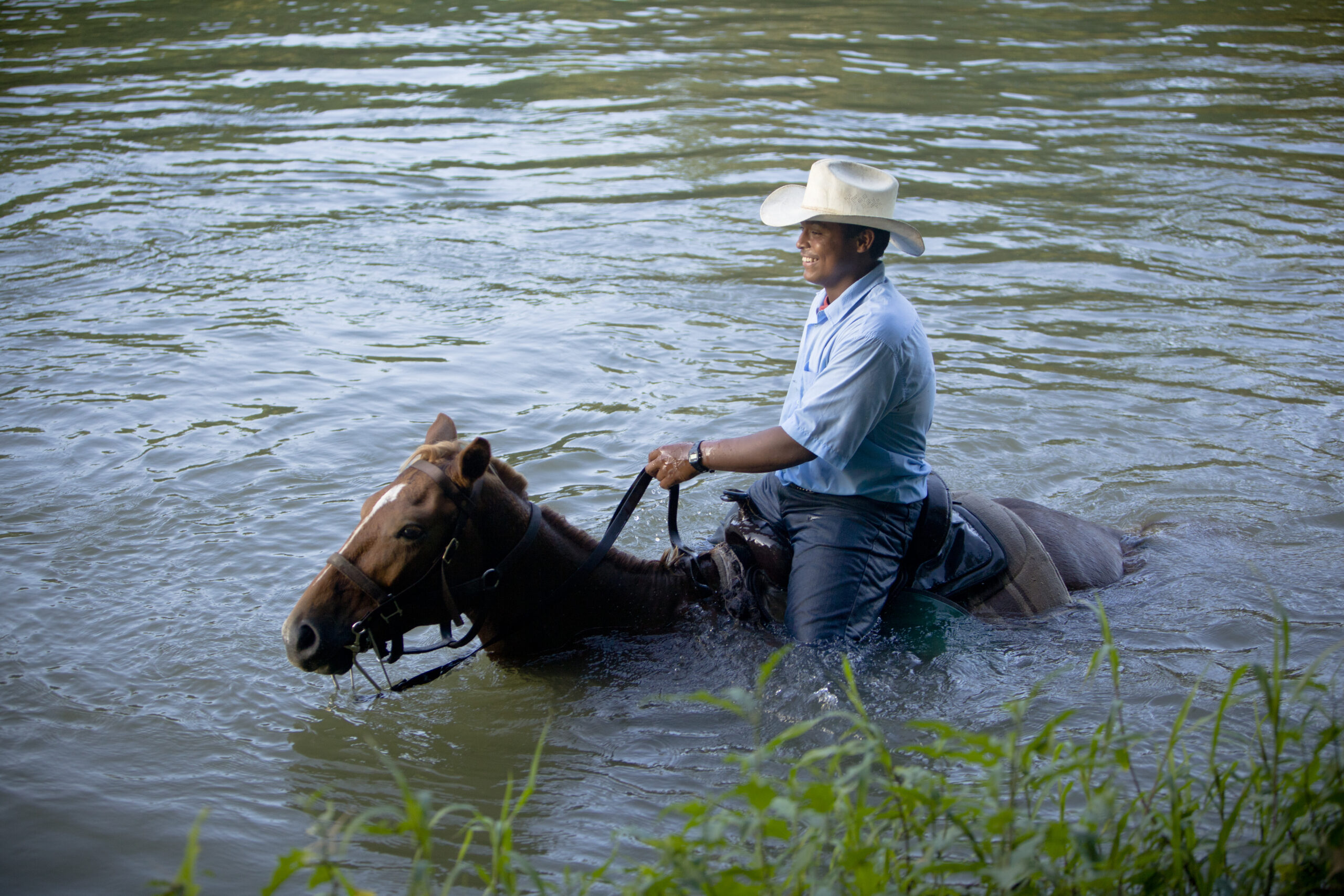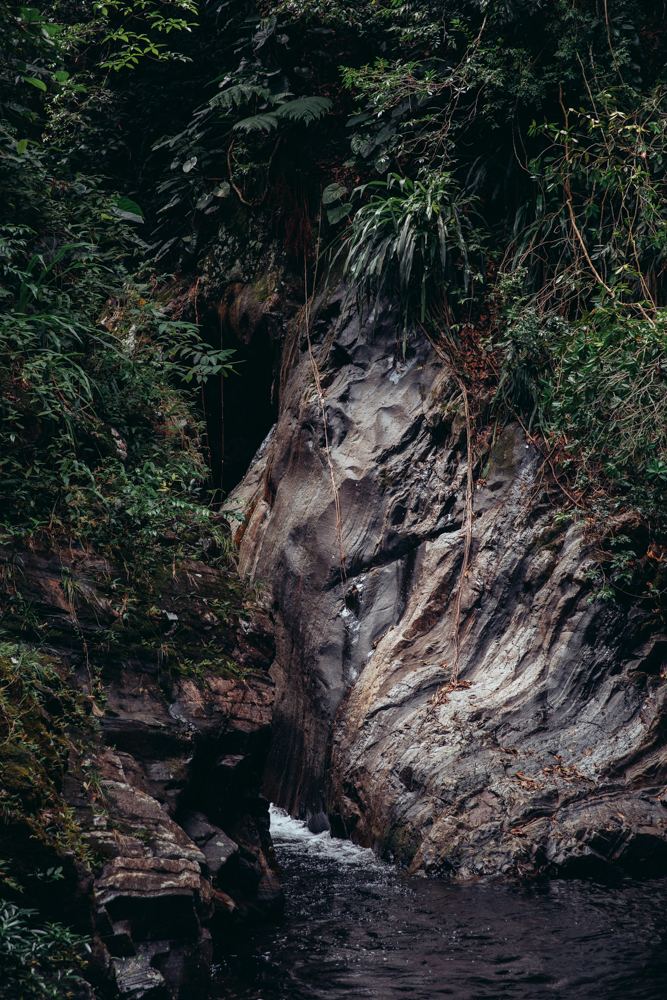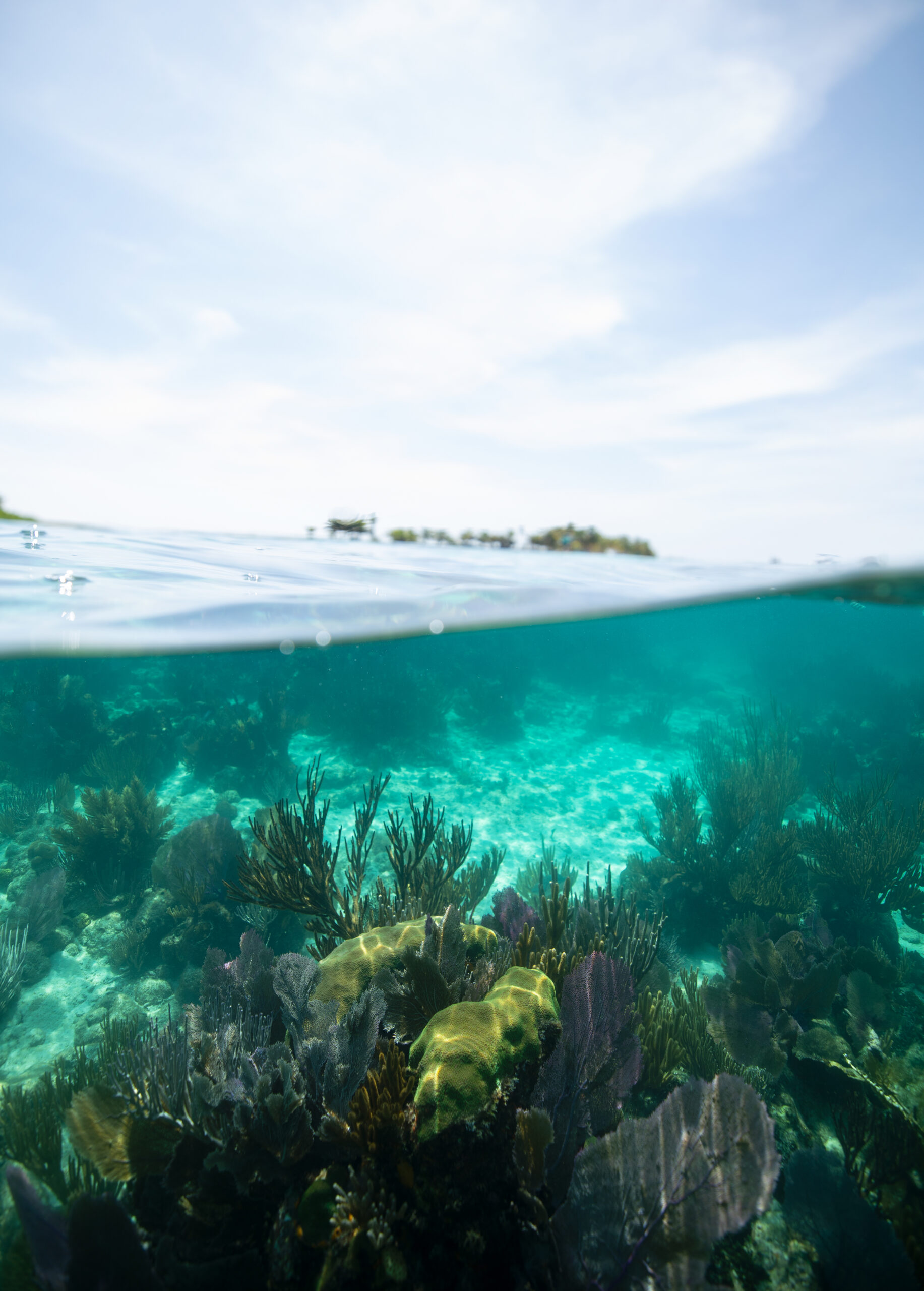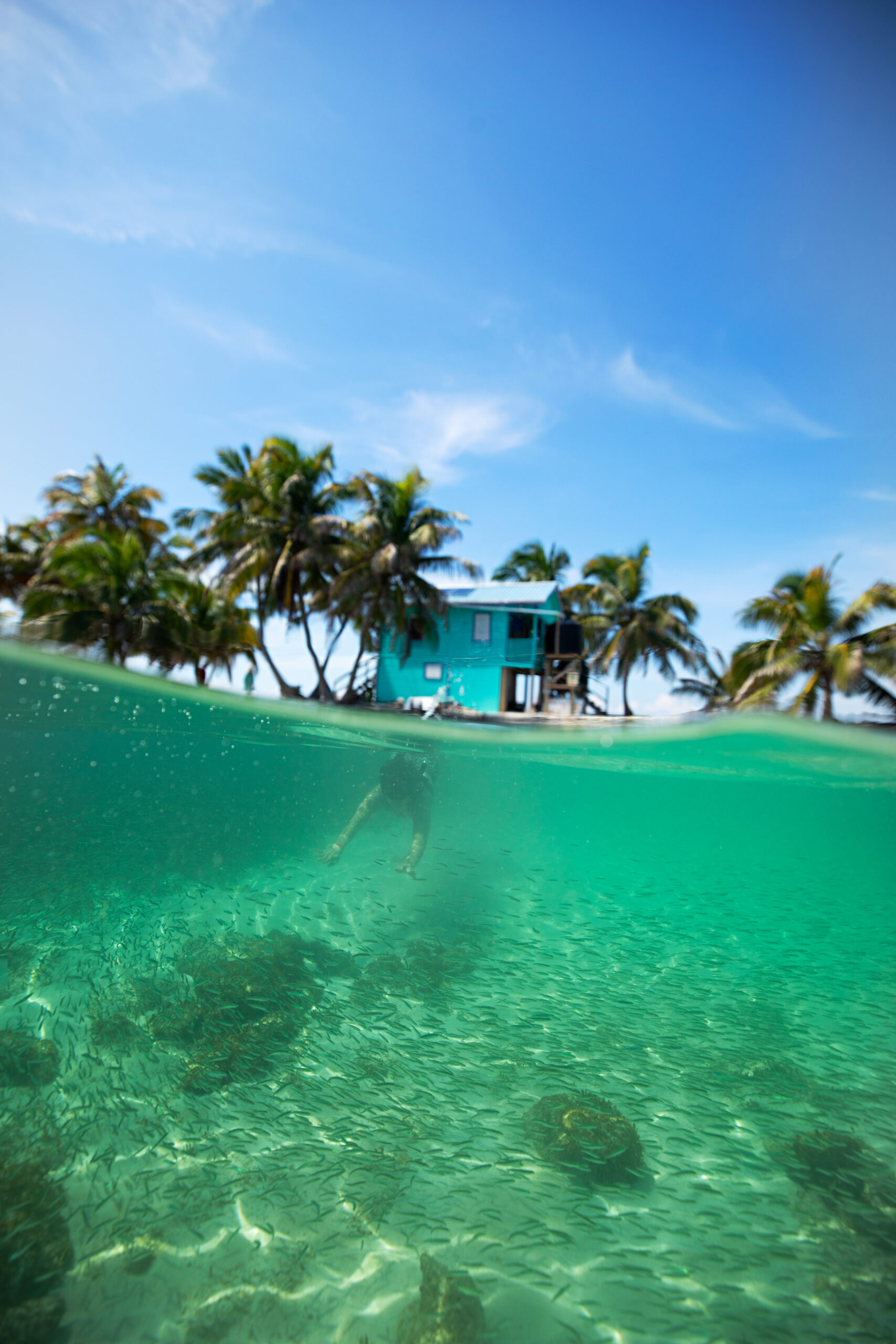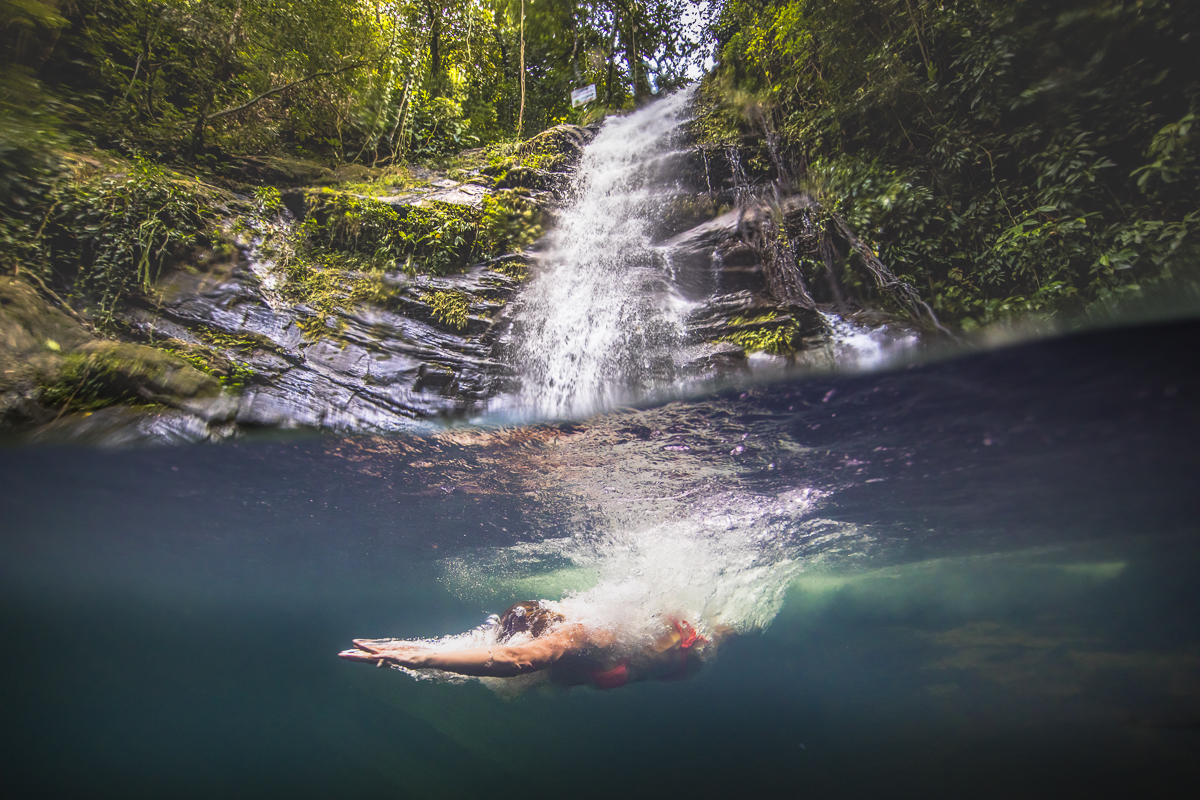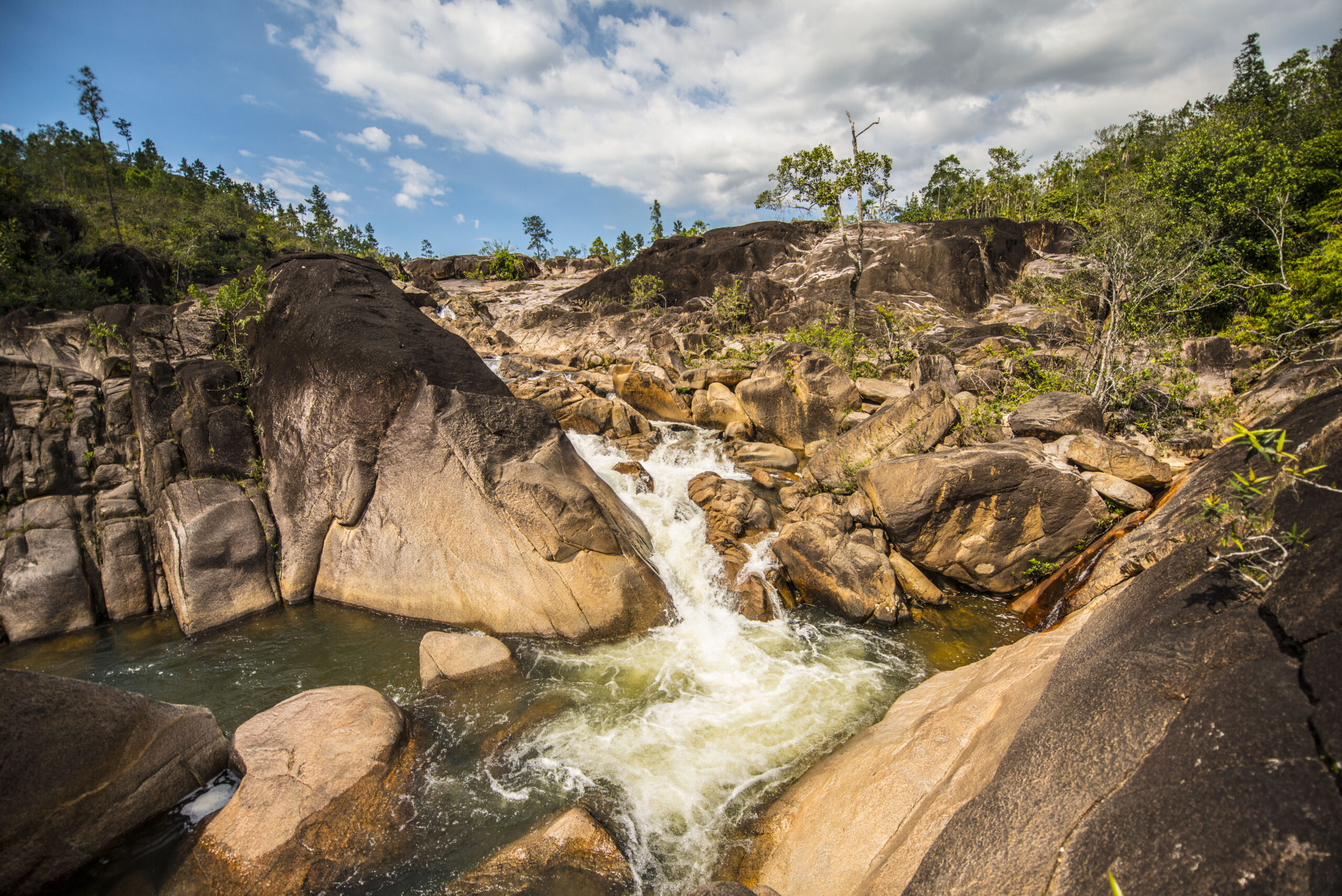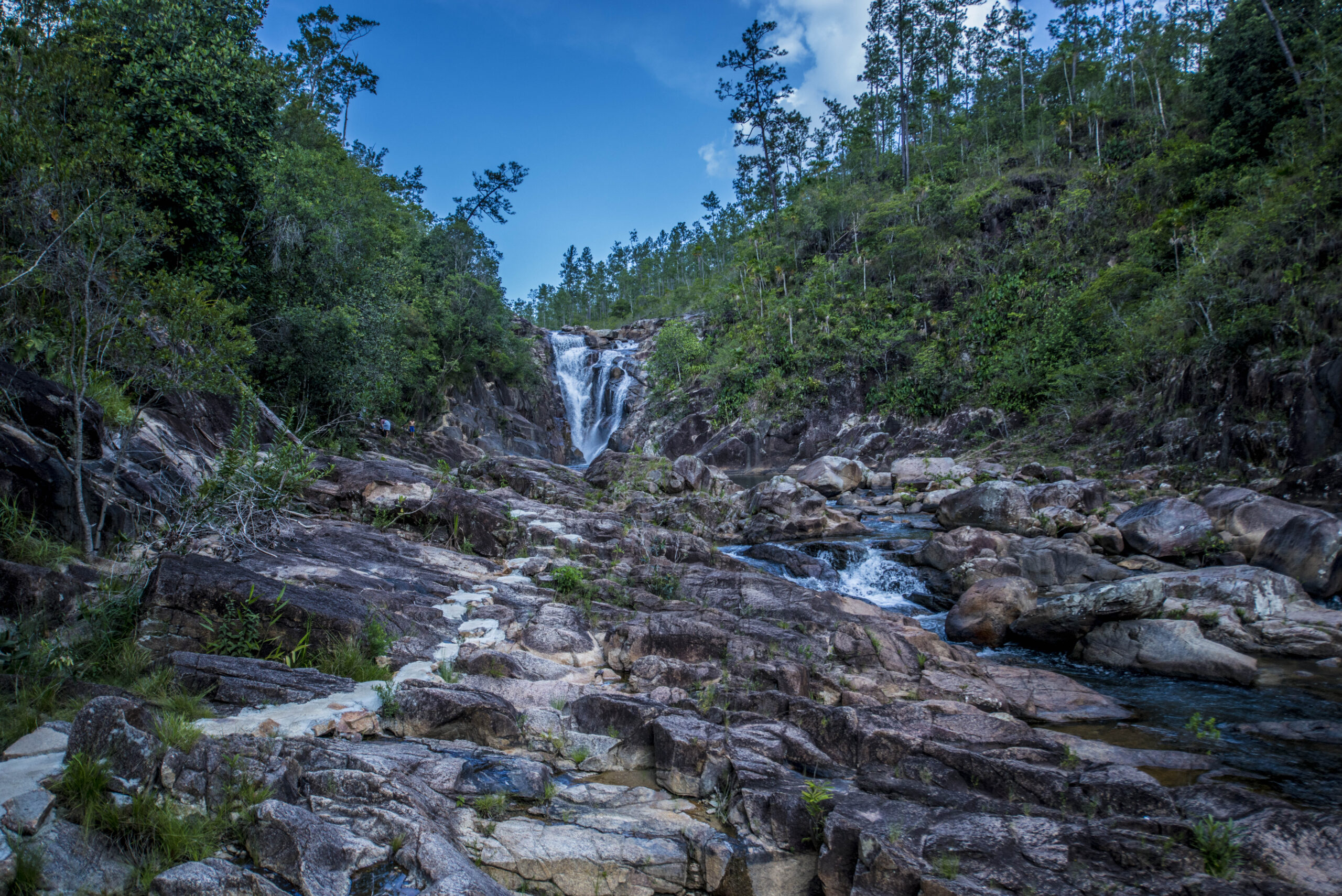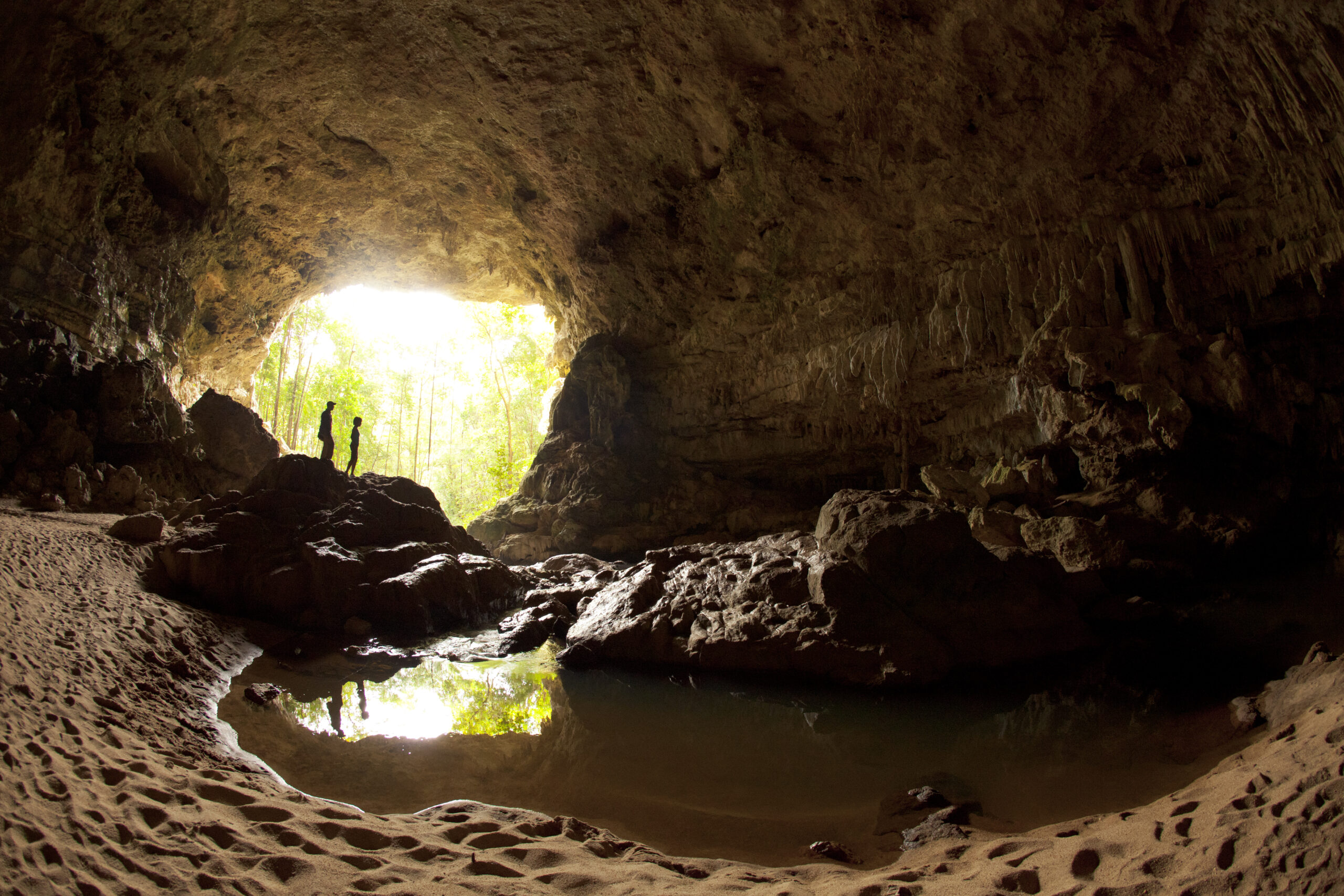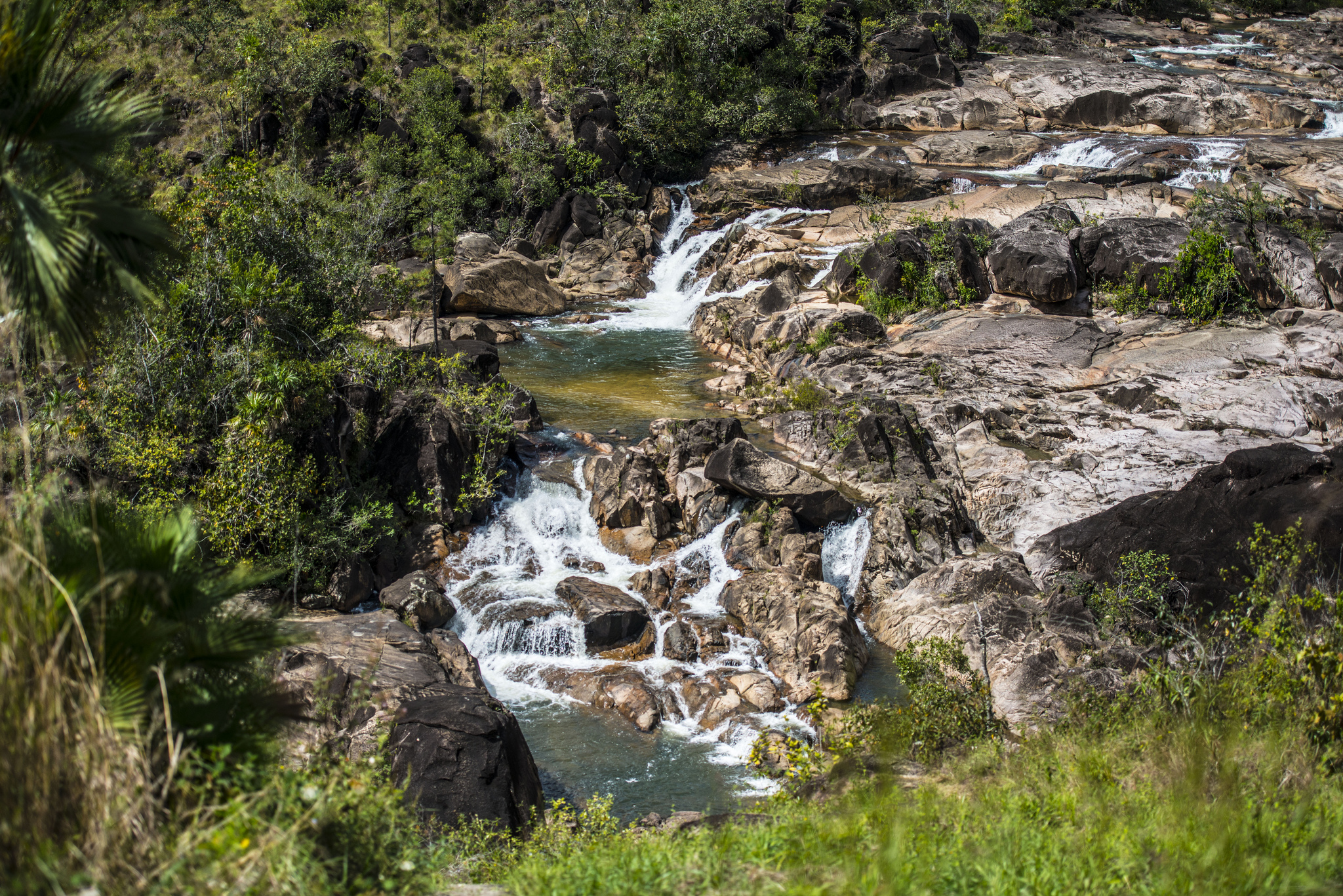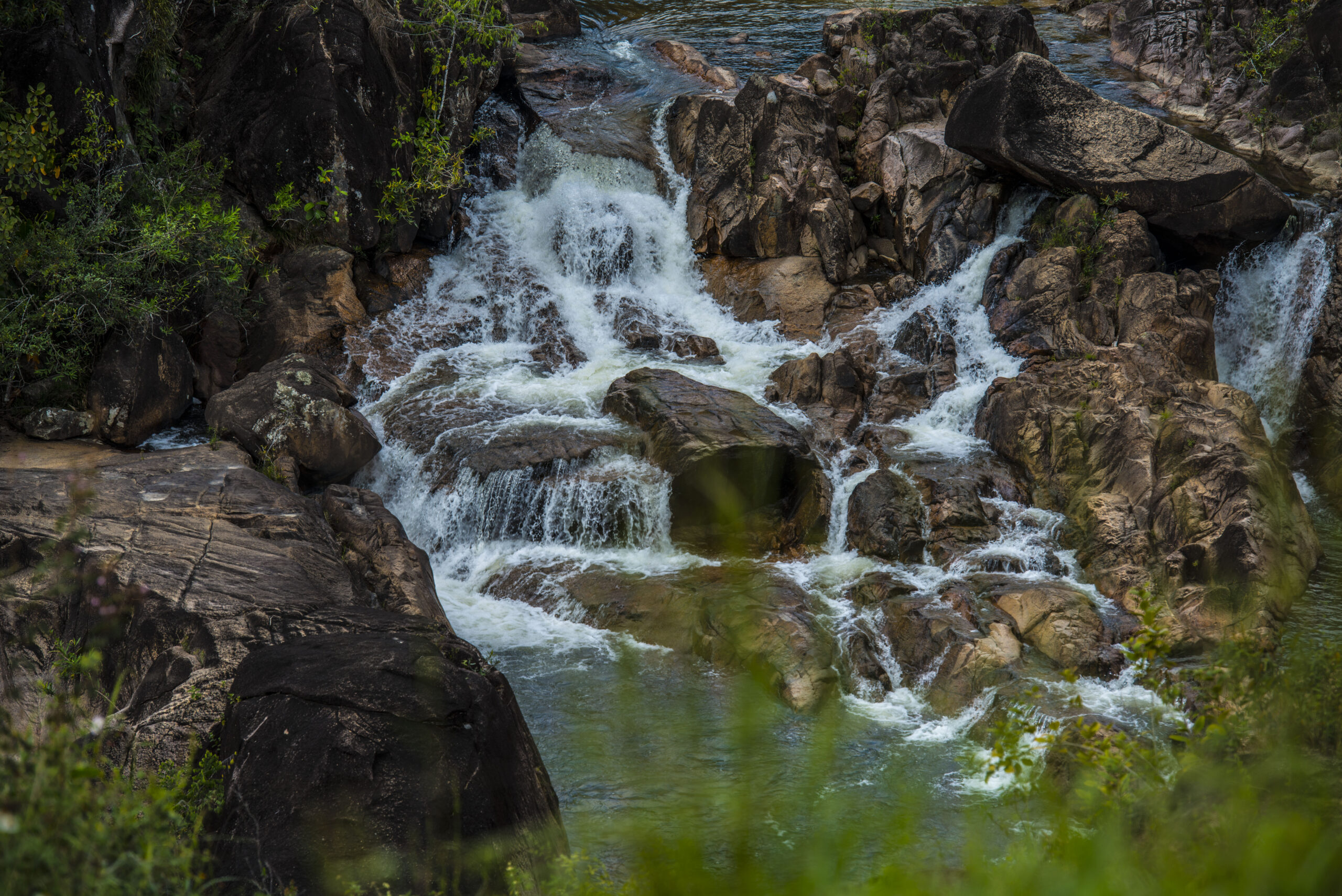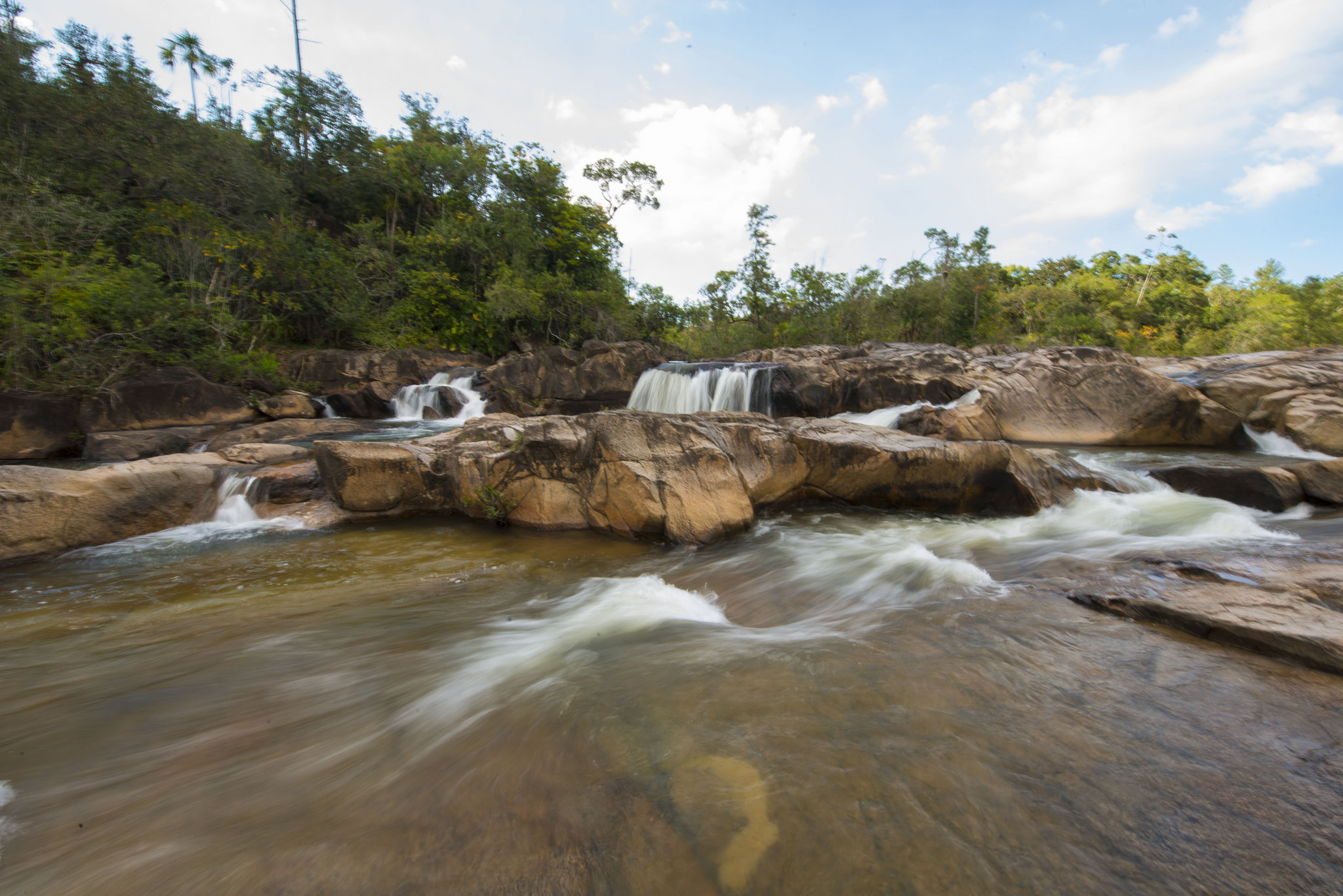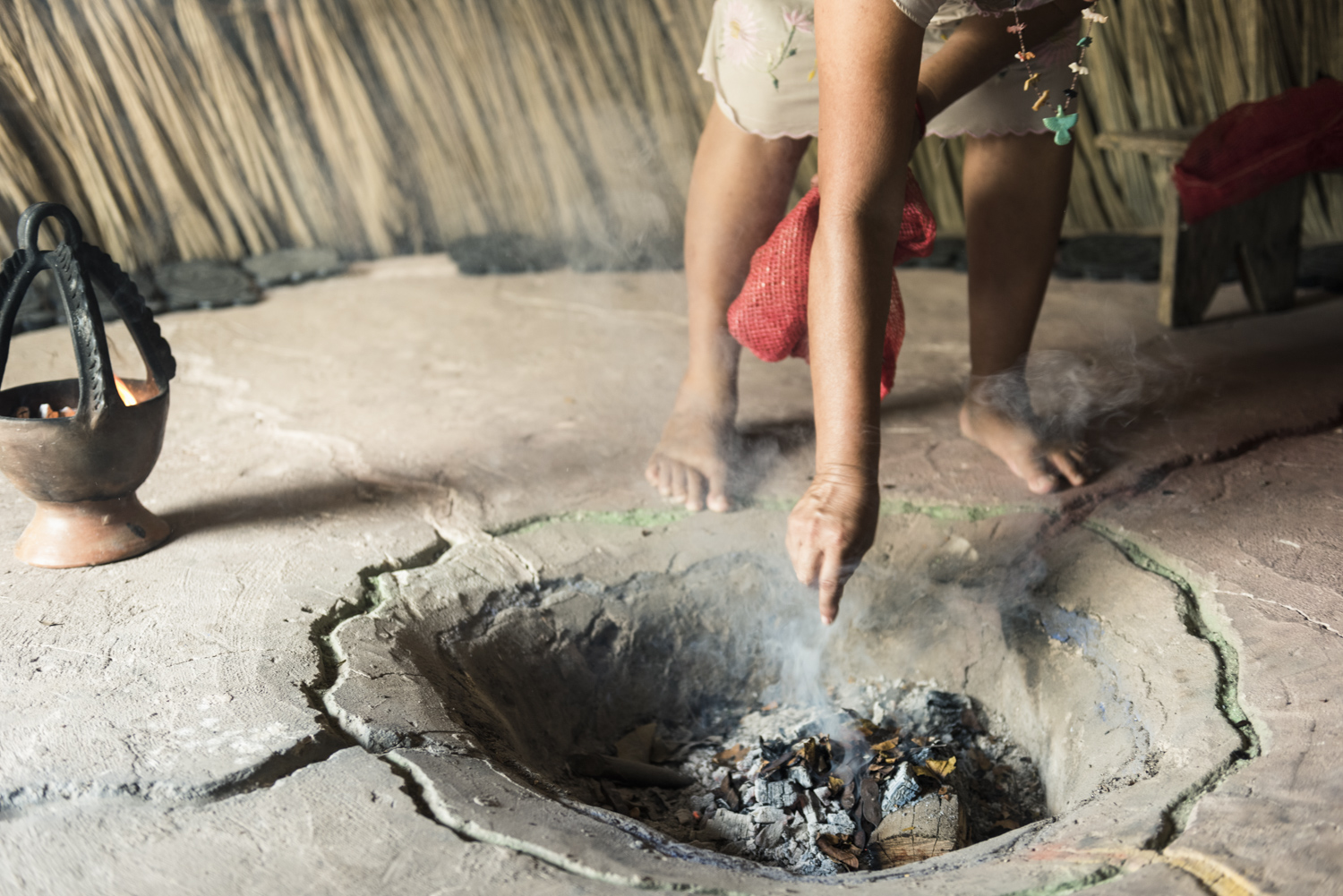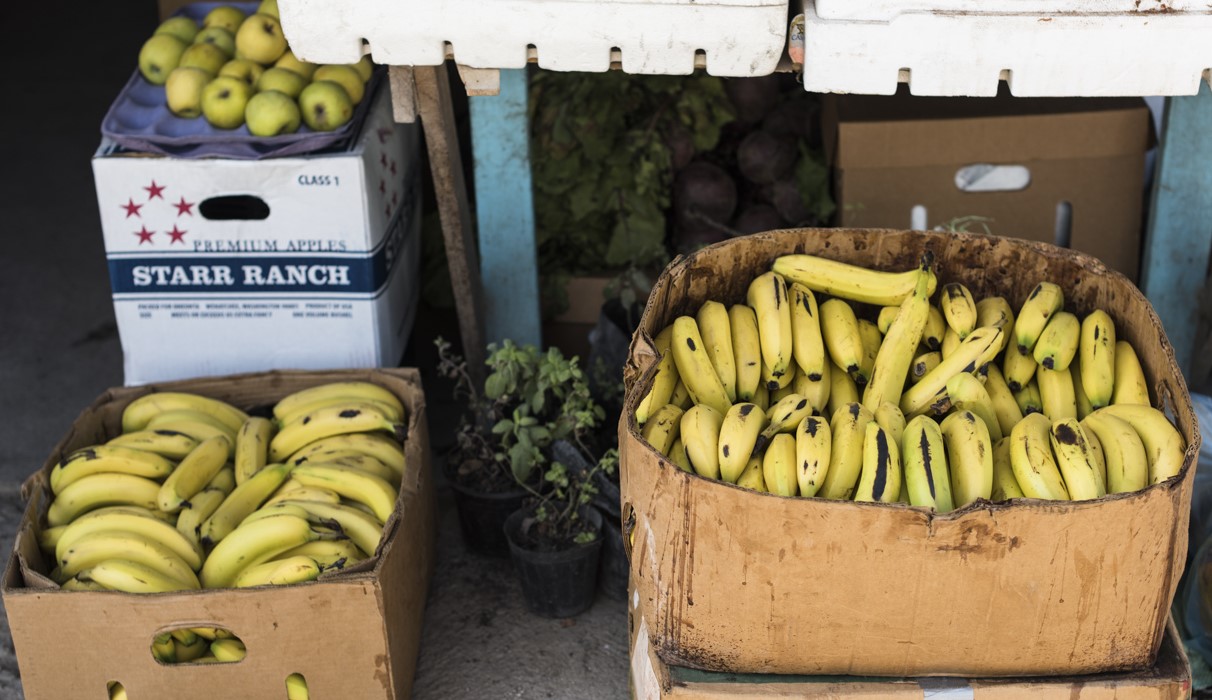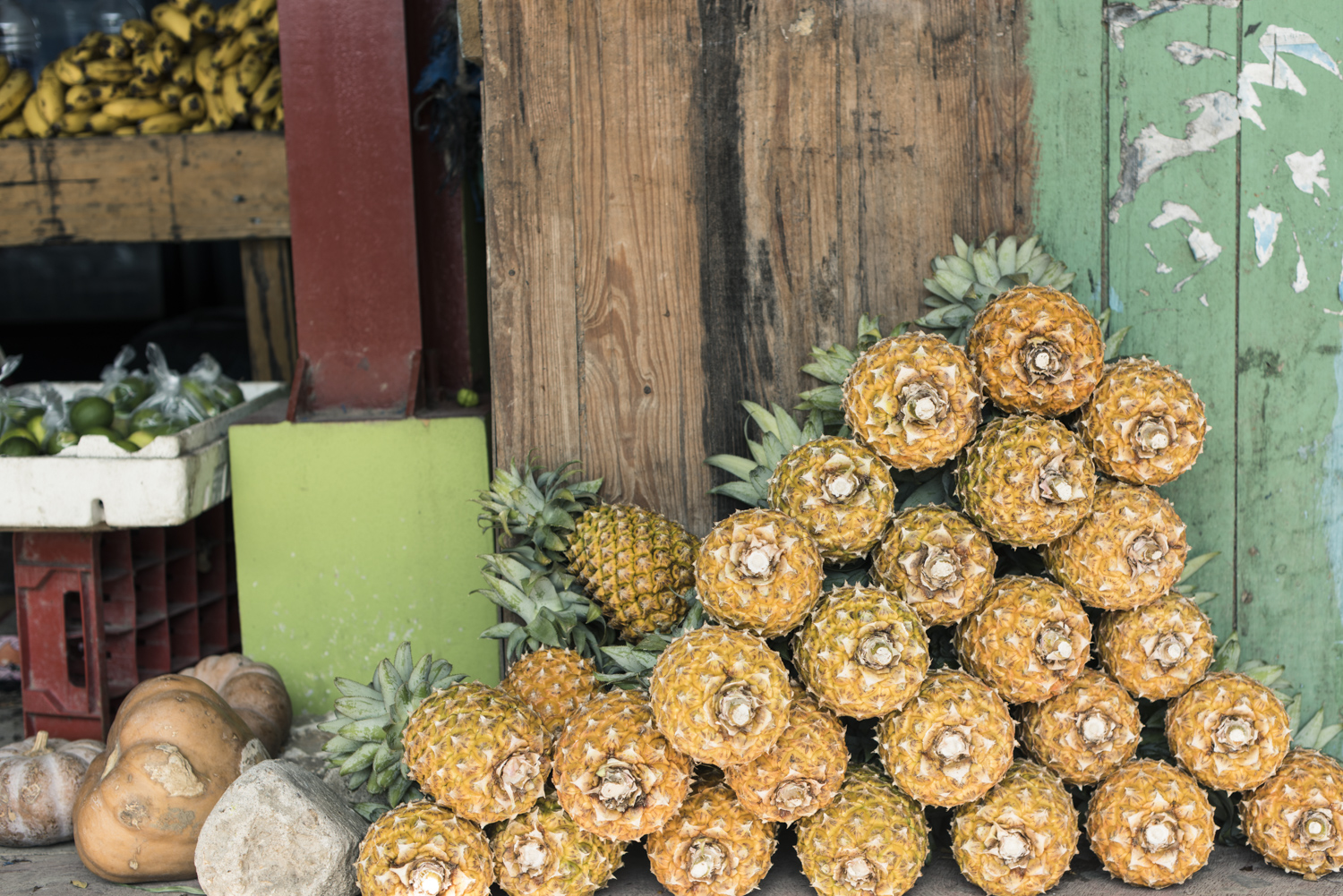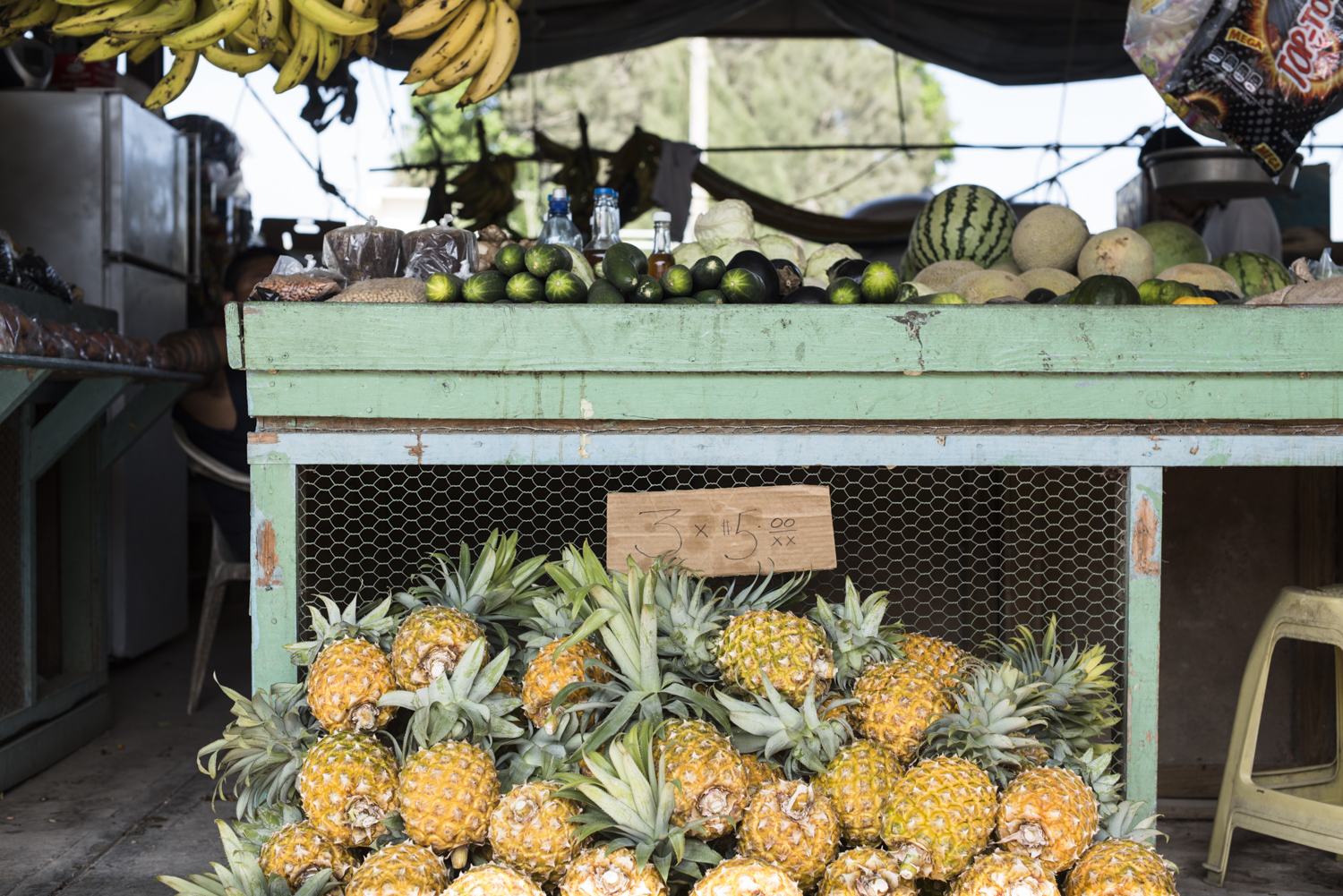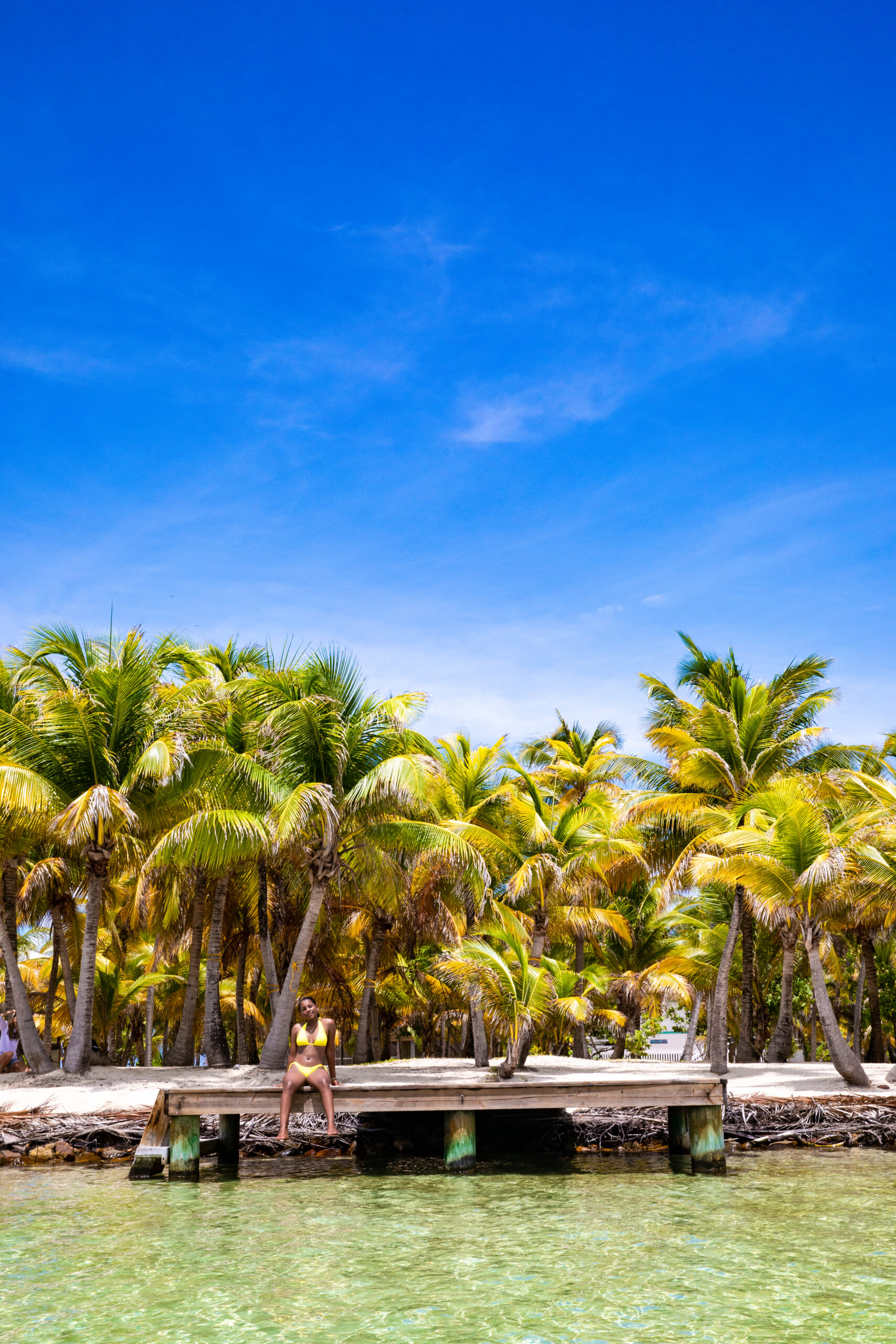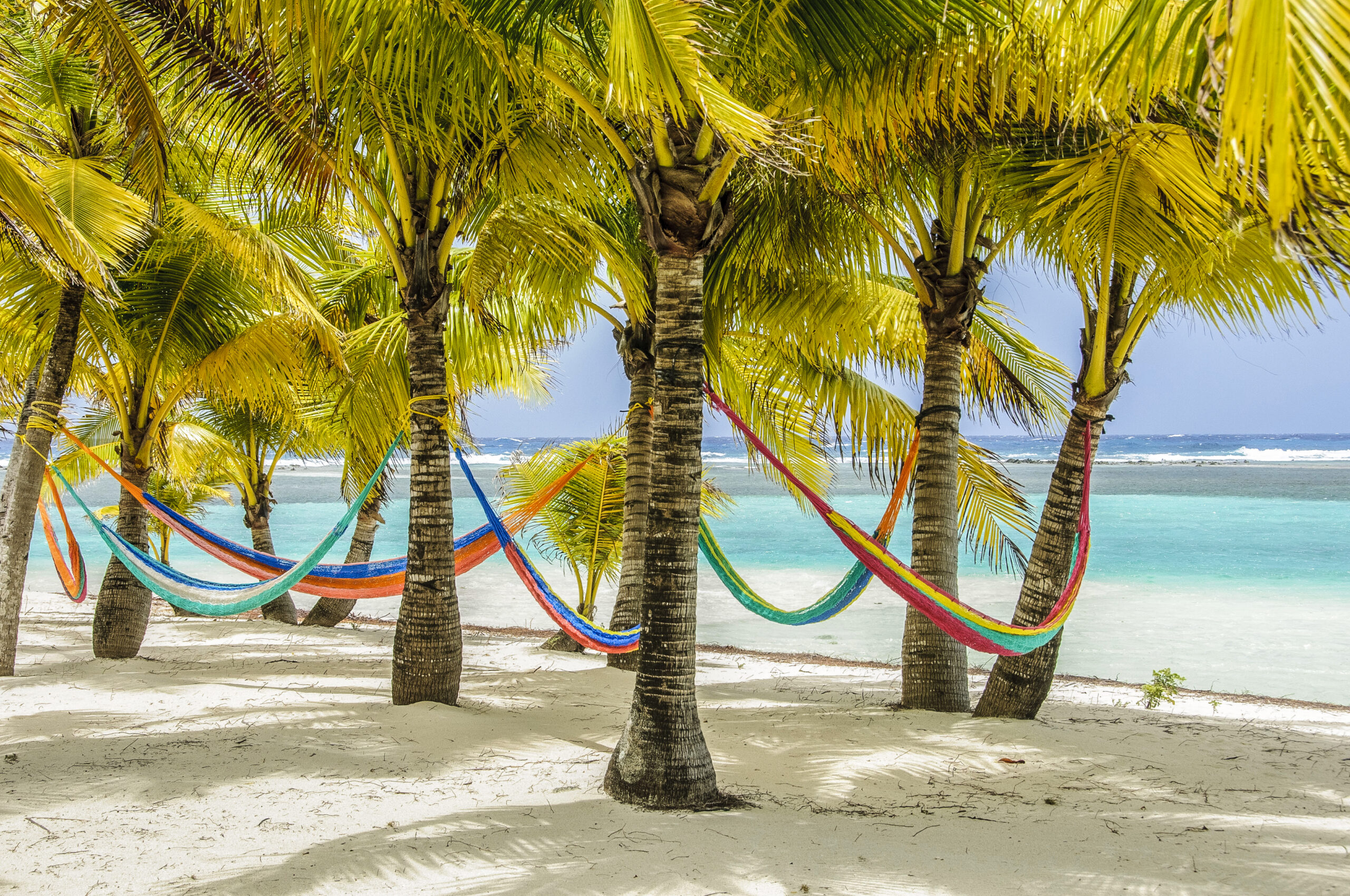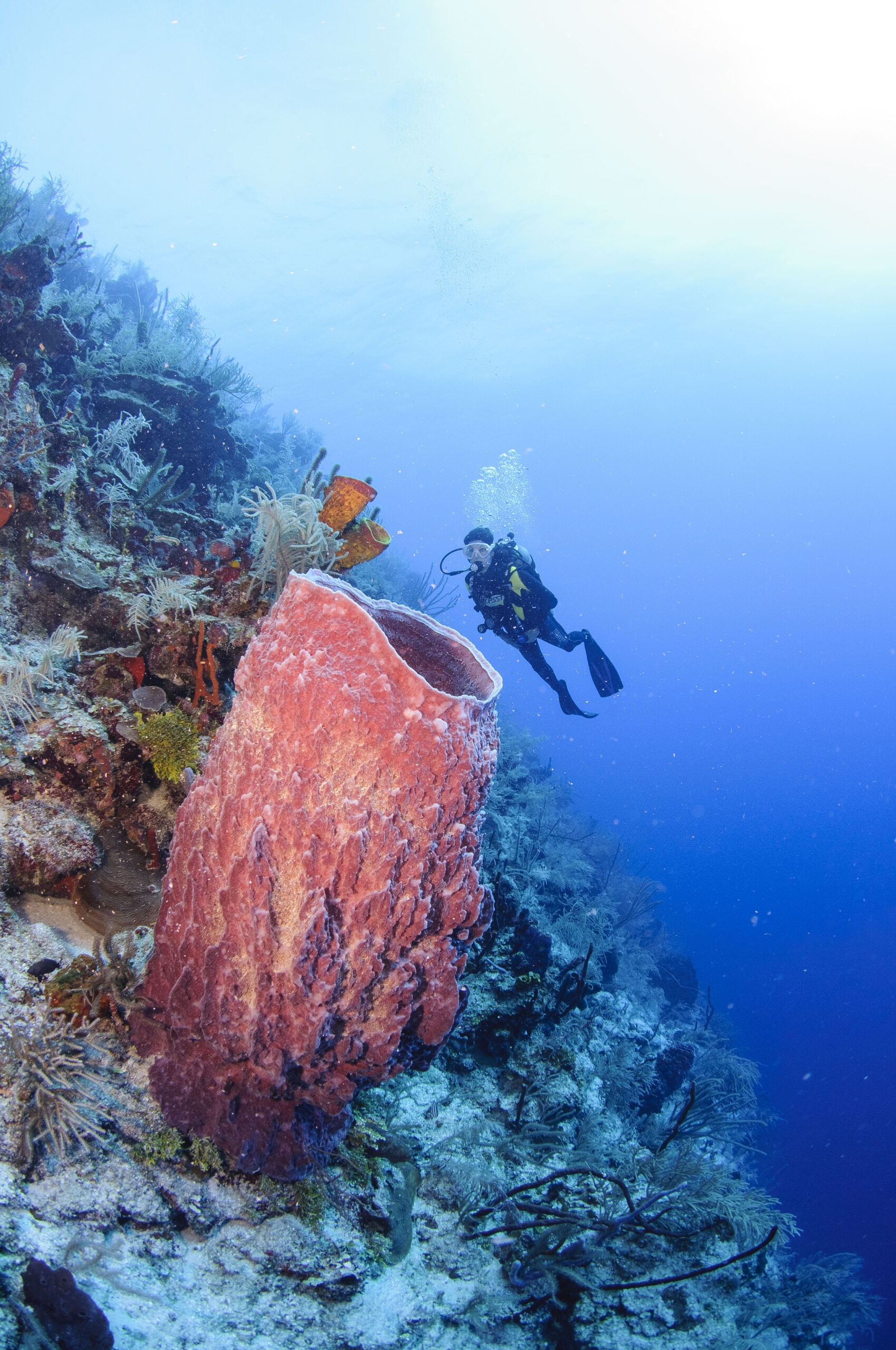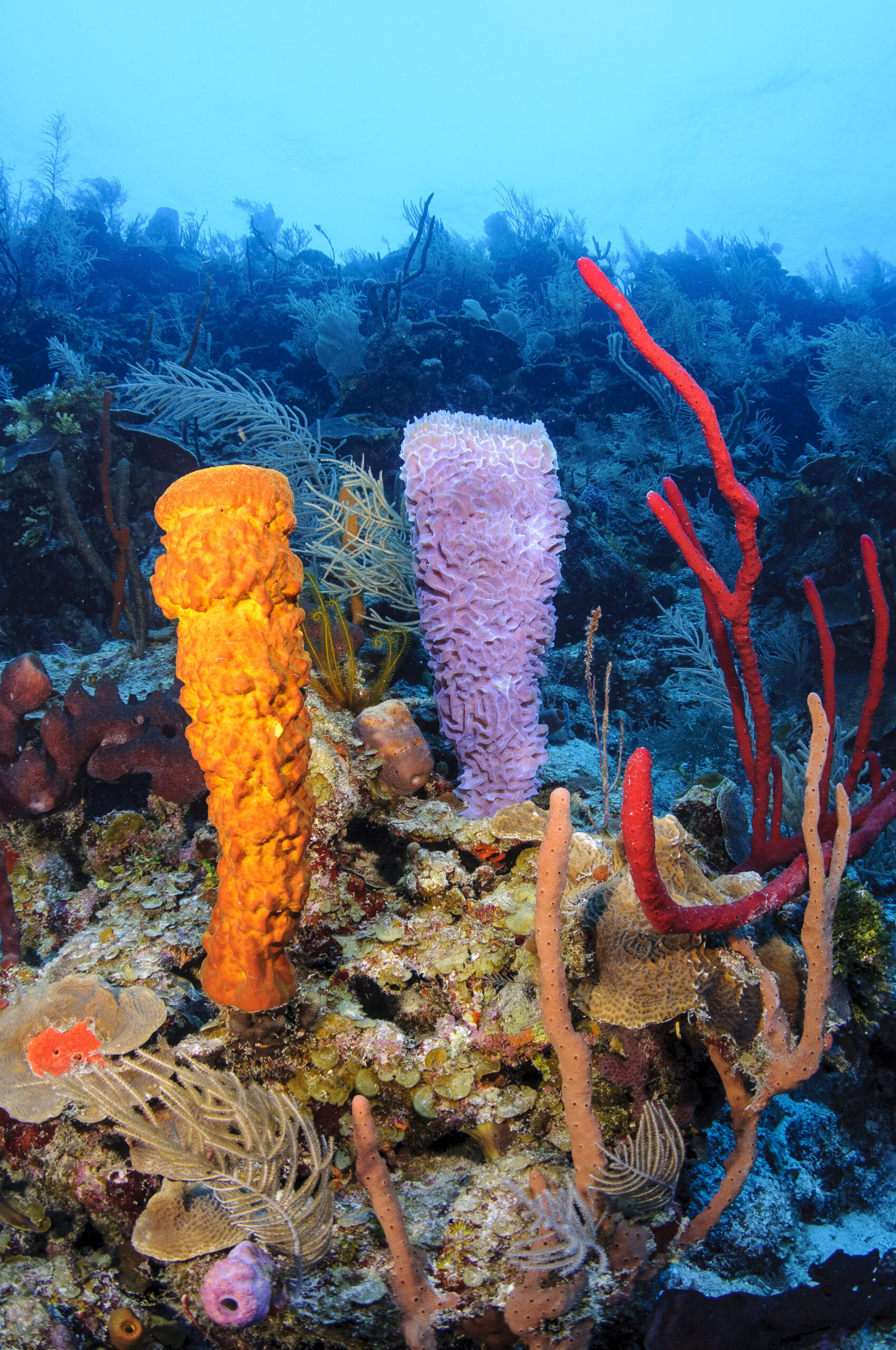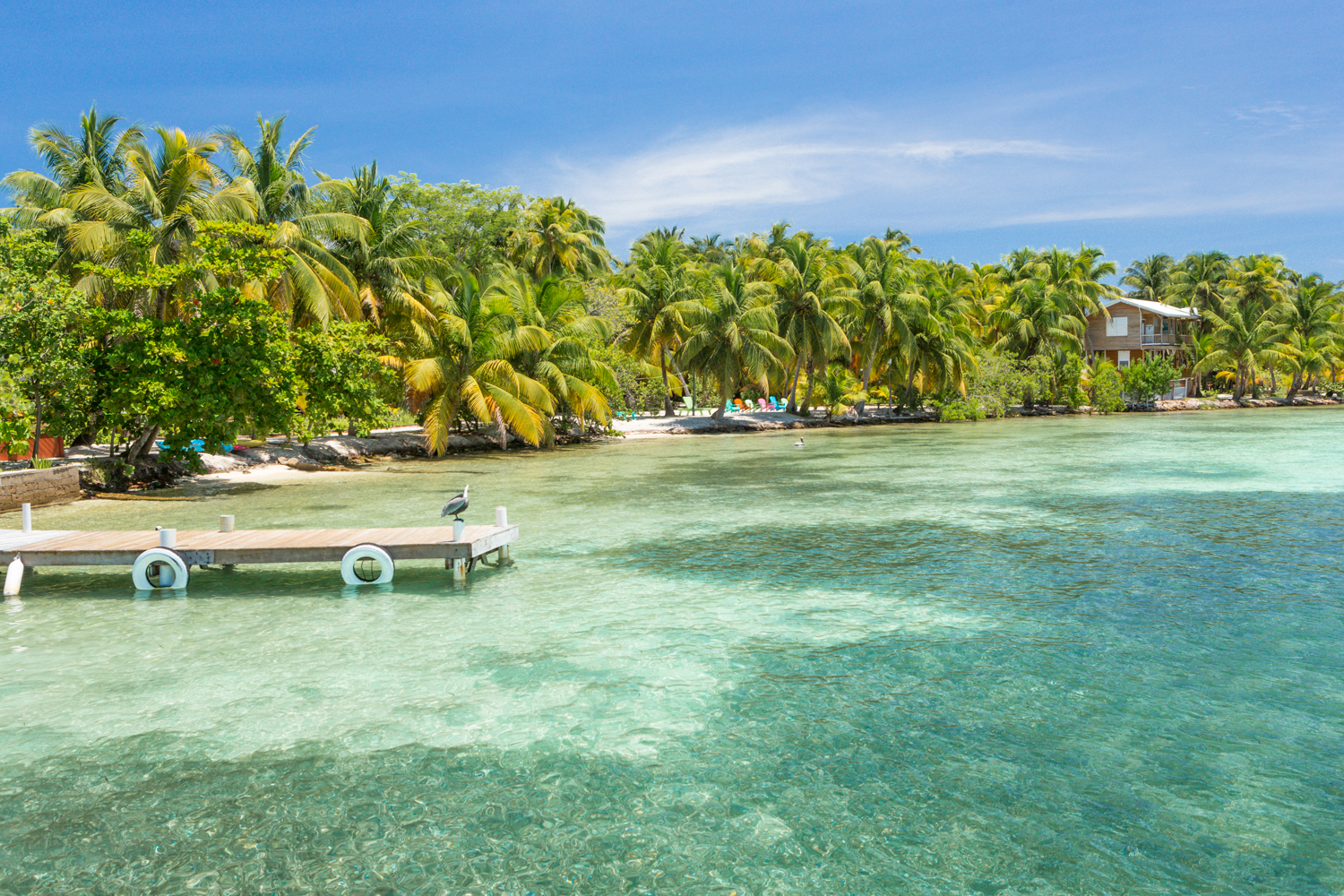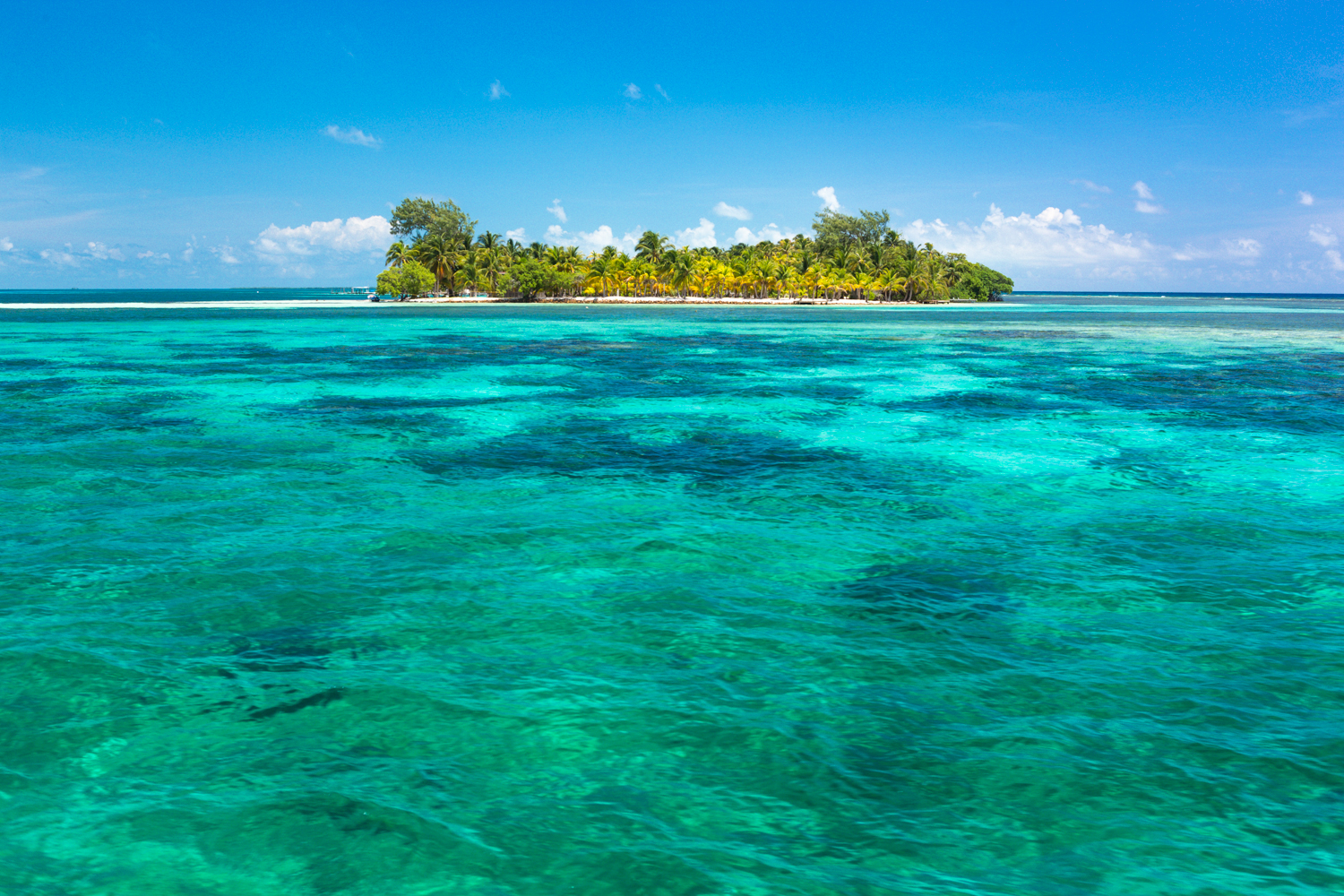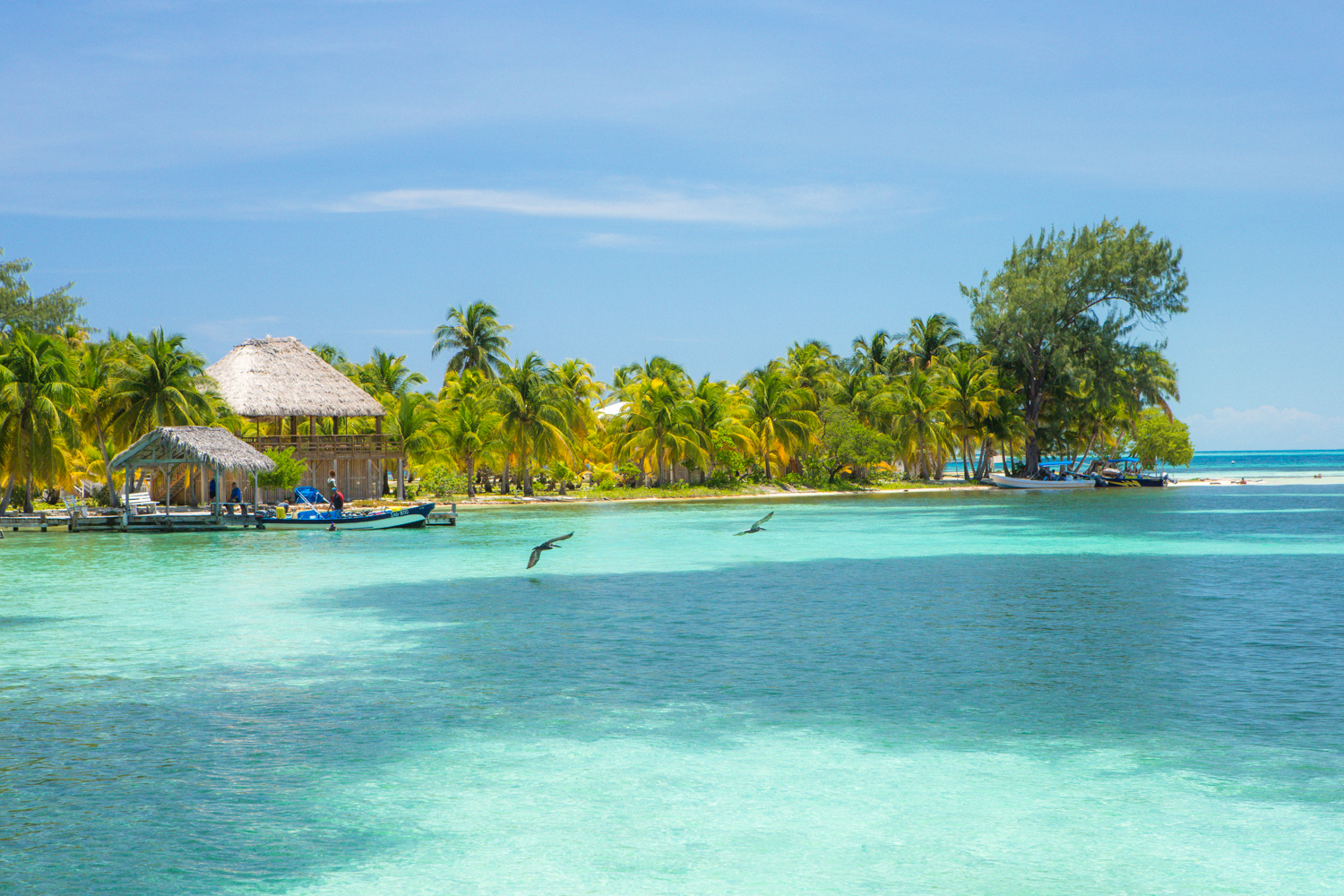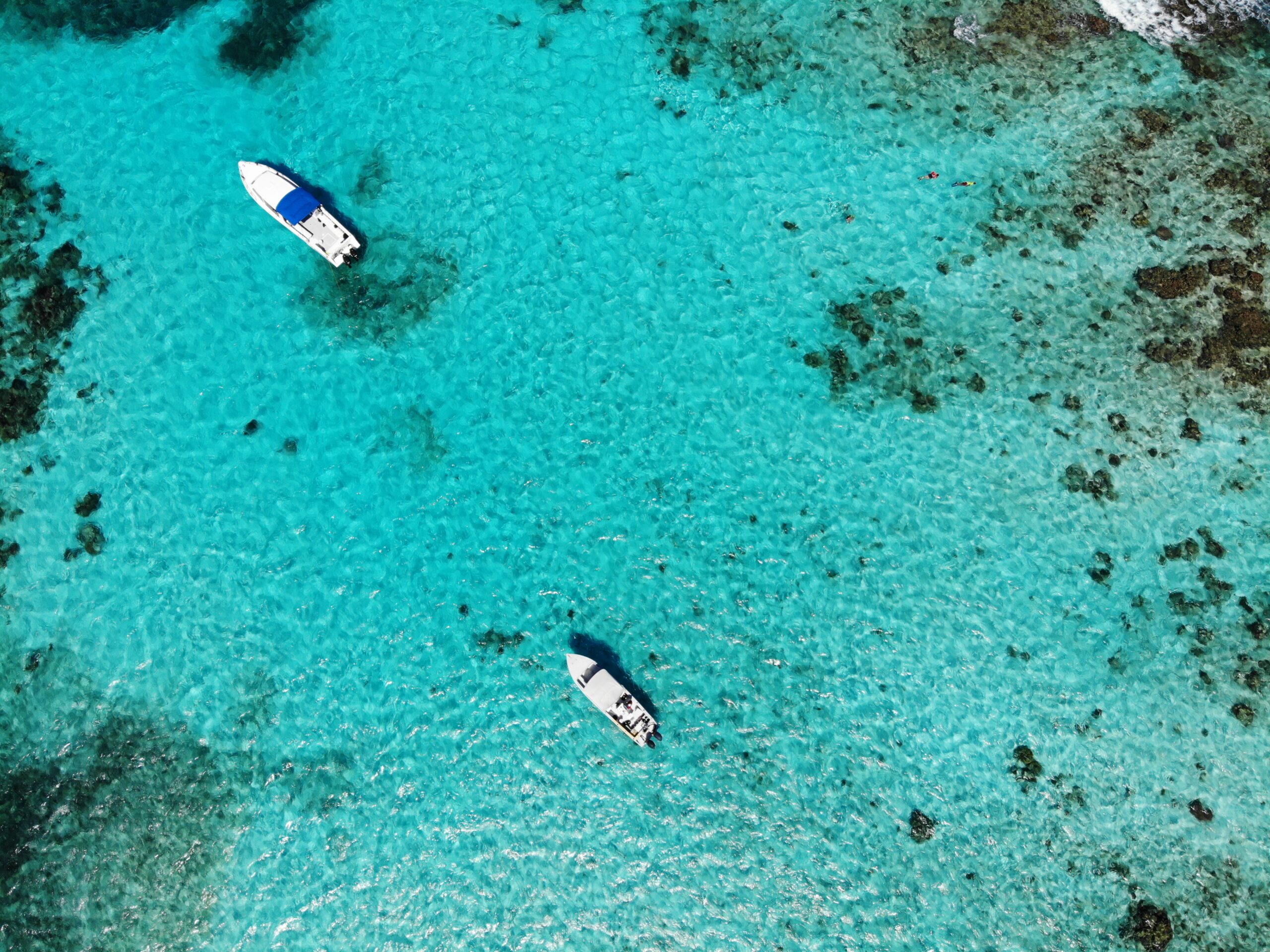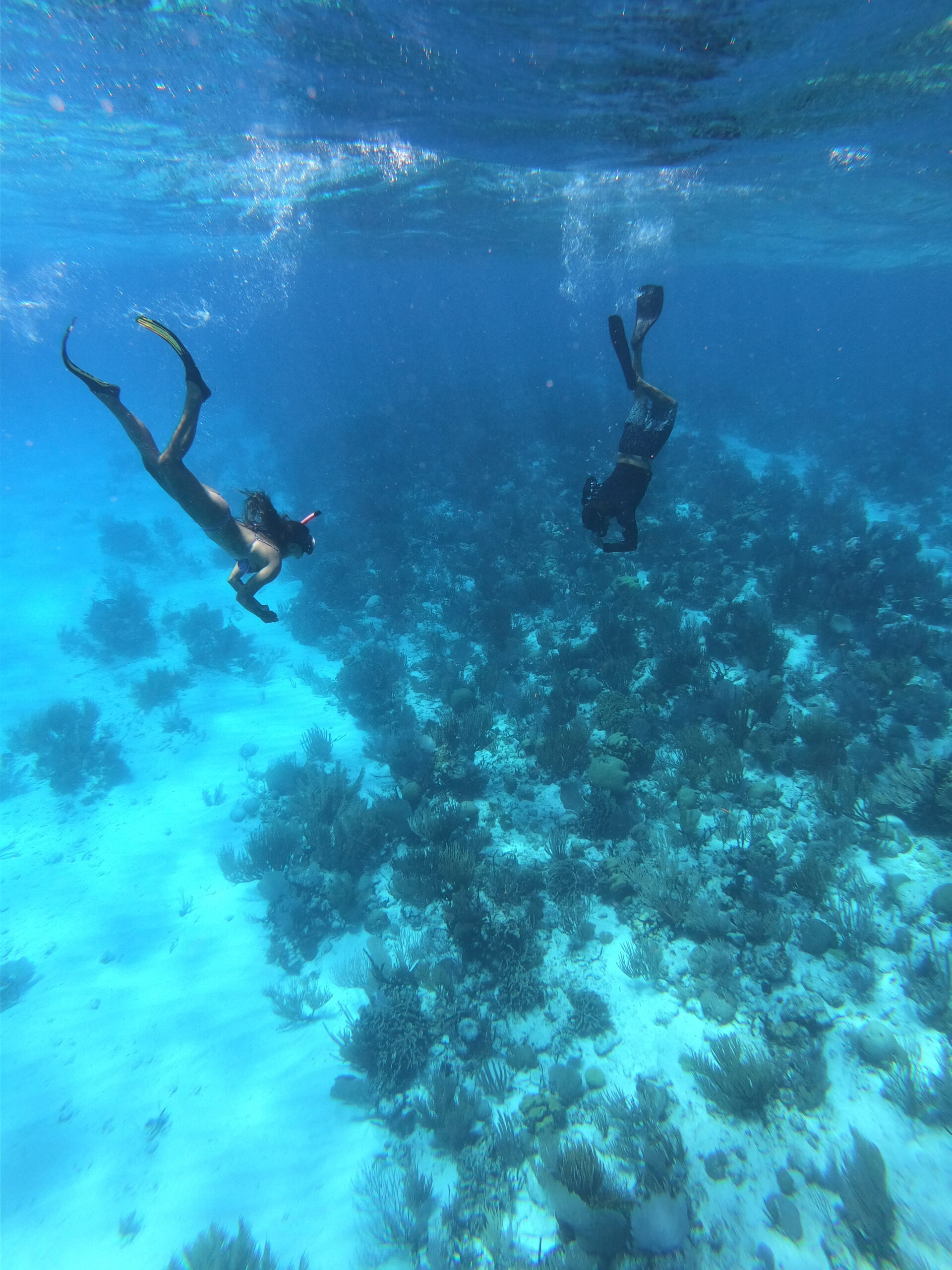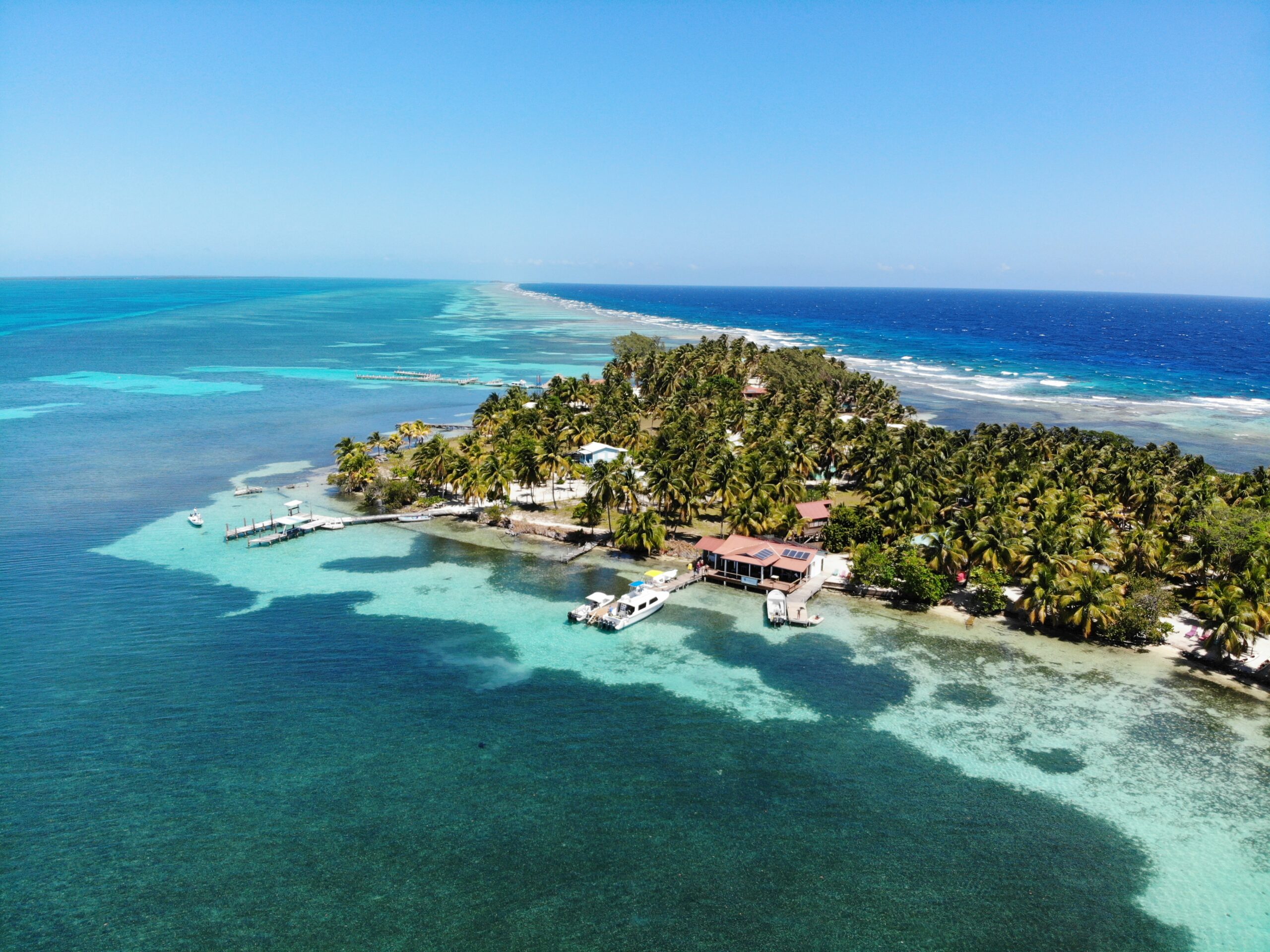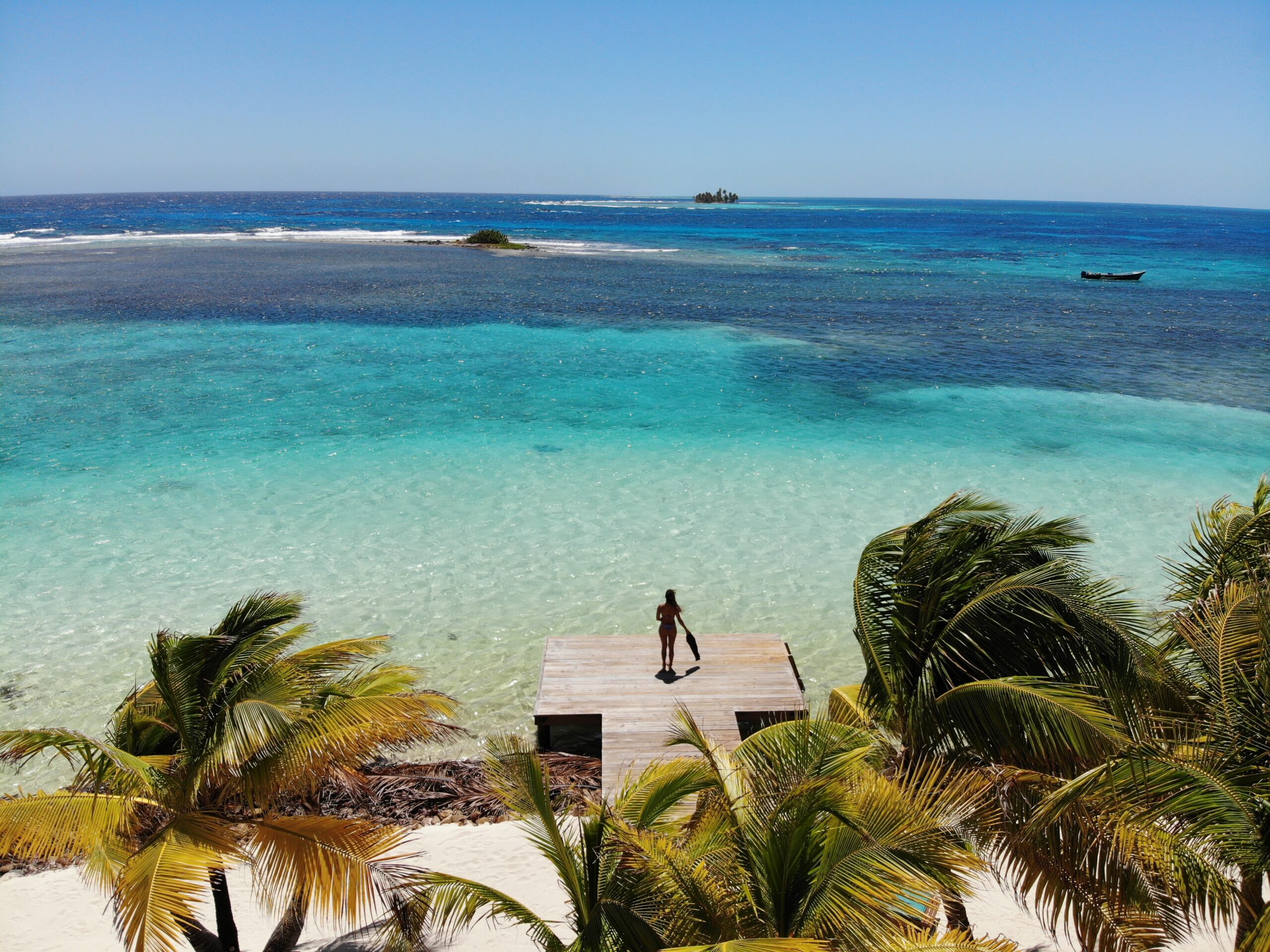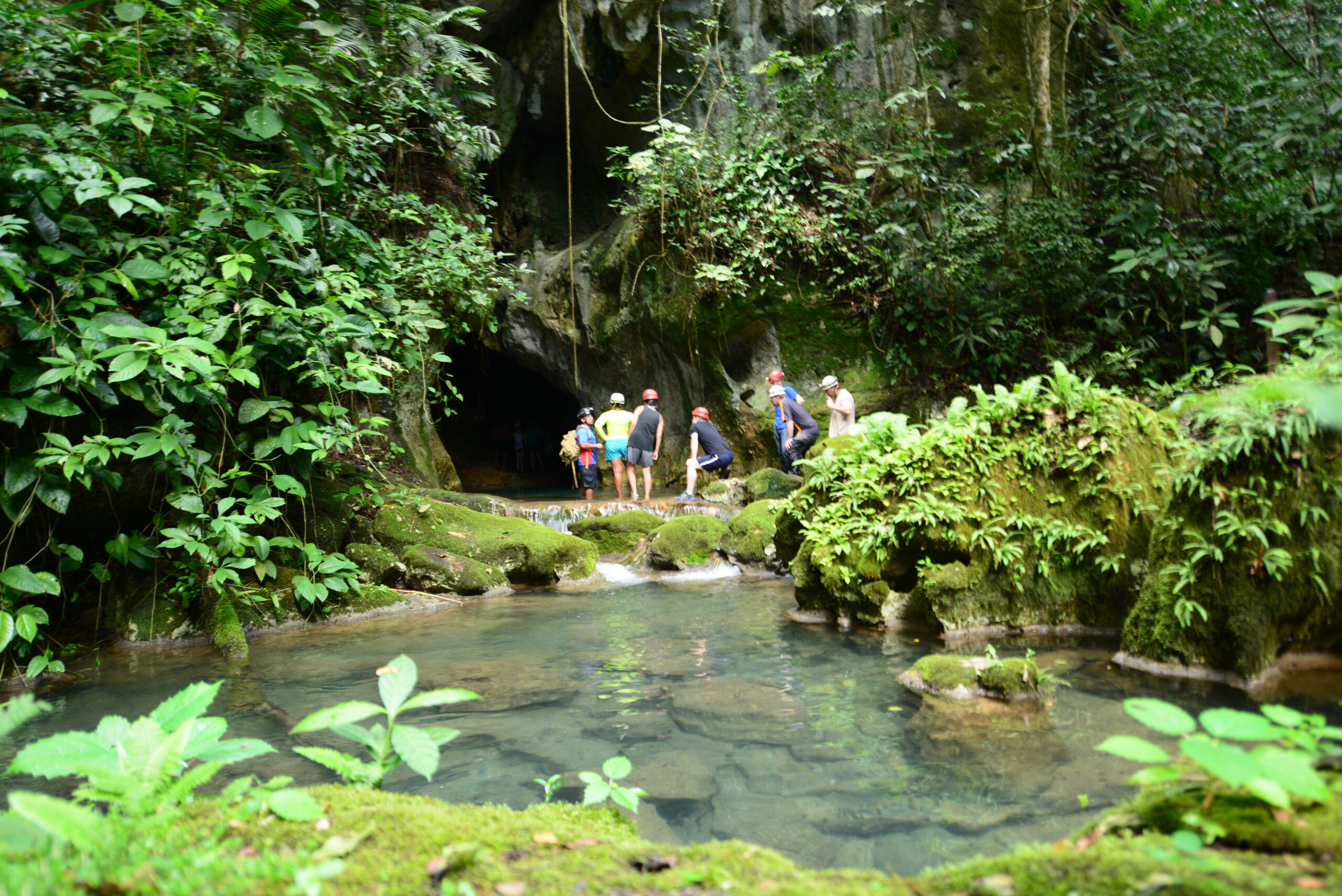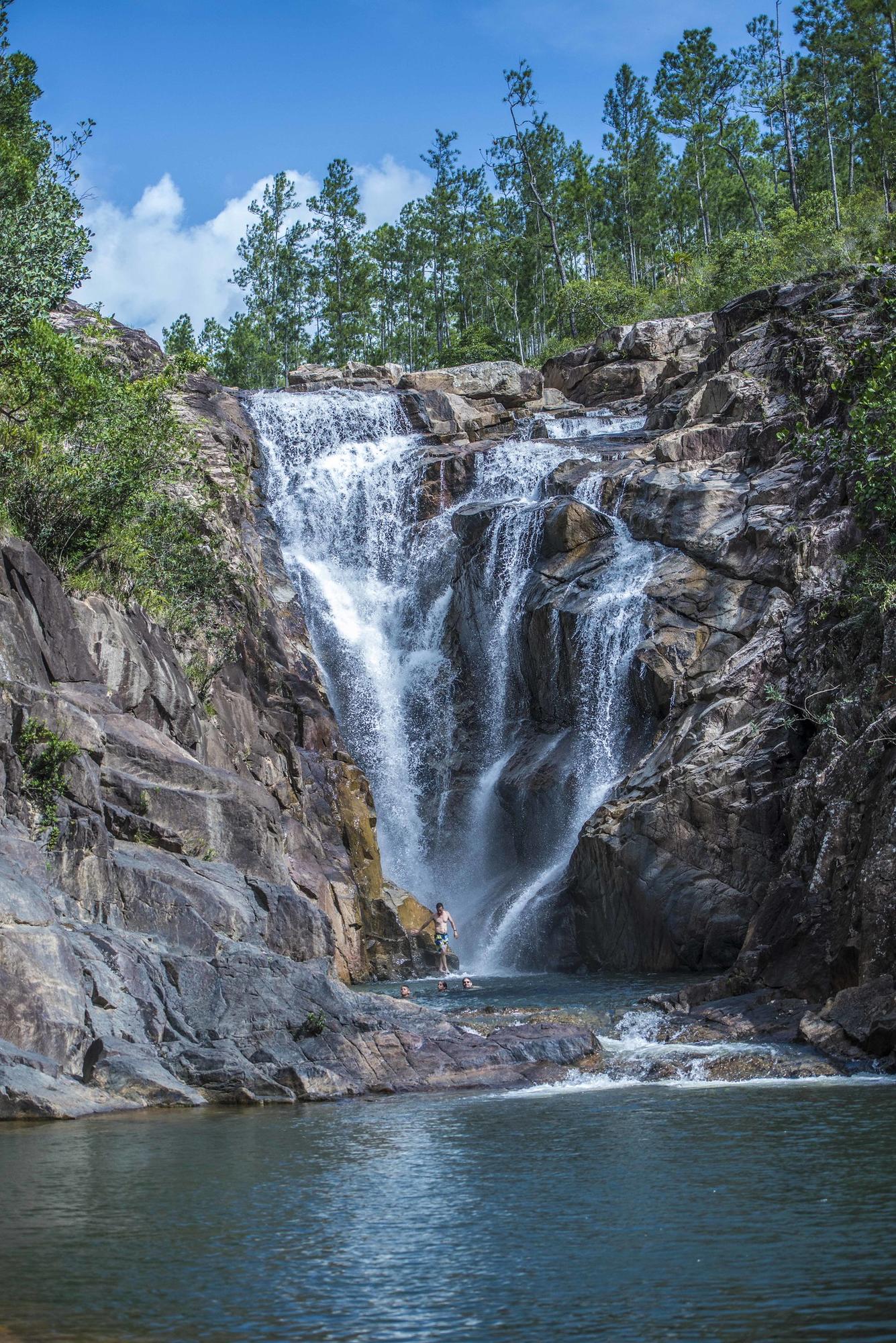BELIZE DIGITAL CHARTS
BELIZE DIGITAL CHARTS IN MBTILES FORMAT
AHOY !
... join the Ocean Posse to gain access to THIS AND OTHER information >>
JOIN THE OCEAN POSSE _FOR ACCESS TO THIS AND OTHER INFORMATION - SIGN UP HERE >>
ALREADY SIGNED UP ? FOLLOW THIS LINK TO LOGIN >>
The Ocean Posse offers many saving benefits in addition to validate information by fellow yacht owners >>
BENEFITS OF of joining the Ocean Posse
SAVE TIME - SAVE MONEY - and get the best and most up to date INFORMATION !
| BENEFITS FOR YOU, YOUR YACHT & YOUR CREW |
|
|
| PRE SEASON | IN SEASON | |
| ✔️ Up to date and verified information by fellow yachts | ✔️ | ✔️ |
| 📊 Communications focused on facts, not opinions or unsolicited advice | ✔️ | |
| 💰 Save real money at 70+ Marinas with discounts * | ✔️ ( June ) | ✔️ |
| 🛰️ Free vessel and fleet tracking courtesy of Predict Wind | ✔️ | |
| 🚩 Free Burgee | ✔️ | |
| 💰 Save with service providers and chandleries | ✔️ ( June ish ) | ✔️ |
| 🕵️ dedicated, experienced and discounted Canal and clearing in agents | ✔️ | ✔️ |
| 🗺️ Free aid to navigation 150 Gb OpenCPN satellite charts (mac/pc/android) | ✔️ immediately | ✔️ |
| 💰 Save Money on parts with a Westmarine Pro Discount | ✔️ | |
| 💰 Save Money with a Predict Wind Pro Discount | ✔️ | |
| 🗺️ Free Printable Reference Charts emergency backup to your electronics | ✔️ immediately | ✔️ |
| 📹 Free Video Seminars on destinations from those who are there | ✔️ immediately | ✔️ |
| 🌩️ Top weather routing avail by Marine Weather Center Chris Parker | ✔️ | |
| ⛵ Community of voyagers all are welcome, kids, single-handers, pets | ✔️ | ✔️ |
| ⚓ Peer support in emergencies with escalation procedures | ✔️ | |
| 🛈 Fleet Updates via email – free | ✔️ Prior Fleet immediately | ✔️ |
| 🏆 Fun Award Categories | ✔️ | |
| 📍 Free access to GOOD NAUTICAL Anchorage reports | ✔immediately | ✔️ |
| ☎️ Free Weekly live calls on Mondays via dedicated LINE.me group | ✔️ | |
| 💬 Free 24/7 LINE group channel | ✔️end of June | ✔️ |
| 🌊 Benefit from the latest information and prior experience participants | ✔️ | |
| 🔭 Be part of a fleet of sensor for those who come behind you or meet | ✔️ | |
| 🚷 Always priority traffic – for participants by participants | ✔️ |
- (* as long as you do not have prior contracts or reservations in place and of course subject to a marina’s availability the longer you stay the more discount the marina may give you )
If this is agreeable you can sign up now >>
THE ABOVE FILES ARE FOR LOGGED IN USERS ONLY
BELIZE 🇧🇿 WESTERN CARIBBEAN CRUISING AND SAILING WITH THE OCEAN POSSE
MARINAS IN BELIZE SPONSORING THE OCEAN POSSE
| The Moorings >> | Placencia |
| The Placencia >> | Placencia |
| Thunder Birds Marina >> | Placencia |
| Roberts Grove >> | Placencia |
| Kukumba Beach >> | Belize City |
| The Placencia Yacht Club >> | Placencia |
| Radisson Fort George Marina >> | Belize City |
| Sitee River Marina >> | Hopkins |
WEATHER
PILOT CHARTS
These Pilot Charts provide historic points and aggregated information of wind flows, air and ocean temperatures, wave heights, rain, barometric weight, and climate conditions at various seasons. This data was acquired from oceanographic and meteorologic perceptions over hundreds of years starting in the late eighteenth century. These diagrams are planned to help mariners choose routes with respect to the normal climate and sea conditions using prevailing seasonal wind information. For an explanation of how to read Wind-roses and interpret historic Climatology follow this link.
PORTS OF ENTRY
- San Pedro, Ambergris Caye: A popular entry point located near the Mexican border, known for its vibrant tourist atmosphere and proximity to major attractions. San Pedro is ideal for yachts arriving from or departing to Mexico (Noonsite) (Noonsite).
- Belize City: The largest city and a major hub for maritime activities, Belize City offers multiple marinas such as Radisson Fort George Hotel & Marina and Cucumber Beach Marina. It is well-equipped with facilities for visiting yachts (Noonsite) (Noonsite).
- Big Creek / Placencia: Situated in southern Belize, this port is favored for its accessibility and comprehensive services. It serves as an excellent gateway to exploring the southern parts of the country (Noonsite) (Noonsite).
- Punta Gorda: Known for its friendly authorities and ease of access, Punta Gorda is a smaller yet significant port of entry, particularly convenient for yachts cruising to and from southern Belize (Noonsite) (Noonsite).
- Caye Caulker and Sapodilla Lagoon: These locations offer additional options for yachts looking to explore Belize’s beautiful islands and coastal area
- San Pedro, Ambergris Caye: A popular entry point located near the Mexican border, known for its vibrant tourist atmosphere and proximity to major attractions. San Pedro is ideal for yachts arriving from or departing to Mexico (Noonsite) (Noonsite).
- Belize City: The largest city and a major hub for maritime activities, Belize City offers multiple marinas such as Radisson Fort George Hotel & Marina and Cucumber Beach Marina. It is well-equipped with facilities for visiting yachts (Noonsite) (Noonsite).
- Big Creek / Placencia: Situated in southern Belize, this port is favored for its accessibility and comprehensive services. It serves as an excellent gateway to exploring the southern parts of the country (Noonsite) (Noonsite).
- Punta Gorda: Known for its friendly authorities and ease of access, Punta Gorda is a smaller yet significant port of entry, particularly convenient for yachts cruising to and from southern Belize (Noonsite) (Noonsite).
- Caye Caulker and Sapodilla Lagoon: These locations offer additional options for yachts looking to explore Belize’s beautiful islands and coastal area
DOCUMENTS
What is SailClear?
Sailclear is an online pre-arrival notification system which is available for use by yachts and other pleasure craft operators. The system allows Captains to submit their Customs declarations in the form of electronic notifications prior to arrival in certain participating countries in the Caribbean. Registered users can access the system to enter and update notifications about their yachts, crew and passengers while transiting the Caribbean region.
“It is an innovative but simple facility which is intended to simplify the clearance process, reduce the time spent with the Customs officials and generally improve the experience of the visiting yacht crew and passengers.”
| DOCUMENTATION | BELIZE | |
| Passport | Valid for at least 6 months; requires one blank page | |
| Boat Documentation | Coast Guard Doc (Original) Pre-arrival Notification Required – www.sailclear.com |
|
| Proof of Insurance | Liability | |
| Crewlist | Required at checkin/out Pre-arrival Notification using- www.sailclear.com Entered in SailClear – Belize Port Authority Press release here  |
|
| Zarpe | Required at checkin/out | |
| OFFICIAL PROCEDURES | HAIL UPON ARRIVAL | |
| Official Country Visa |
The visitor’s permit extension allows you to remain on condition that the holder does not enter into employment paid or unpaid and does not engage in any business or profession without the consent of the Director of Immigration and does not remain in Belize further that the expiration of permit. The Visitor’s Permit Extension allows you to stay in Belize for an additional 30 days. FeesFees with effect from 1 May 2020. All fees are in Belize dollars. The Visitor’s Permit Extension fee is BZ$200.00 Who can QualifyPersons who want to extend their holidays in Belize or persons investigating the possibilities of settlement. Persons who require a visa (see Visa Section) after a predefined number of extended days in Belize, must acquire that visa before being issued a visitor’s permit extension.
Holders of a Belize visa may qualify for visitor’s permit extension. |
|
| Immigration Visa | Good for 180 days; must leave country to renew | |
| Required Permits | TIP | |
| Upon Arrival Visit: | Immigration; Customs; Port Authority | |
| Upon Departure Visit: | Immigration; Customs; Port Captain | |
| Entry & Exit Fees: | ||
| Notes: | Expect to be boarded by Navy upon entering and/or leaving the country | |
| OTHER | ||
| Required Vaccinations | ||
| Pets | Vaccination Certificate | |
| Currency: Belize Dollar |
| Crime Index | Safety Index | Corruption Index | Corruption Score | GDP x capita, | Pop (K) | Life Ex. | Cost of Living | Groc. | Rest. $ | Loc.Purch.P. | ||
| 53.62 |
|
NA | 29 % | $ 4,884 | 383 | 74.36 |
US EMBASSY
17°15’23.9″N 88°46’23.9″W
Belmopan, Belize
https://bz.usembassy.gov/
Ships’ documents may be submitted at the Authority’s Headquarters during normal working hours from Monday – Friday for ships that are scheduled to enter on weekends and holidays at our Main Headquarters. Arrangements must be made by 4:00 pm of the preceding work days for services.
Effective 1 April, 2019:
A portal has been created shipdocumentation@gmail.com for electronic submission of shipping documents which shall include cruise and cargo ship information such as;
- Notice of Arrival within 48 hours
- Departure Notice
- Certificate of Clearance
- Pilotage and Boarding Report
- Import and Export Cargo Manifests
- Ship’s Registry
- International Ship Security Certificate (on initial visit or annually)
- Protection and Indemnity Certificate (on initial visit or annually)
- Continuous Synopsis Record (on initial visit or annually)
- Tender manifests
Numbers 1, 2, 3, and 4 listed above are to be submitted in paper form in duplicates or triplicates as requires for proper authentication.
Upon boarding, only documents listed below are to be provided to Boarding Officers of the Belize Port Authority:
- Arrival Declaration
- Nil List
- Clearance from Last Port of Call
- Pilot card
- Discrepancy Report (if any)
Tariffs to be charged for private pleasure yachts visiting the seaports in Belize are to include a fee for the waiver of pilotage the fees to be charged are stated below:
| Pilot Waiver Fees | Standard Rate |
| Vessels less than 50 GT | Not Applicable |
| Vessels more than 50 GT But less than or equal to 100 GT |
$ 150.00 |
| Vessels more than 100 GT But less than or equal to 500 GT |
$ 250.00 |
| Vessels more than 500 GT But less than or equal to 2000 GT |
$ 500.00 |
| Vessels more than 2000 GT | $ 750.00 |
| Charges | Particulars | Cost |
| Administrative Charges | For Boarding and clearance | 100.00 |
| Boarding for entry | For ships not more than 100 GT | 30.00 |
| for ships more than 100 GT | 75.00 | |
| Clearance | For ships more more than 100 GT | 30.00 |
| For ships not more than 100 GT | 50.00 | |
| Navigational Aids | Per call per vessel | $1.50 per GT (with a maximum of 875.00) |
| Port Dues: | First 48 hours | Each 24 hrs thereafter |
| On ships not more than 100 GT | $ 30.00 | $ 10.00 |
| On ships more than 100 GT but no more than 500 GT |
$ 40.00 | $ 15.00 |
| On ships more than 500 GT but not more than 2,000 GT |
$ 80.00 | $ 20.00 |
| On ships more than 2,000 GT But not more than 5,000 GT |
$ 140.00 | $ 45.00 |
| On ships more than 5,000 GT but not more than 10,000 GT |
$ 200.00 | $ 50.00 |
| On ships more than 10,000 GT but not more than 15,000 GT |
$ 240.00 | $ 60.00 |
| On ships more than 15,000 GT but not more than 20,000 GT |
$ 320.00 | $ 100.00 |
| On ships more than 20,000 GT | $ 400.00 | $ 120.00 |
| Port Security (ISPS) Fees: | Standard Rate | |
| For cruise ships | 0.60 per pax | |
| For Cargo ships on ships between 0-500 GT |
$ 300.00 | |
| On ships more than 501 GT but not more than 5,000 GT |
$ 700.00 | |
| On ships more than 5,001 GT But not more than 15,000 GT |
$ 1,400.00 | |
| on ships more than 15,001 GT | $ 2,000.00 | |
Note: All prices are in Belize dollars (BZD)


MUST SEE
Belize Barrier Reef System a UNESCO World heritage Site >>
7 marine preserves
- Bacalar Chico Natural Monument 18.141° N 87.863° W
- Half Moon Caye Natural Monument 17.2047° N 87.5364° W
- Blue Hole Natural Monument 17.3160° N 87.5347° W
- South Water Caye Marine Reserve 16°43′08″N 88°08′56″W
- Laughing Bird Caye Natural Park 16°26’36” N 88°11’50″W
- Sapodilla Caye Marine Reserve 16°08′46″N 88°16′52″W 16.146°N 88.281°W / 16.146; -88.281
Atolls
Turneffe Atoll 17.4382° N, 87.8304° W
Glovers Reef Atoll 16.71729,-87.84885.
Lighthouse Reef Atoll 17°18′N 87°33′W / 17.300°N 87.550°W / 17.300; -87.550.

Actun Tunich Muk’nal Cave System >>

LABANAI MAYAN SITE “SUBMERGED CROCODILE”>>

Mayan ruins of ALTUN HA>>
for a complete list of tour oprators follow this link >>
REPAIRS AND SERVICE PROVIDERS
HUMMINGBIRD MARINA

HAKIM

EMERGENCIES AND SAR INFO
Defence Force Air Wing
Type: ARCC, Country: Belize, SRR: SRR BELIZE
Latitude, Longitude:
(17.48332977,-88.18332672)
Telephone:
501 205 2172 not 24 hours/day please contact NSA
Email:
Fax:
501 205 2094 not 24 hours/day please contact NSA
Website:
INMARSAT:
Telex:
Notes:
Defence Force Maritime Wing
Type: MRCC, Country: Belize, SRR: SRR BELIZE
Latitude, Longitude:
(17.48332977,-88.18332672)
Telephone:
501 205 2171 not 24 hours/day refer to NSA
Email:
Fax:
501 205 3334 not 24 hours/day refer to NSA
Website:
INMARSAT:
Telex:
CHARTS
AIDS TO NAVIGATION
Please sign up with Good Nautical for Anchorages, Marinas, and Ports of Entry Information.
COMMUNICATIONS
TOUR OPERATORS
ARCHEOLOGICAL SITES
| Exotic Shore Excursions | exoticshoreexcursions@gmail.com | + 501 | 610-4109 | ||||
| Tourism Auto Transport Ltd. | www.cave-trips.com | belizetrips@yahoo.com | + 501 | 670-0764 | |||
| Belize Caribbean Tours | www.belizecaribbeantour.net | belizecaribbeantours@yahoo.com | + 501 | 600-5030 | |||
| H2O Tierra | h20tierra.com | h2otierra@btl.net; savannah@btl.net | + 501 | 610-3754 | |||
| Chukka Belize Ltd. | www.chukka.com | belize@chukka.com; vwoods@chukka.com | + 501 | 223-4438 | |||
| Tropical Excursions & Tours | belizeadventures.bz | artonbowen@yahoo.com | + 501 | 629-0015 | |||
| Cave-Tubing Com | www.cave-tubing.com | info@Cave-tubing.com | + 501 | 605-1575 | |||
| Coral Breeze Adventure Tours | coralbreezetours.com | ivarmarchand@gmail.com | + 501 | 615-5487 | |||
| Belize Concierge Excellent | bzeconcierge.com | info@bzeconcierge.com | + 501 | 223-3206 | |||
| Belize Horse & Carriage Tours & Services | belizehorsecarriagetours@yahoo.com | + 501 | 6100674 | ||||
| Caribbean Multicultural Tours | hellombt32@gmail.com | + 501 | 610-6909 | ||||
| Jabiru Travel & Tours | jabirubelize@gmail.com | + 501 | 6007971 | ||||
| Big Johns Tours & Taxi | BigJohnBZ@yahoo.com; john.pollard1968@yahoo.com | + 501 | 671-4069 | ||||
| Irvin’s Belizean Adventures | irvinbelizeanadventuretours@gmail.com | irvinlongsworth@yahoo.com | + 501 | 615-4069 | |||
| Splash Wave Tours | www.splashwavetours.com | Splashwavetours@hotmail.com | + 501 | 223-1145 | |||
| S & L Travel & Tours Limited | www.sltravelbelize.com | sltravel@btl.net; info@sltravelbelize.com | + 501 | 610-1384 | |||
| Belize Jungle Limousine Tours | info@belizejunglelimo.com | + 501 | 671-3003 | ||||
| 5 Star Adventure & Excursions | www.cavetubingstar.com | cavetubing5star@gmail.com | + 501 | 6043989 | |||
| Way To Go Belize Tours | www.waytogotoursbelize@gmail.com | waytogotoursbelize@gmail.com | + 501 | 601-4447 | |||
| Touch Taste & C Belize | robateau_roy45@yahoo.com | + 501 | 607-8925 | ||||
| Ecological Tours & Charters | www.ecotoursbelize.com | cavetubing@yahoo.com | + 501 | 223-4874 | |||
| Mayan Tours and Shuttle | www.belizemayantour.com | christobaltours@gmail.com | + 501 | 6211778 | |||
| Exotic Shore Excursions | exoticshoreexcursions@gmail.com | + 501 | 610-4109 | ||||
| ATV | Cave-Tubing Com | www.cave-tubing.com | info@Cave-tubing.com | + 501 | 605-1575 | |||
| Bird Watching | Touch Taste & C Belize | robateau_roy45@yahoo.com | + 501 | 607-8925 | ||||
| Cave Tubing | Ecological Tours & Charters | www.ecotoursbelize.com | cavetubing@yahoo.com | + 501 | 223-4874 | |||
| City Tour | The Calypso Train Tours Limited | www.calypsotraintours.com | deniseockey@shaw.ca | + 501 | 223-5365 | |||
| Cultural Immersion | Belize Jungle Limousine Tours | info@belizejunglelimo.com | + 501 | 671-3003 | ||||
| Diving | Sea Sports Belize | www.seasportsbelize.com | info@seasportsbelize.com | + 501 | 223-5505 | |||
| Fishing | 5 Star Adventure & Excursions | www.cavetubingstar.com | cavetubing5star@gmail.com | + 501 | 6043989 | |||
| Nature Trail | Belize Caribbean Tours | www.belizecaribbeantour.net | belizecaribbeantours@yahoo.com | + 501 | 600-5030 | |||
| Other | S & L Travel & Tours Limited | www.sltravelbelize.com | sltravel@btl.net; info@sltravelbelize.com | + 501 | 610-1384 | |||
| River Tour | Chukka Belize Ltd. | www.chukka.com | belize@chukka.com; vwoods@chukka.com | + 501 | 223-4438 | |||
| Ruins | S & L Travel & Tours Limited | www.sltravelbelize.com | sltravel@btl.net; info@sltravelbelize.com | + 501 | 610-1384 | |||
| Sailing | Glassbox Management Services | www.glassboxmanagement.com | bret@glassboxmanagement.com | + 501 | 610-3566 | |||
| Scuba Diving | 3 Stars Tours Ltd. | Belize Express Tours.com | myron@belizewatertaxi.com | + 501 | 610-3330 | |||
| Snorkeling | Starfish Island | www.starfishislandbelize.com | anuar@belizerays.com; floresanuar52@gmail.com | + 501 | 671-1184 | |||
| Zip-Line | Coral Breeze Adventure Tours | coralbreezetours.com | ivarmarchand@gmail.com | + 501 | 615-5487 | |||
| Zoo | Caribbean Multicultural Tours | hellombt32@gmail.com | + 501 | 610-6909 | ||||
| Tourism Auto Transport Ltd. | www.cave-trips.com | belizetrips@yahoo.com | + 501 | 670-0764 | ||||
| Jose’s Tours | www.Josetoursbelize.com | josetoursbelize@gmail.com | + 501 | 663-5000 | ||||
| S & L Travel & Tours Limited | www.sltravelbelize.com | sltravel@btl.net; info@sltravelbelize.com | + 501 | 610-1384 | ||||
| Challenge Travel & Tours | www.mystiquebelize.com or explorebelizecaves.com | info@challenge.com.bz; explorebzcaves@aol.com | + 501 | 671-8100 | ||||
| Star Tours | www.tropicalparadise.bz | startours@btl.net | + 501 | 226-0374 | |||
ARCHEOLOGICAL SITES
| Belize Caves & Limpkin Tours | www.belizelimpkin.com | info@belizelimpkin.com | + 501 | 634-9748 | |||
| Black Rock Expeditions Ltd. | www.blackrocklodge.com | cboyd@blackrocklodge.com;generalmanager@blackrockl | + 501 | 834-4049 | |||
| Private Belize Adventure | www. privatebelizeadventure.com | privatebelizeadventure@gmail.com | + 501 | 615-3163 | |||
| San Ignacio Resort Hotel (Cayo Gial Tours) | www.sanignaciobelize.com | accounting@sanignaciobelize.com | + 501 | 824-2034 | |||
| Jam Jam Tours | jamjamtours.bz | jamtour@hotmail.com | + 501 | 6235094 | |||
| Yaxche Adventure Tours | www.belizeadventuretour.com | info@belizeadventuretour.com | + 501 | 666-7268 | |||
| George Adventure Tours | georgeadventuretours@gmail.com | + 501 | 665-5463 | ||||
| Kaatz Witz Maya Tours | www.kaatzwitztours.com | e_o_puc@yahoo.com | + 501 | 636-3822 | |||
| Martz Farm Treehouses & Cabanas Ltd. | www.martzfarm.com | martzfarmtreehouses@gmail.com | + 501 | 832-7646 | |||
| BelizeInlandTours.com | www.belizeinlandtours.com | bz.inlandtours@gmail.com | + 501 | 615-5384 | |||
| K’awiil Tour | www.kawiiltours.com | Kawiiltours.bz@gmail.com | + 501 | 664-5446 | |||
| Katun Ahaw Tour Operator | www.belizeculturetours.com | tikaldaytrip@yahoo.com | + 501 | 824-2661 | |||
| Upside Down Tours | www.upsidedowntours.com | info@upsidedowntours.com | + 501 | 634-5385 | |||
| Emerald Belize Tours | belize.luislobos@gmail.com | + 501 | 667-8910 | ||||
| Edwin’s Belize Adventure Tours | www.youbelizetours.com | info@youbelizetours.com | + 501 | 677-1284 | |||
| Blancaneaux Lodge | www.blancaneaux.com | frontdesk@blancaneaux.com | + 501 | 880-4009 | |||
| Cahal Pech Village Resort | www.cahalpech.com | info@cahalpech.com | + 501 | 824-3740 | |||
| Marlin Espadas Ltd. | marlinespadasltdbelize@gmail.com | + 501 | 627-9990 | ||||
| JC Inland Belize Tours | www.facebook.com/JC Inland Belize Tours | javiercoyoc32@gmail.com | + 501 | 621-8943 | |||
| Go Maya Belize Adventures | www.gomayabelize.com | info@gomayabelize.com | + 501 | 824-2795 | |||
| Pacz Tours | www.pacztours.net | pacztours@btl.net; info@pacztours.net | + 501 | 6232385 | |||
| St. Leonard’s Ltd. | www.stleonardstours.com | stleonardsbze@gmail.com | + 501 | 673-4801 | |||
| Belize Magnificent Mayan Tours | www.bzmtours.com | info@bzmtours.com | + 501 | 621-0312 | |||
| Belize Adventure Trails | belizeadventuretrails.com | infobelizeadventuretrails@gmail.com | + 501 | 624-9089 | |||
| Cayo Adventure Tours | www.cayoadventure.com | info@cayoadventure.com | + 501 | 824-3246 | |||
| Darknight and Hell Gate Tours Ltd | www.darknightcavetubing.com | darknightcavetubing@gmail.com | + 501 | 668-5589 | |||
| Paradise Rainforest Cabins | go.cavetubing_bz | cabinsbelize@gmail.com | + 501 | 623-1426 | |||
| Mariposa Tours LTD. | www.mariposajunglelodge.com | glad@mariposajunglelodge.com | + 501 | 670-2113 | |||
| Classic Maya Adventure Tours | www.classicmayaadventuretours.bz | cmatours.bz@gmail.com | + 501 | 669-2392 | |||
| Come Explore Belize | comeexplorebelize@gmail.com | + 501 | 6294598 | ||||
| Kungo Belize | www.kungobelize.com | andy_bahadur@yahoo.com | + 501 | 601-6561 | |||
| Gaia Riverlodge | gaiariverlodge.com | info@fivesisterslodge.com | + 501 | 226-5013 | |||
| Viaventure | www.viaventure.com | lucy@viaventure.com ivy.flores@viaventure.com | + 501 | +502-3100-7968 | |||
| Belize Nature Travel | www.experiencebelize.com | belizenaturetravel@gmail.com | + 501 | 824-3314 | |||
| Unbelizeable Tubing | www.Cave-tubing.net | info@cave-tubing.net | + 501 | 667-0400 | |||
| Belize Grand Jaguar Tour | www.belizegrandjaguartours.com | Belizegrandjaguartours@gmail.com | + 501 | 621-5918 | |||
| Belize Caving Expeditions | www.belizecaving.com | tours@belizecaving.com | + 501 | 662-0506 | |||
| Darah Transfers & Tours Ltd. | www.Belize-Transfers.com | travel@belizetravelservices.com | + 501 | 610-0799 | |||
| Belize Paradise Tours | cavetubingparadise.com | portillostours@gmail.com | + 501 | 665-0060 | |||
| Banana Bank Lodge | www.bananabank.com | bbl@bananabank.com | + 501 | 832-2020 | |||
| Chac Mo’ol Adventure Tours | jeronimotzib@gmail.com | + 501 | 663-8497 | ||||
| Vital Nature & Mayan Tours | www.cavetubing.bz | info@cavetubing.bz;vitalinoreyes@gmail.com | + 501 | 602-8975 | |||
| Belize Family Adventure | www.belizefamilyadventure.com | info@belizefamilyadventure.com | + 501 | 600-9192 | |||
| Yute Expeditions Limited | www.inlandbelize.com | yuteexp@btl.net | + 501 | 824-2076 | |||
| Nine Belize Ecocultural Tours Ltd. | www.ninebelize.com | tourswithnine@gmail.com | + 501 | 610-2110 | |||
| Jungle Walk Expedition Tours | www.belizeguidedtours.bz | vcano22@yahoo.com | + 501 | 666-6610 | |||
| Mayawalk Tours | www.mayawalk.com | info@mayawalk.com | + 501 | 824-3070 | |||
| Authentic Travel Ltd. | www.authentictravelbelize.com | travel@authentictravelbelize.com | + 501 | 615-8996 | |||
| Caves Branch | www.cavesbranch.com | info@cavesbranch.com | + 501 | 610-3451 | |||
| M & S Adventure & Archeology Tours of Belize | www.msadventures.bz | mario@msadventures.bz | + 501 | 620-2291 | |||
| Pook’s Tours | www.pookshilllodge.com | info@pookshilllodge.com | + 501 | 6732017 | |||
| Hidden Valley Inn | www.hiddenvalleyinn.com | sales@hiddenvalleyinn.com | + 501 | 822-3320 | |||
| Darah Travel Ltd. | www.belizetravelservices.com | travel@belizetravelservices.com | + 501 | 6136973 | |||
| Cayo Inland Expeditions | www.belizeinlandexpeditions.com | info@belizeinlandexpeditions.com | + 501 | 662-6619 | |||
| EK’ Balam Adventures and Shuttles | Cassasolaselvin@gmail.com | + 501 | 665-4636 | ||||
| Belize Zoological Edventures Limited | www.bzetours.com | info@bzetours.com | + 501 | 610-2483 | |||
| MexBelGua Tours & Transfers | www.mexbelgua.com | mundomexbelgua@gmail.com | + 501 | 628-8294 | |||
| Ancient Cultural Tours | ancientculturaltours.bz | freymundo@yahoo.com | + 501 | 6088369 | |||
| Tukan Shuttles & Adventures | www.tukantravelbelize.com | info@tukantravelbelize.com | + 501 | 614-6200 | |||
| Belize Wings | wingsofnature13@gmail.com | + 501 | 614-1217 | ||||
| Darryl Unbelizable Tours & Transfer | darryladventuresbz@gmail.com | + 501 | 634-0624 | ||||
| Marcos Private Mayan Tours | marcosprivatemayantours.com | markmayatours@gmail.com | + 501 | 675-4663 | |||
| Belize N Me Jungle and Sea | www.belizenme.com | belizenme.tours@gmail.com | + 501 | 621-6039 | |||
| Belize Caves & Limpkin Tours | www.belizelimpkin.com | info@belizelimpkin.com | + 501 | 634-9748 | |||
| Bird Watching | Black Rock Expeditions Ltd. | www.blackrocklodge.com | cboyd@blackrocklodge.com;generalmanager@blackrockl | + 501 | 834-4049 | |||
| Canopy Tours | Belize Paradise Tours | cavetubingparadise.com | portillostours@gmail.com | + 501 | 665-0060 | |||
| Cave Tubing | Chaa Creek Ltd. | www.chaacreek.com | accrec@chaacreek.com | + 501 | 880-2237 | |||
| City Tour | Marlin Espadas Ltd. | marlinespadasltdbelize@gmail.com | + 501 | 627-9990 | ||||
| Cultural Immersion | Black Rock Expeditions Ltd. | www.blackrocklodge.com | cboyd@blackrocklodge.com;generalmanager@blackrockl | + 501 | 834-4049 | |||
| Diving | Ayala’s Natural Pool & Adventures | ayala_nancy20@hotmail.com | + 501 | 663-9494 | ||||
| Hiking | Indulge In Amazing Nature Tours | ianbelizetours.com | adventure@ianbelizetours.com | + 501 | 501-668-9085 | |||
| Horseback Riding | Yaxche Adventure Tours | www.belizeadventuretour.com | info@belizeadventuretour.com | + 501 | 666-7268 | |||
| Nature Trail | Mountain Equestrian Trails Ltd. | www.metbelize.com | metbelize@pobox.com | + 501 | 669-1124 | |||
| Other | Belize Magnificent Mayan Tours | www.bzmtours.com | info@bzmtours.com | + 501 | 621-0312 | |||
| Rappelling | Yaxche Adventure Tours | www.belizeadventuretour.com | info@belizeadventuretour.com | + 501 | 666-7268 | |||
| River Tour | Windy Hill Resort & Tours Limited | www.windyhillresort.com | reservations@windyhillresort.com | + 501 | 824-2598 | |||
| Rock Climbing | Cayo Adventure Tours | www.cayoadventure.com | info@cayoadventure.com | + 501 | 824-3246 | |||
| Ruins | San Ignacio Resort Hotel (Cayo Gial Tours) | www.sanignaciobelize.com | accounting@sanignaciobelize.com | + 501 | 824-2034 | |||
| Scuba Diving | Viaventure | www.viaventure.com | lucy@viaventure.com ivy.flores@viaventure.com | + 502 | 3100-7968 | |||
| Snorkeling | Belize Grand Jaguar Tour | www.belizegrandjaguartours.com | Belizegrandjaguartours@gmail.com | + 501 | 621-5918 | |||
| Zip-Line | Yute Expeditions Limited | www.inlandbelize.com | yuteexp@btl.net | + 501 | 824-2076 | |||
| Zoo | Belize Zoological Edventures Limited | www.bzetours.com | info@bzetours.com | + 501 | 610-2483 | |||
| Cahal Pech Village Resort | www.cahalpech.com | info@cahalpech.com | + 501 | 824-3740 | ||||
| San Ignacio Resort Hotel (Cayo Gial Tours) | www.sanignaciobelize.com | accounting@sanignaciobelize.com | + 501 | 824-2034 | ||||
| Rumpunch Belize Limited | www.rumpunchbelize.com | adelarumpunchco@gmail.com | + 501 | 639-6697 | |||
| Snorkeling | Blackbird Caye Resort Limited | www.blackbirdresort.com | info@blackbirdresort.com | + 501 | 223-2767 | |||
| Turneffe Enterprises Ltd | www.tflats.com | craig@tflats.com | + 501 | 671-9022 / 280-9022 | ||||
| Zip-Line | Belize Nature Excursions Ltd. | m_shagoury@me.com | + 501 | 227-0500 | ||||
| Slick Rock Adventures | www.slickrock.com | slickrock@slickrock.com | + 501 | 223-4129 | ||||
| Zoo | AlTourNative Belize Services | www.altournativebelizeservices.com | localguideinbelize@gmail.com | + 501 | 667-2741 | |||
| Lamanai Eco Tours | www.Lamanaiecotours.com | Lamanaiecotoursltd@gmail.com | + 501 | 610-1753 | ||||
| Turtle Inn Resort | www.turtleinn.com | martin@turtleinn.com | + 501 | 523-3244 | |||
| Scuba Daze Belize | www.scubadazebelize.com | scubadazebelize@gmail.com | + 501 | 615-5843 | |||
| Zoo | D’ Golden Tour | dgoldentours@gmail.com | + 501 | 650-1702 | ||||
| Hamanasi | www.hamanasi.com | kirsty@hamanasi.com | + 501 | 533-7073 | ||||
| Zip-Line | PG Tours | www.pgtoursbelize.com | pgtoursbelize@gmail.com | + 501 | 636-6162 | |||
| Monkey River Eco Tours | www.monkeyriverbelize.net | monkeyriverecotours@gmail.com | + 501 | 5327873 | ||||
TIDES
The largest known tidal range near Belize City is: 1.38ft. (0.42m).
It’s a mixed semi-diurnal tidal type.





































 American Dollar to
American Dollar to  Belize Dollar
Belize Dollar
